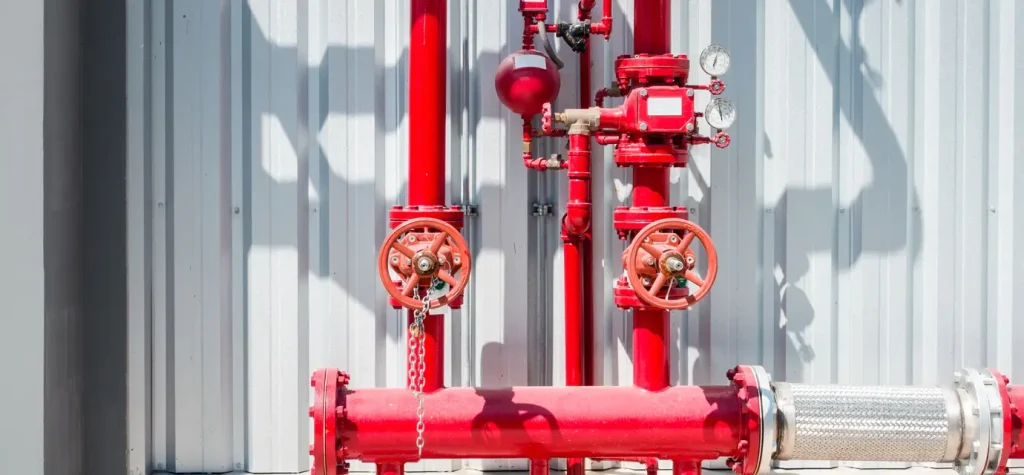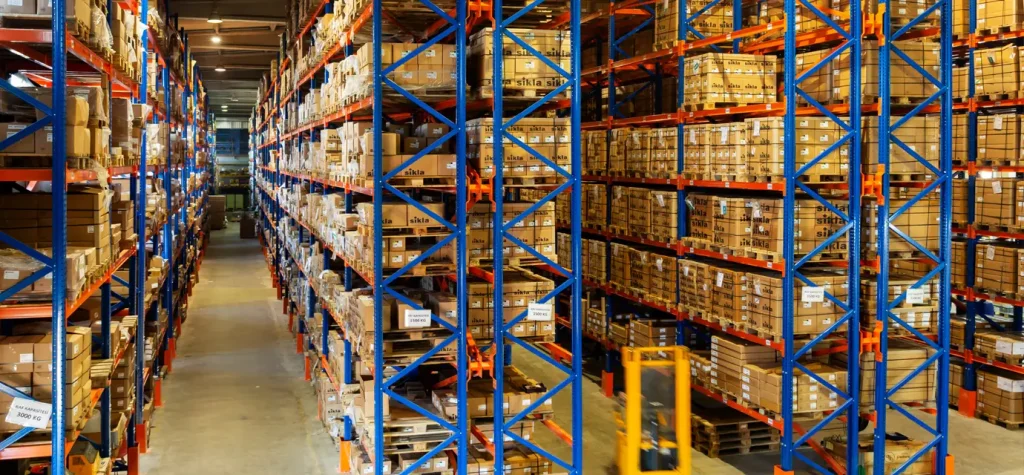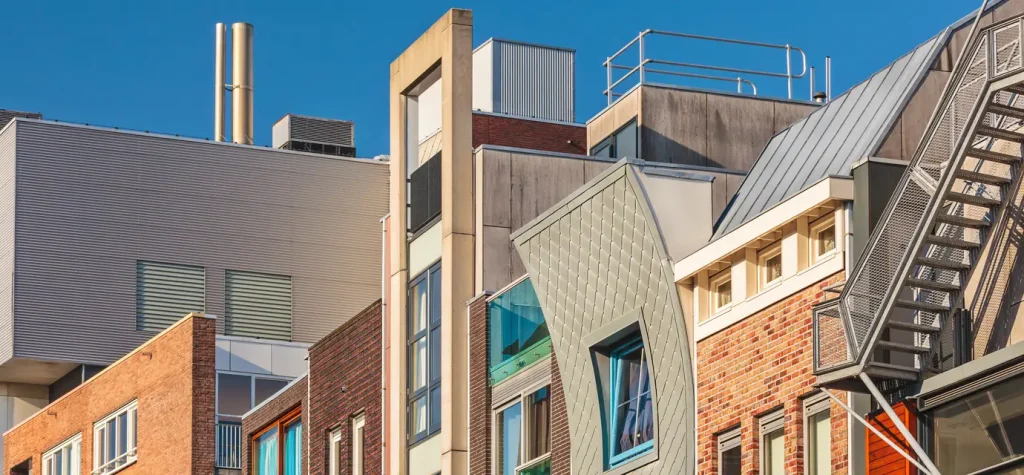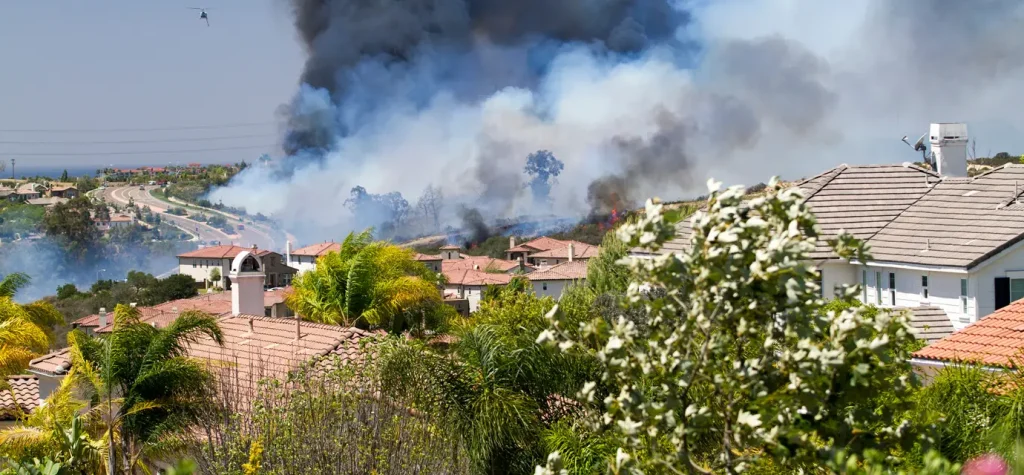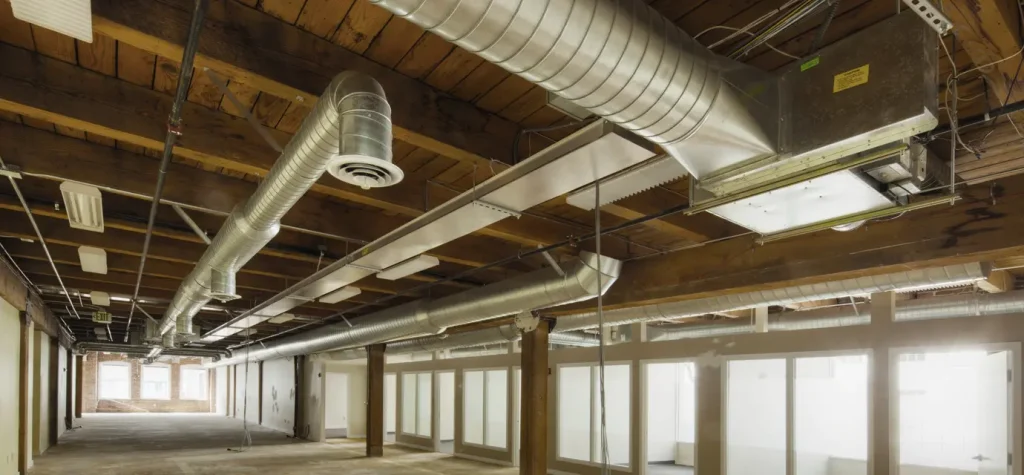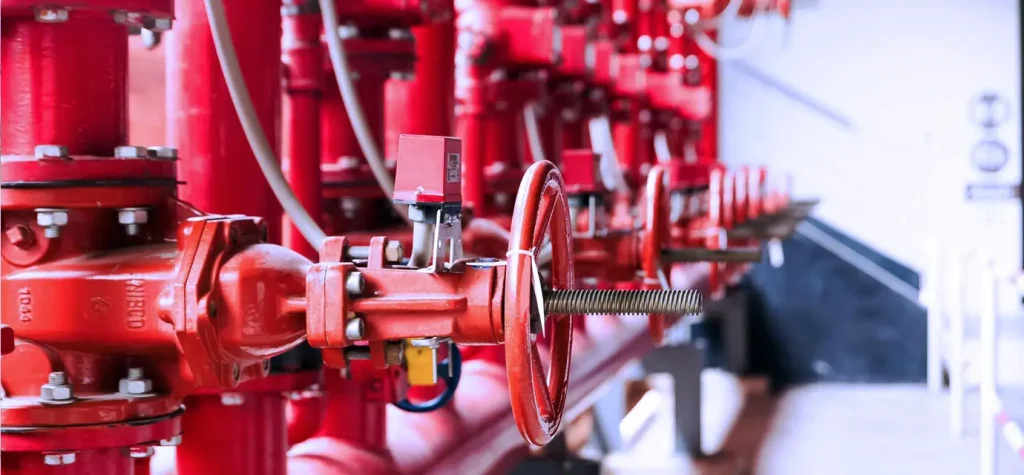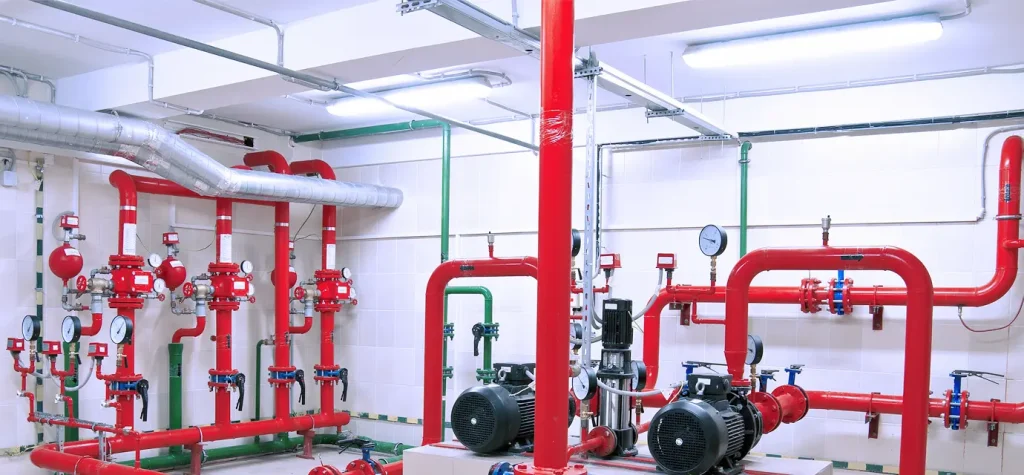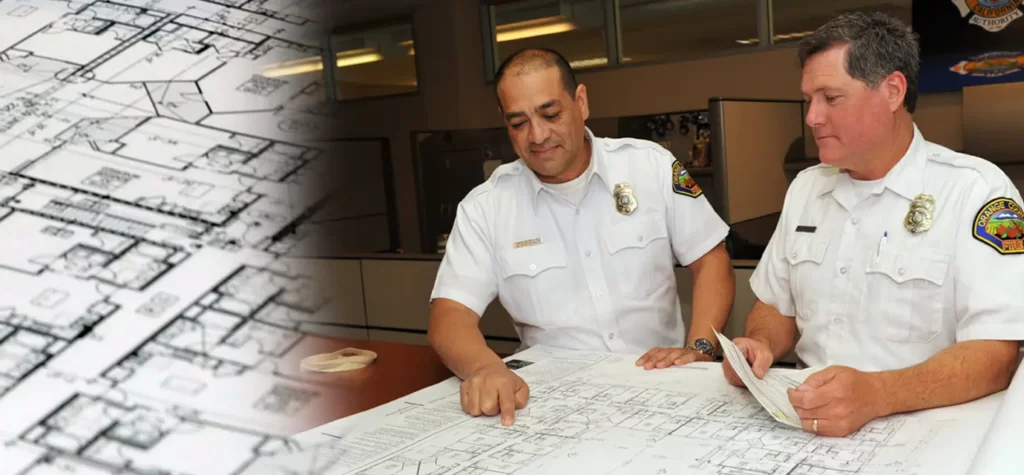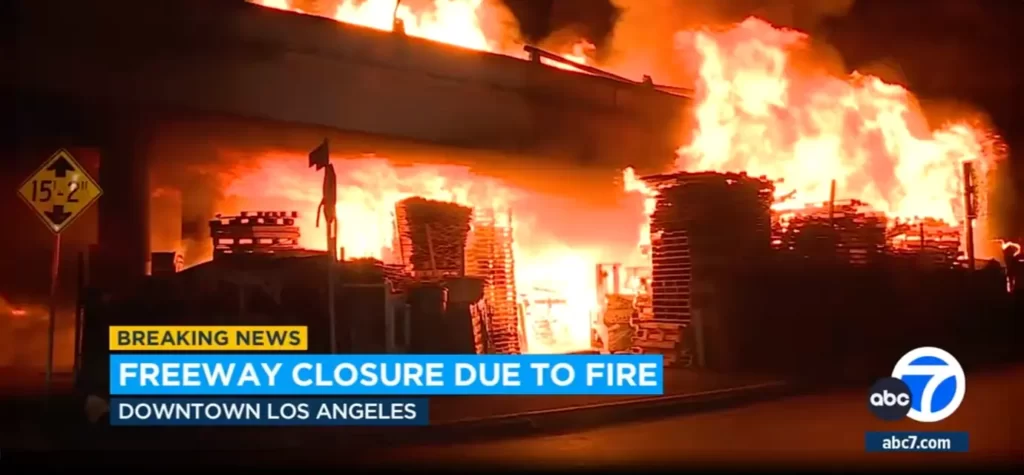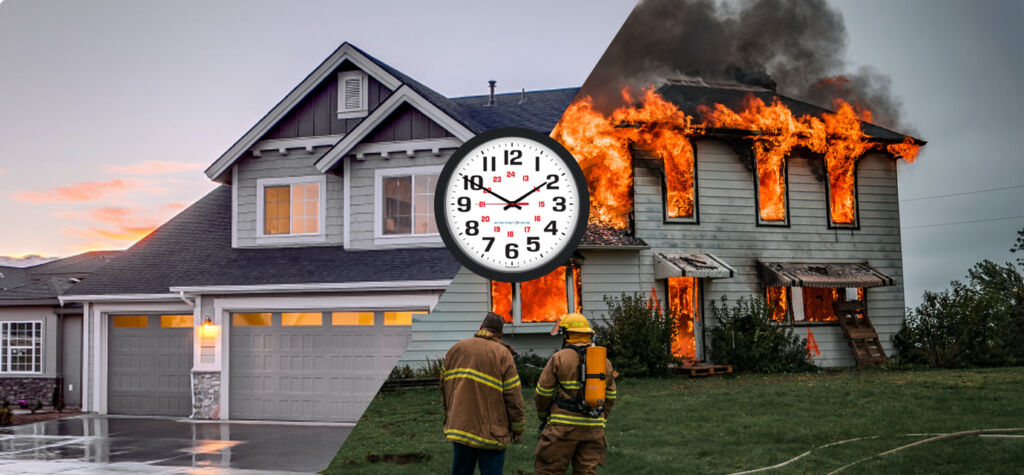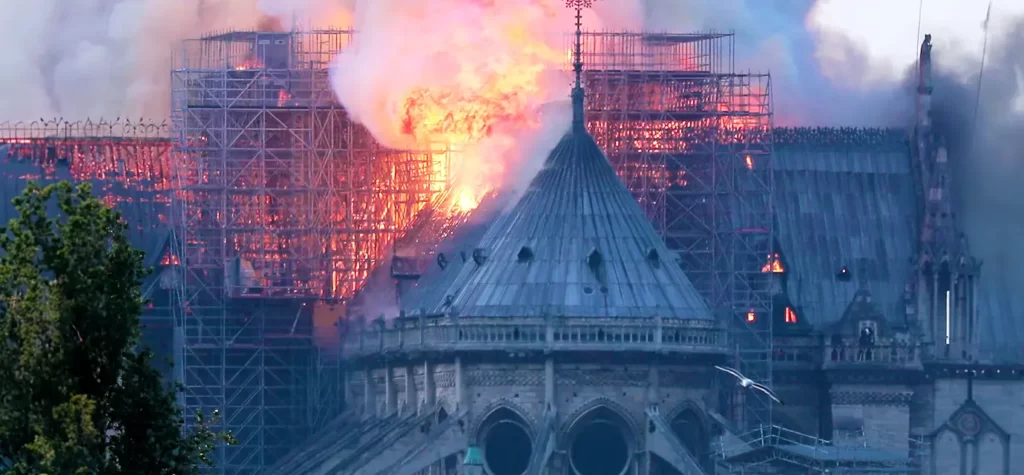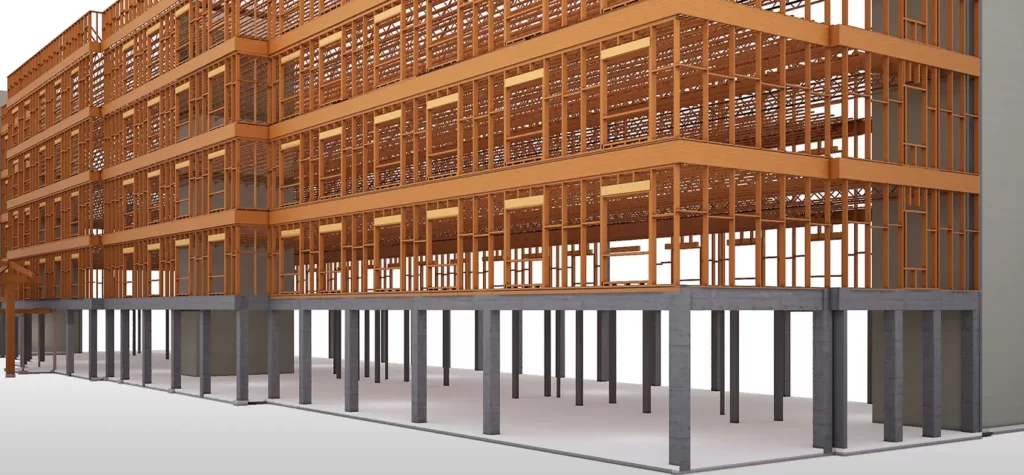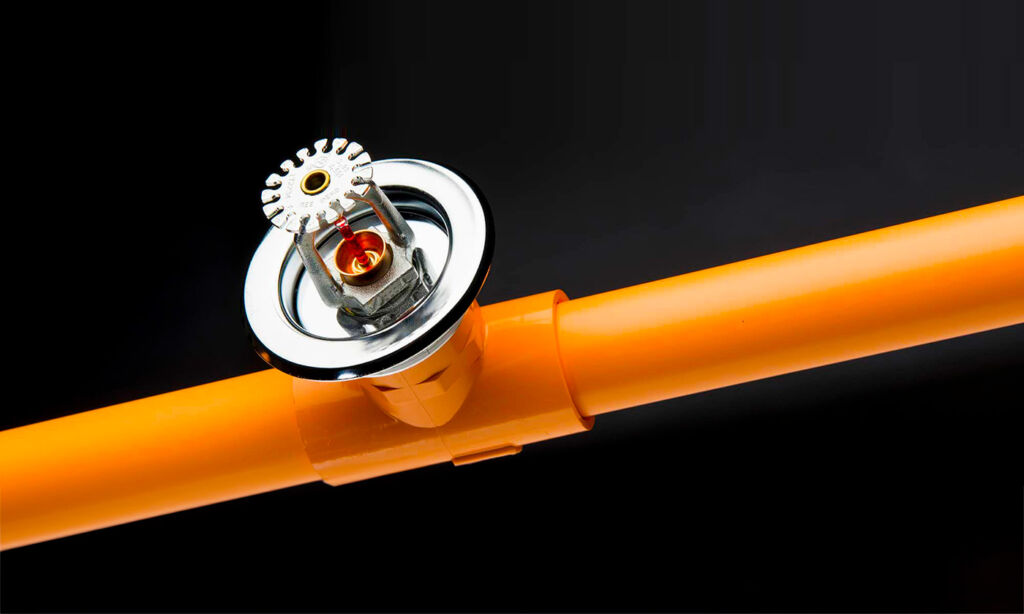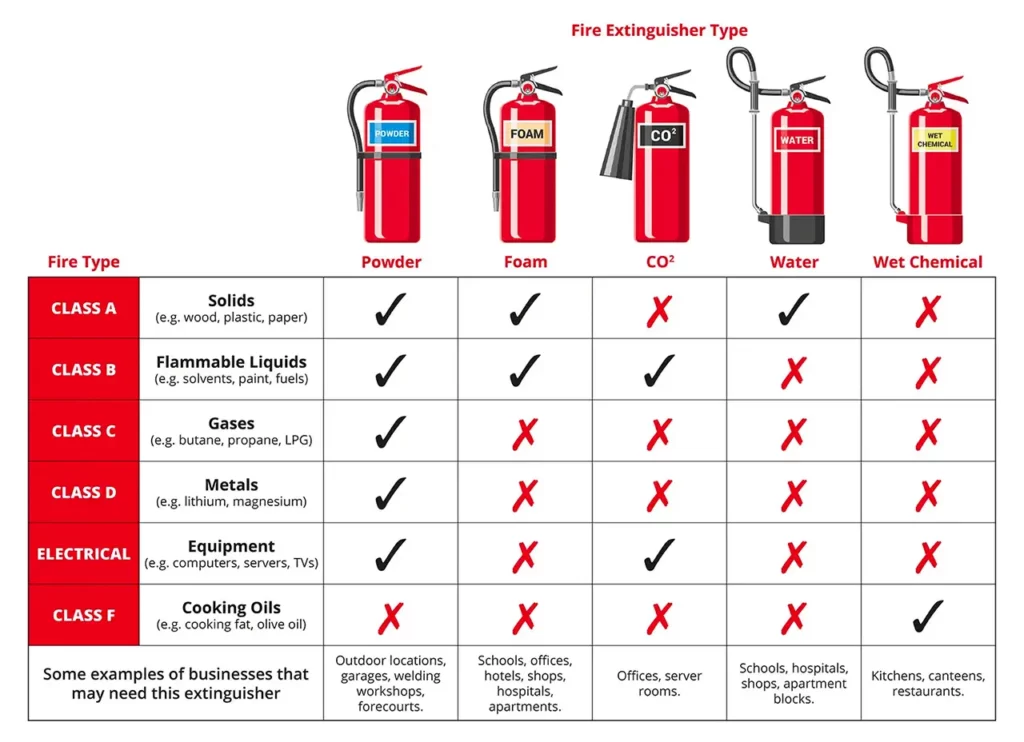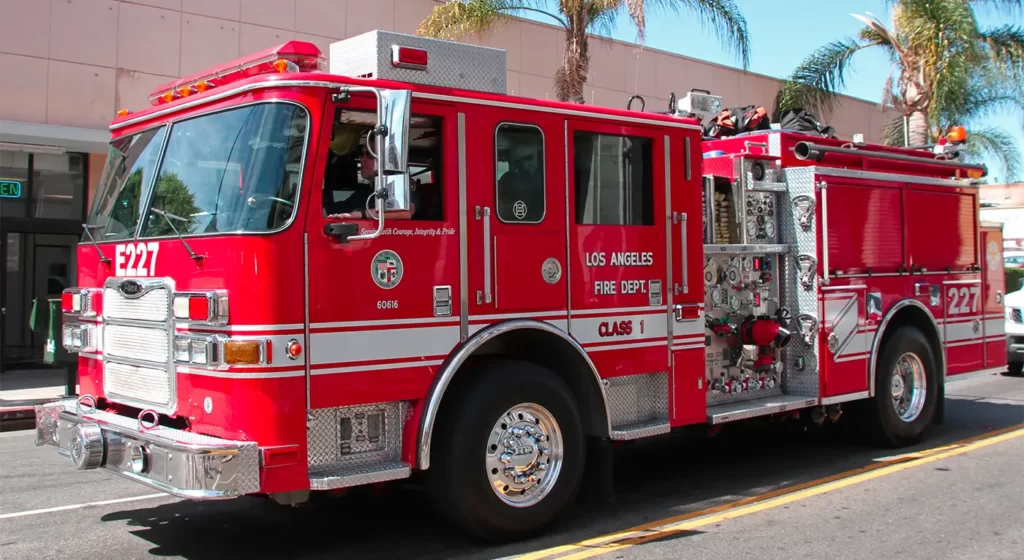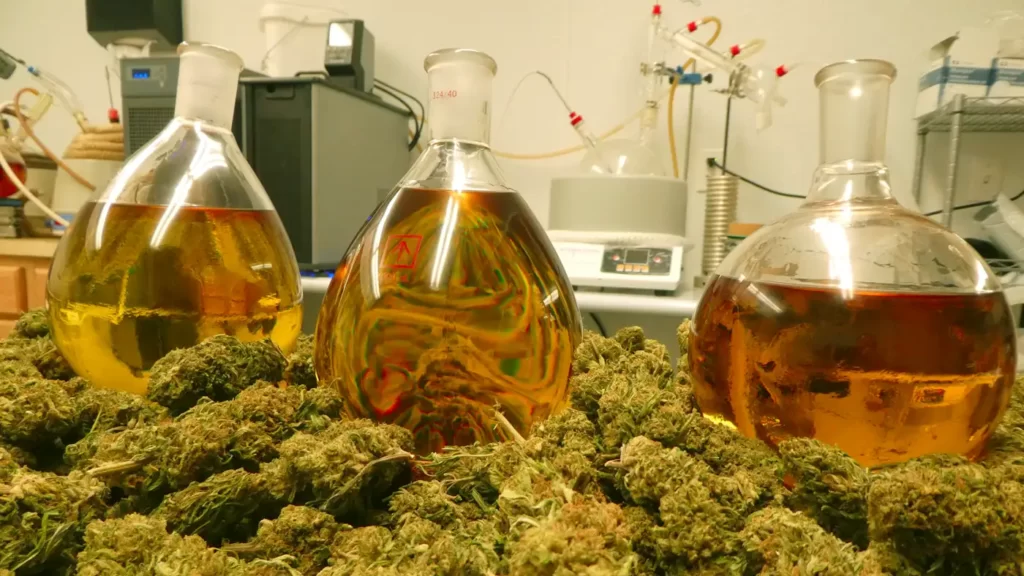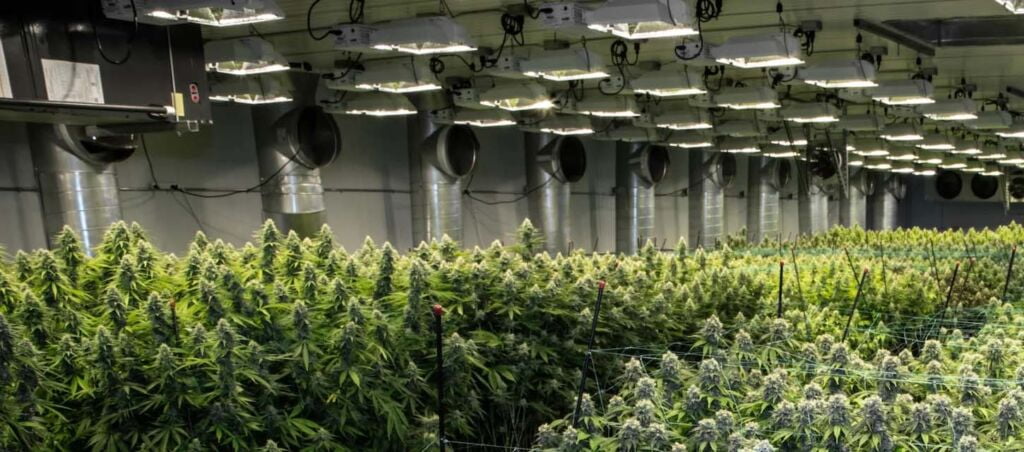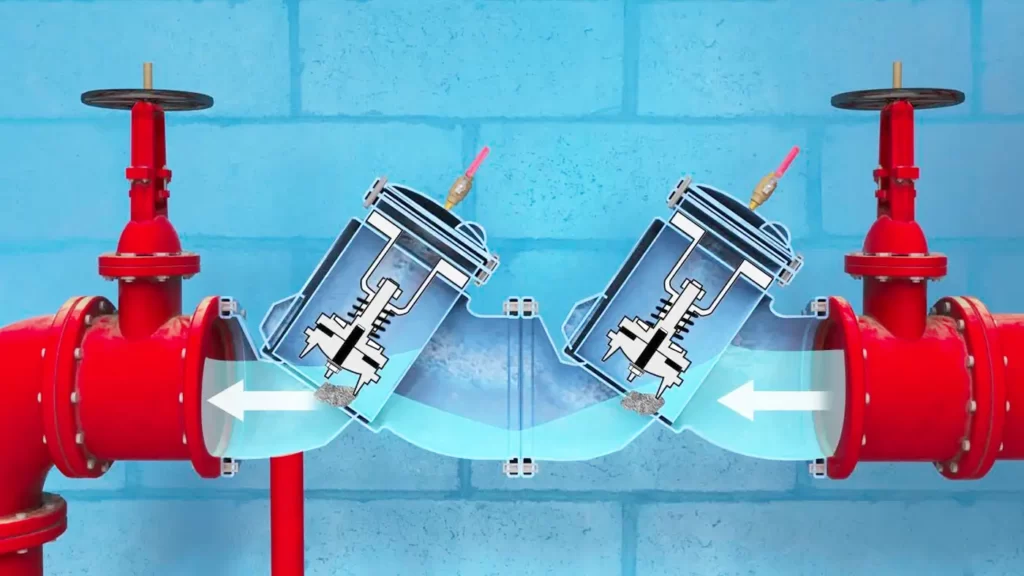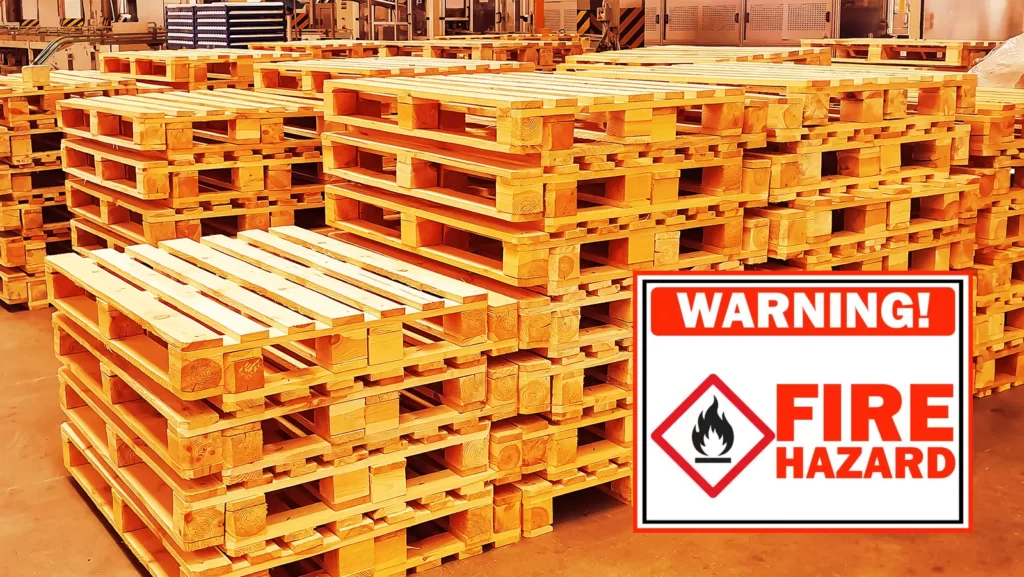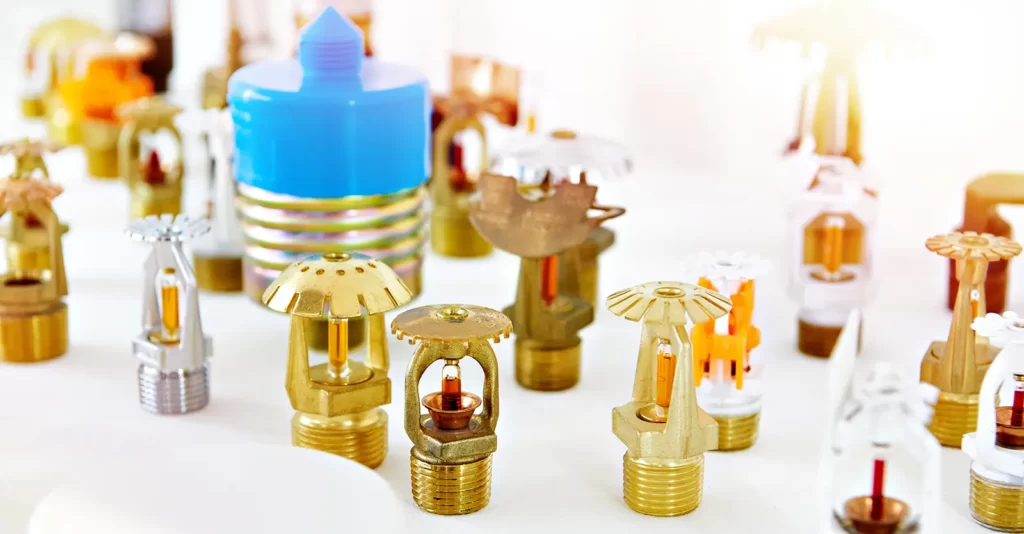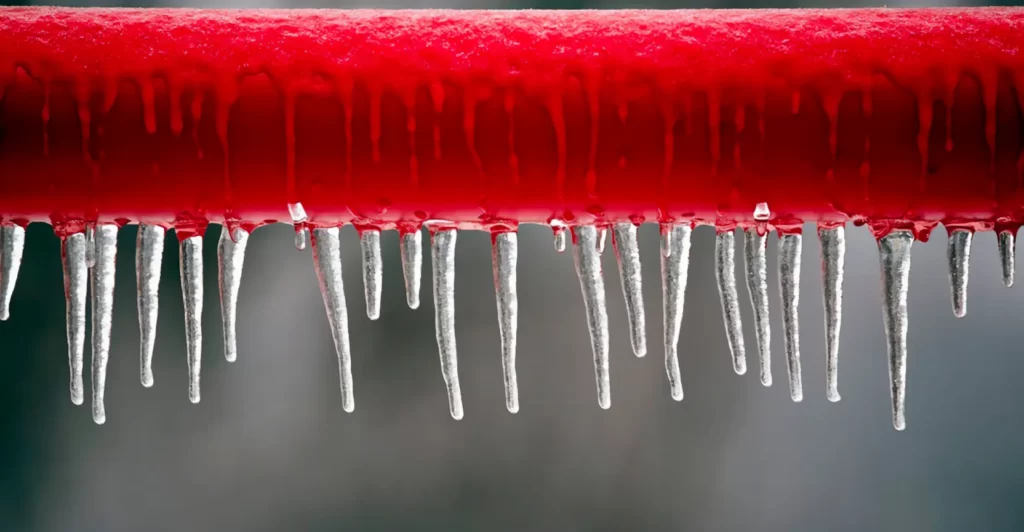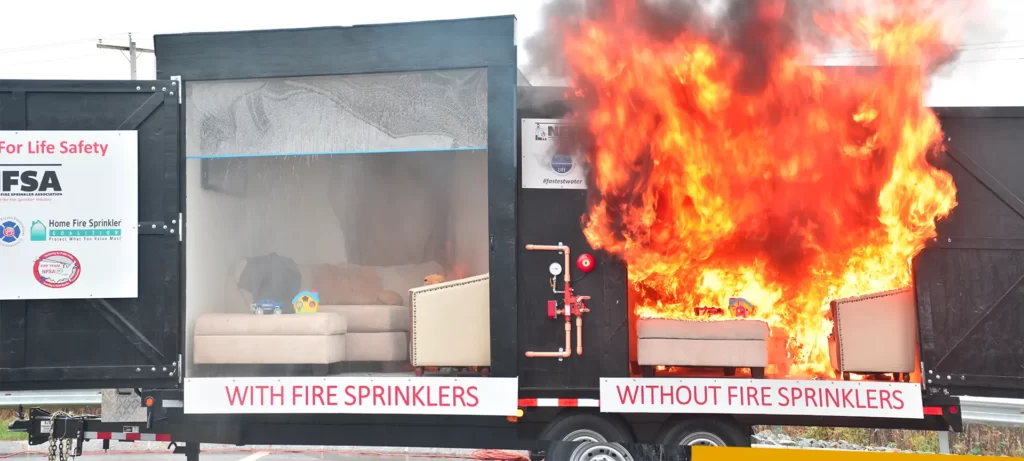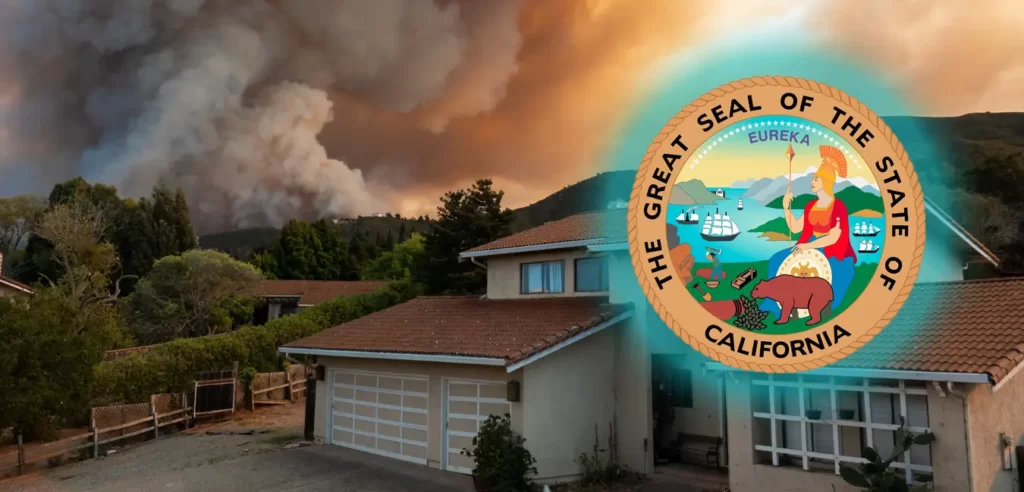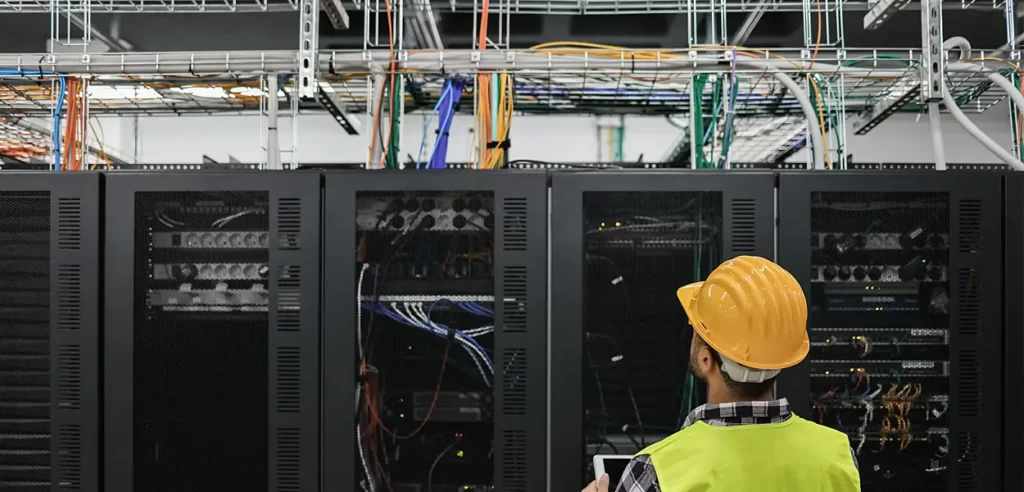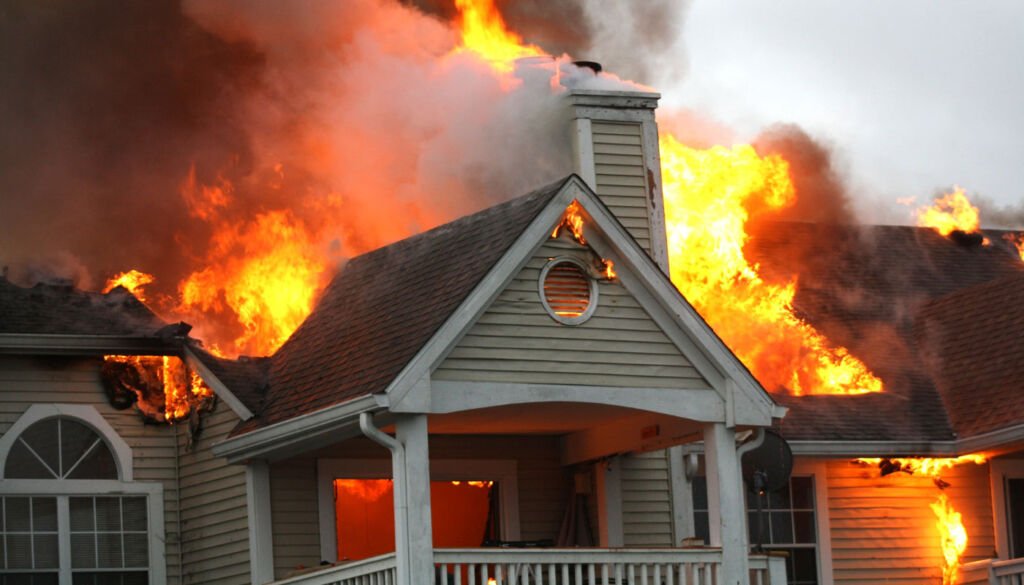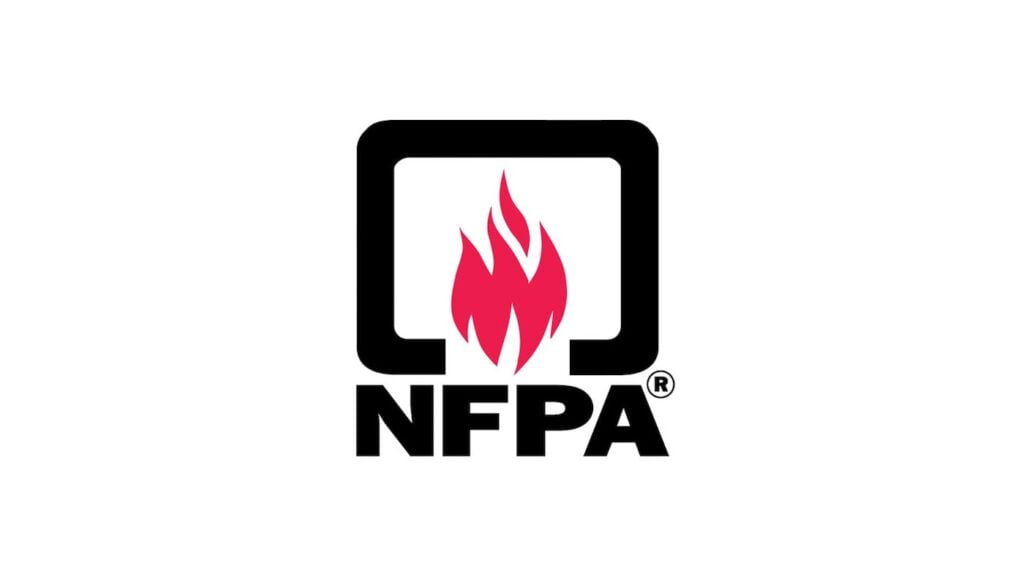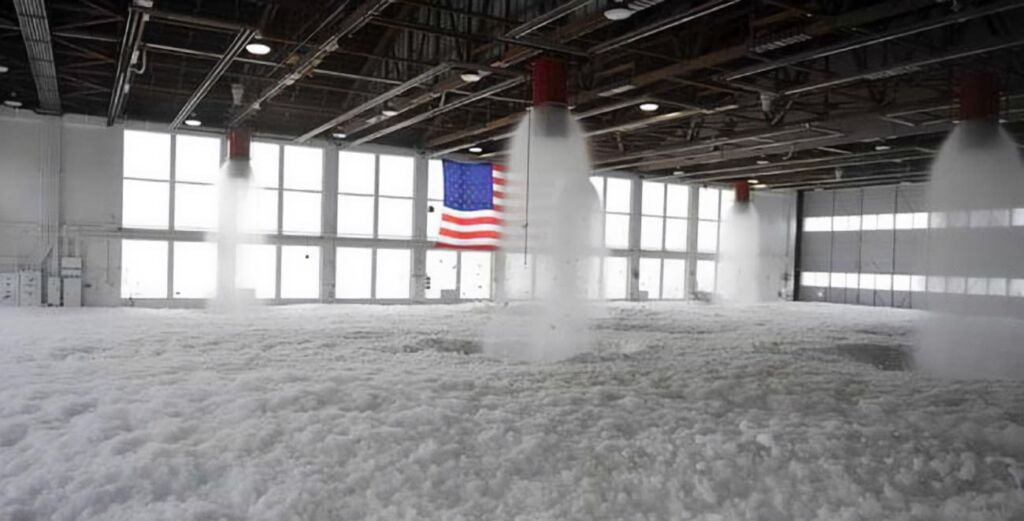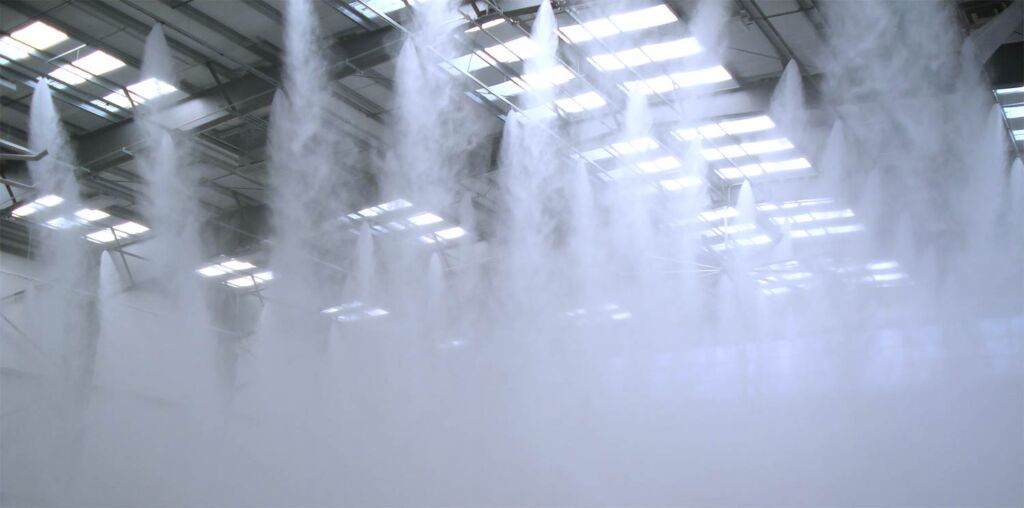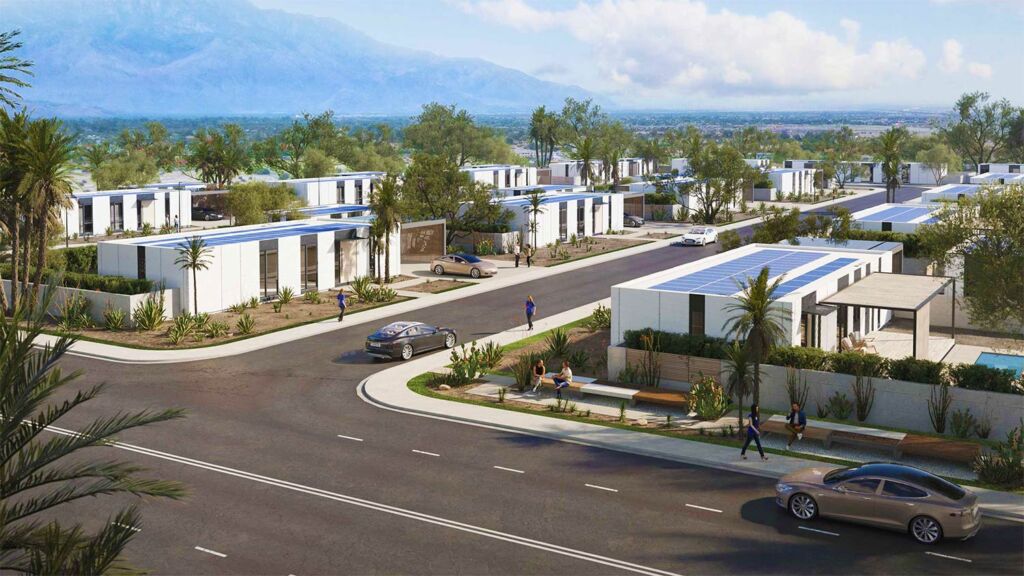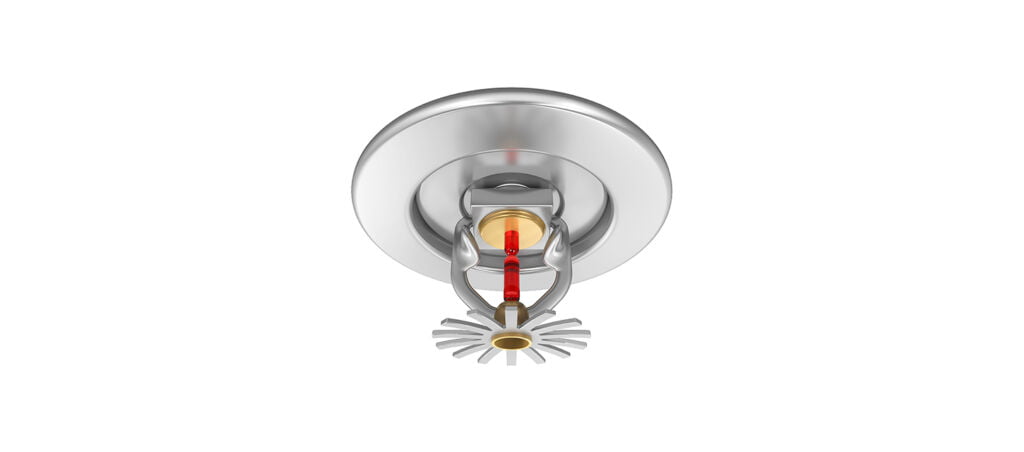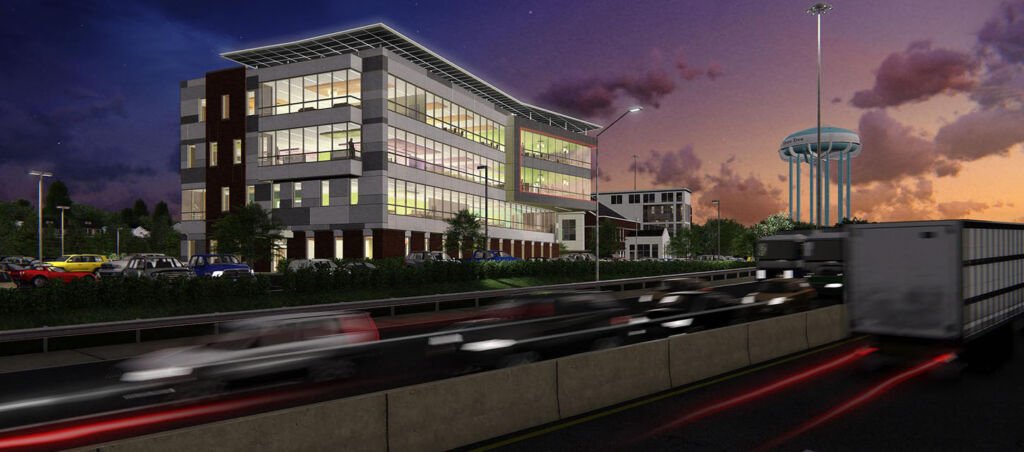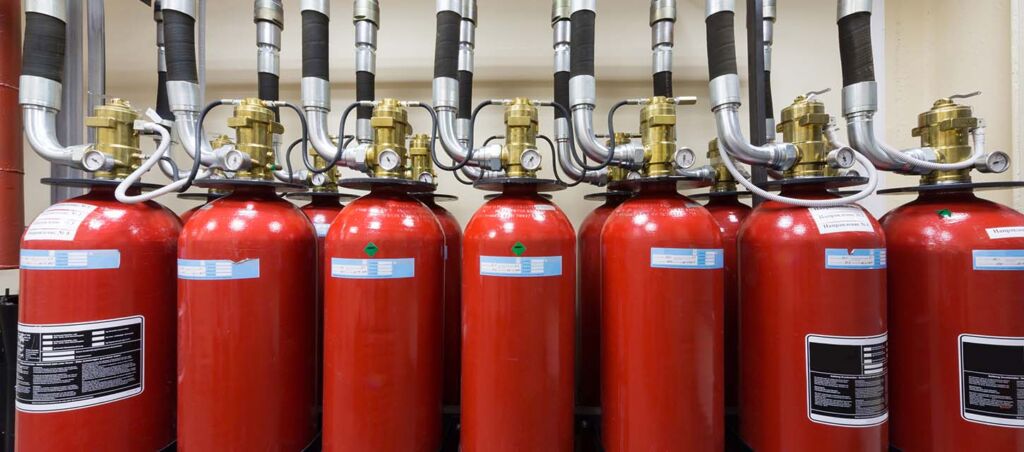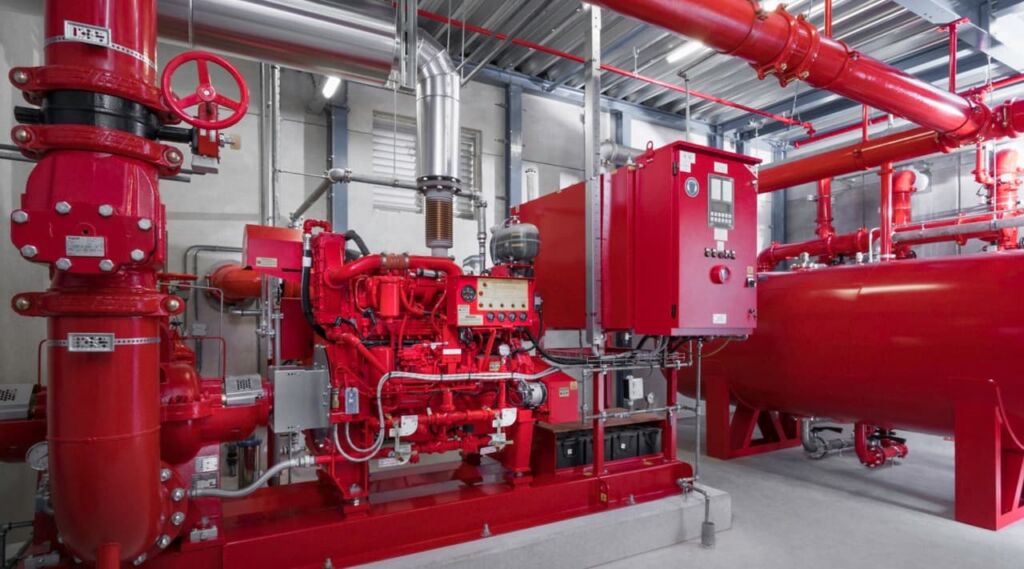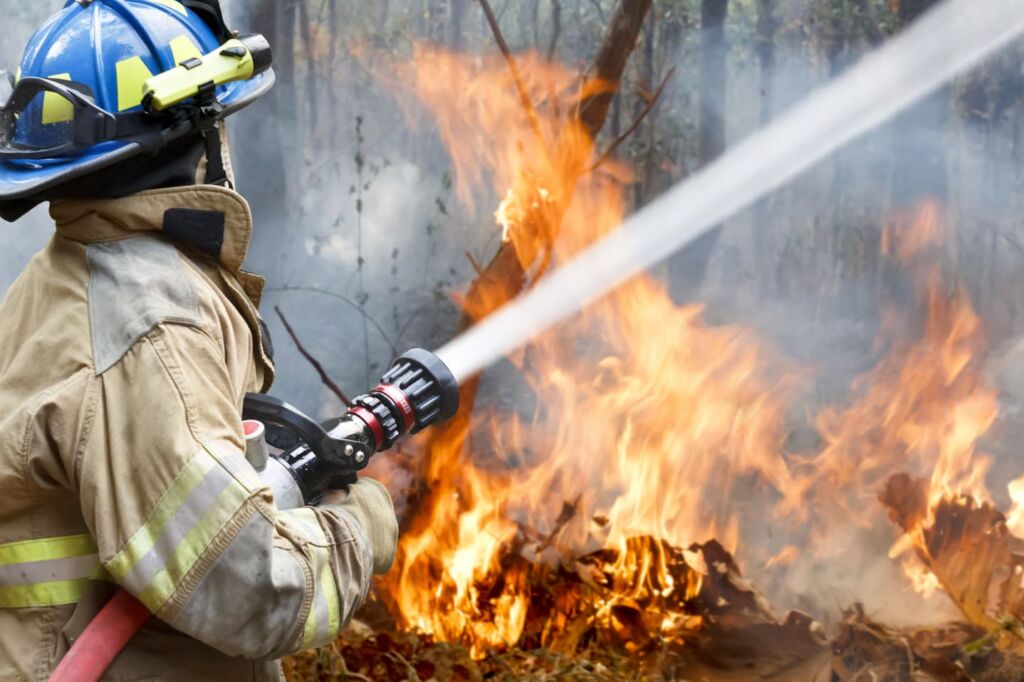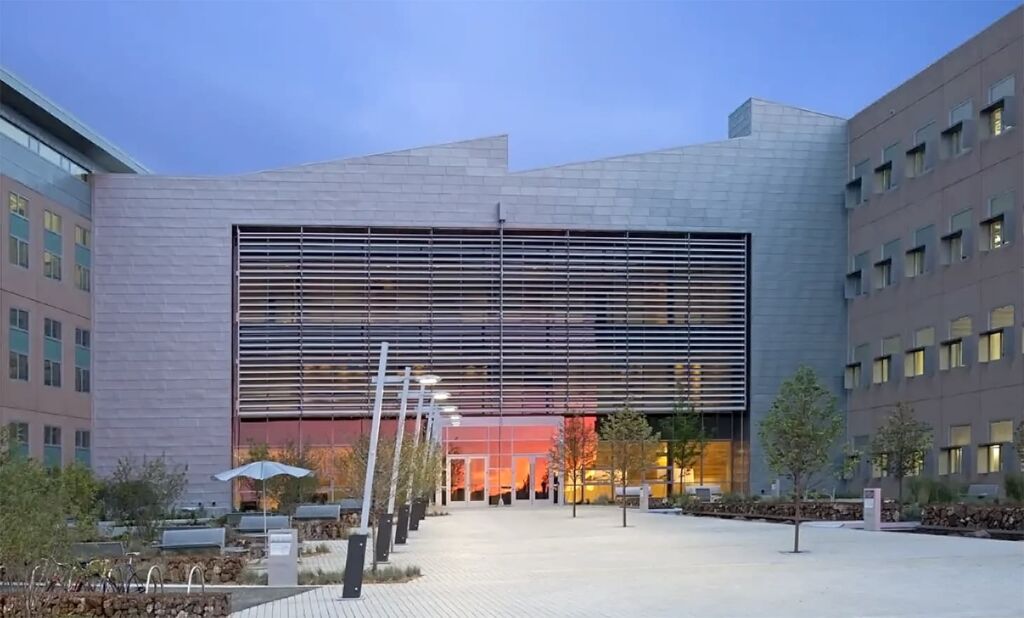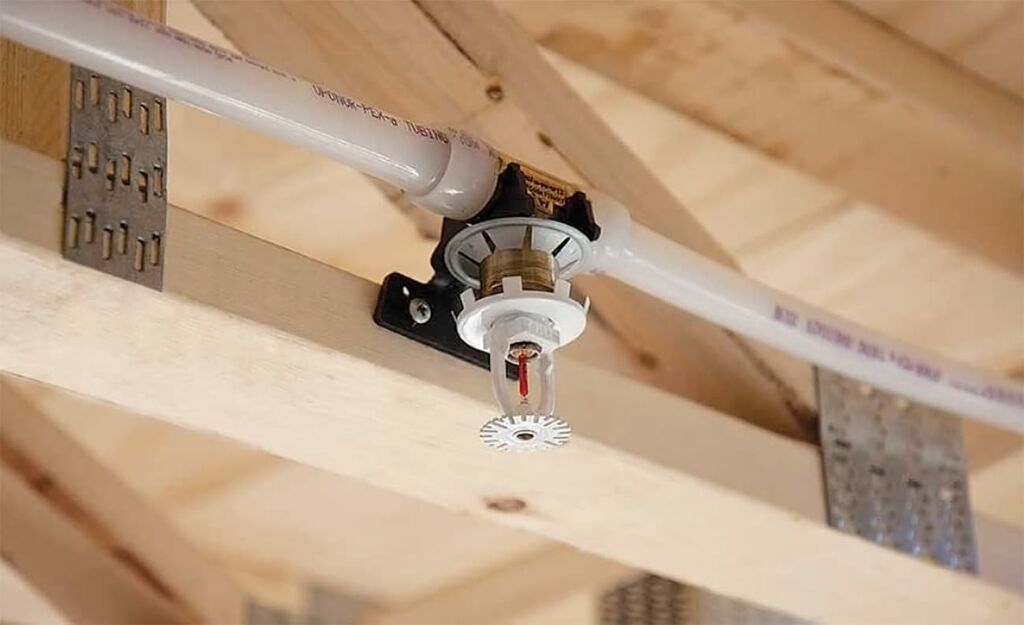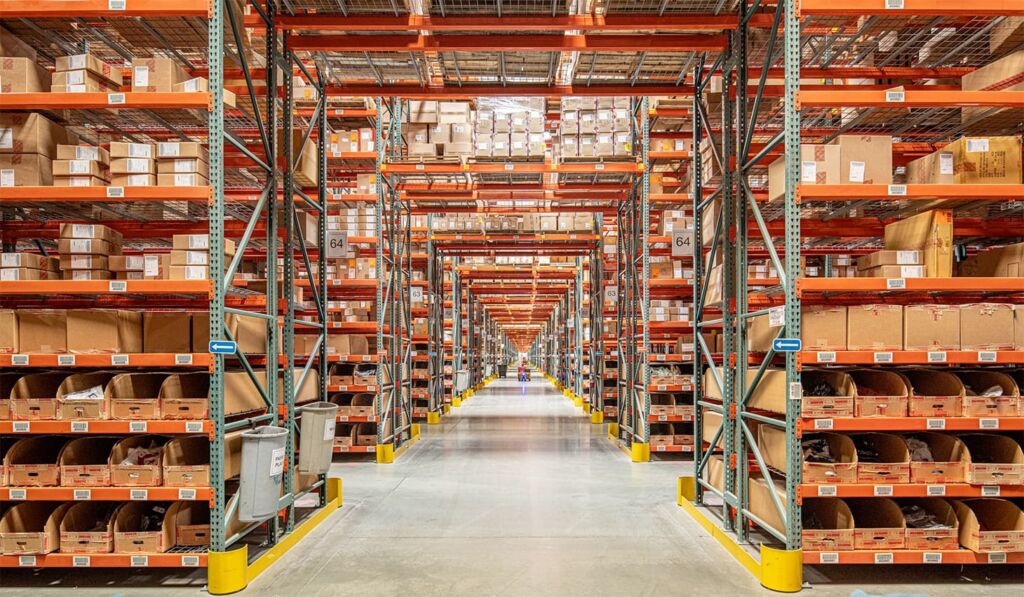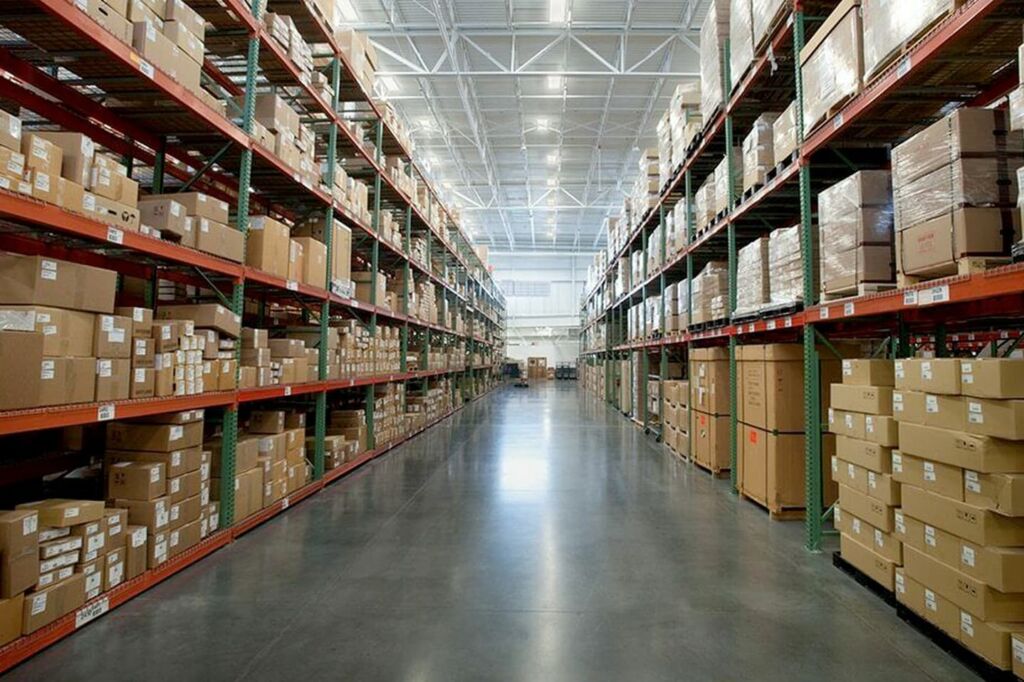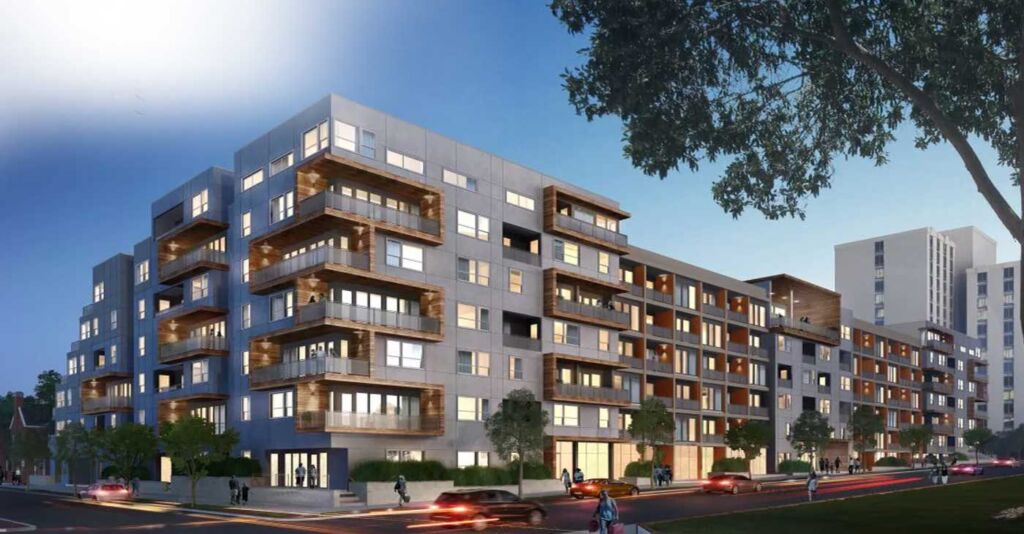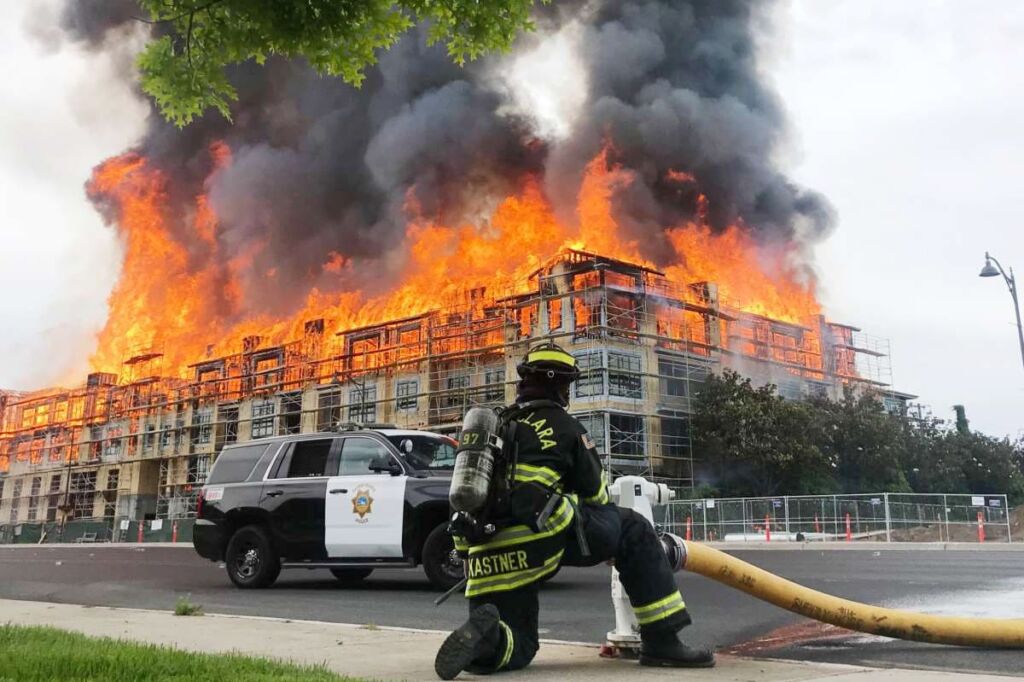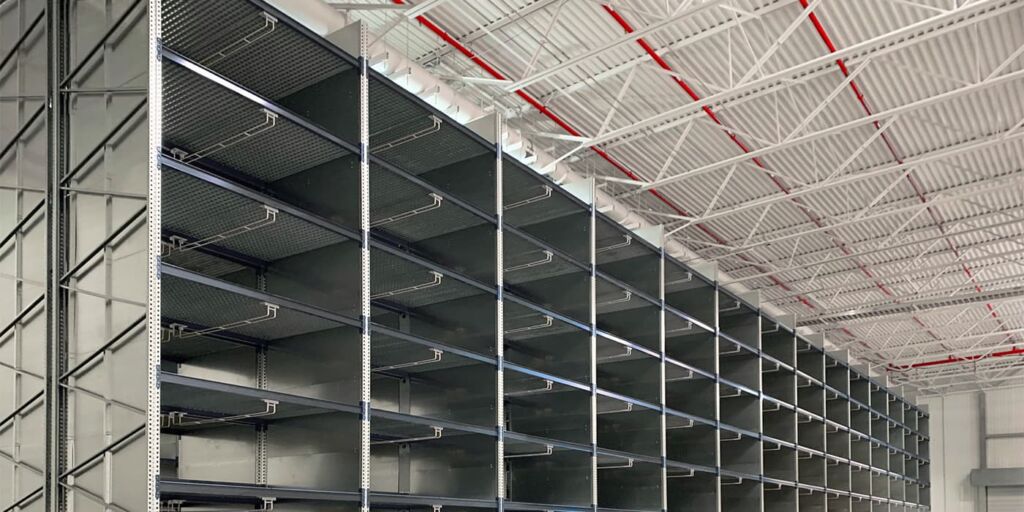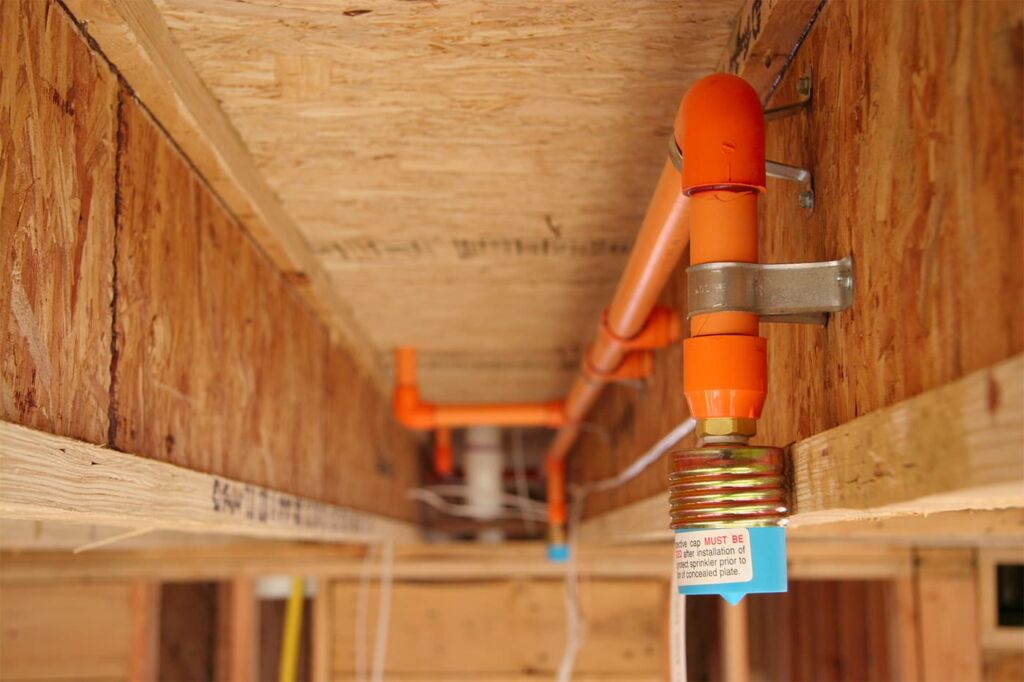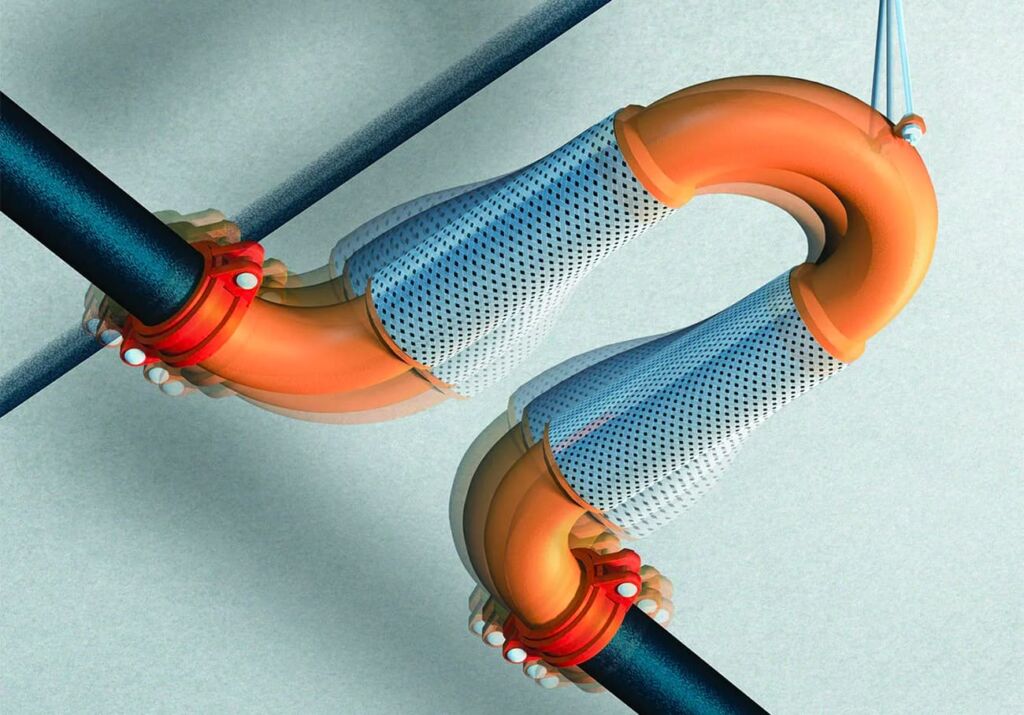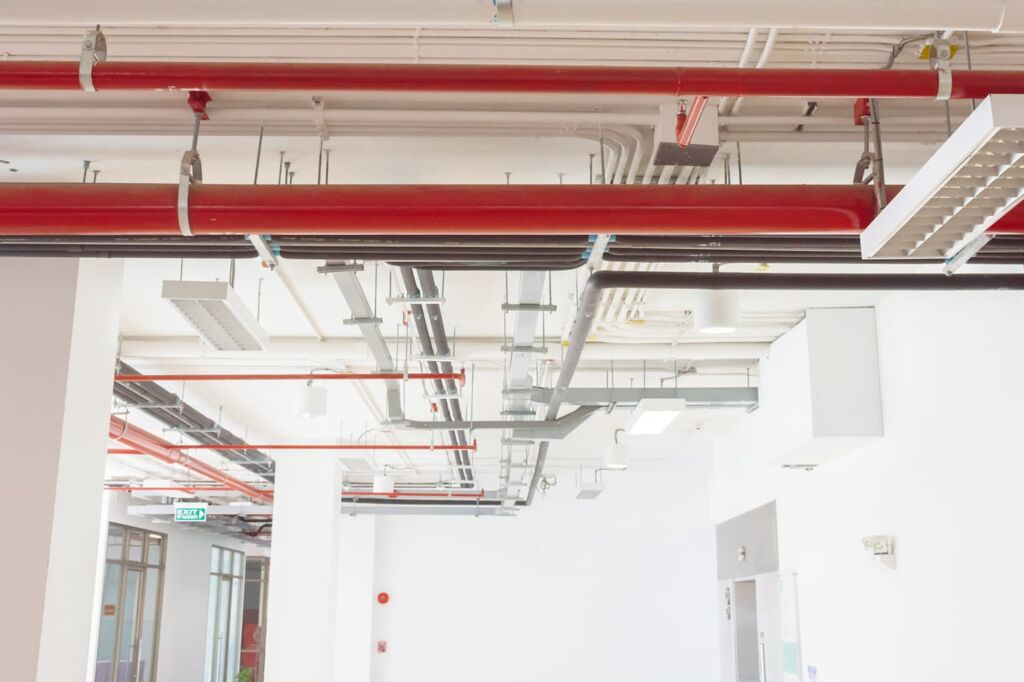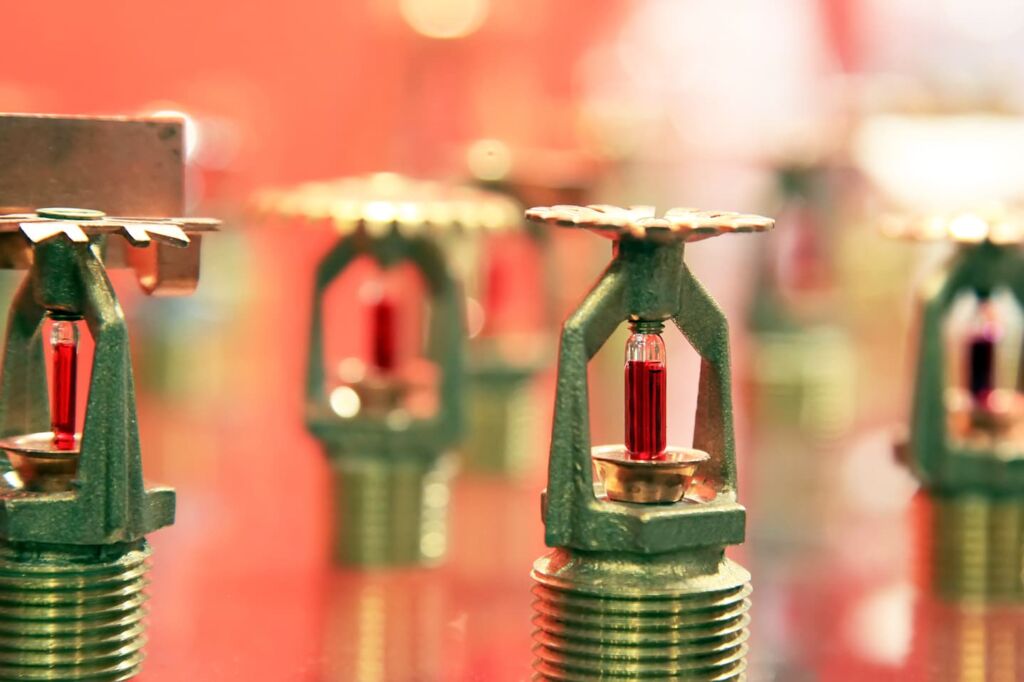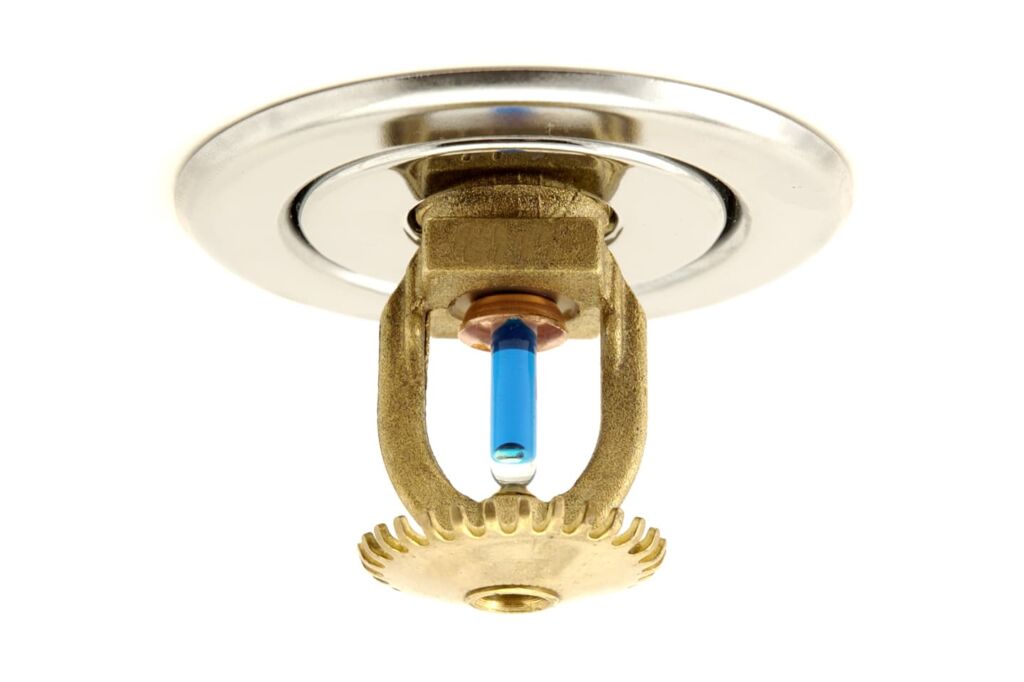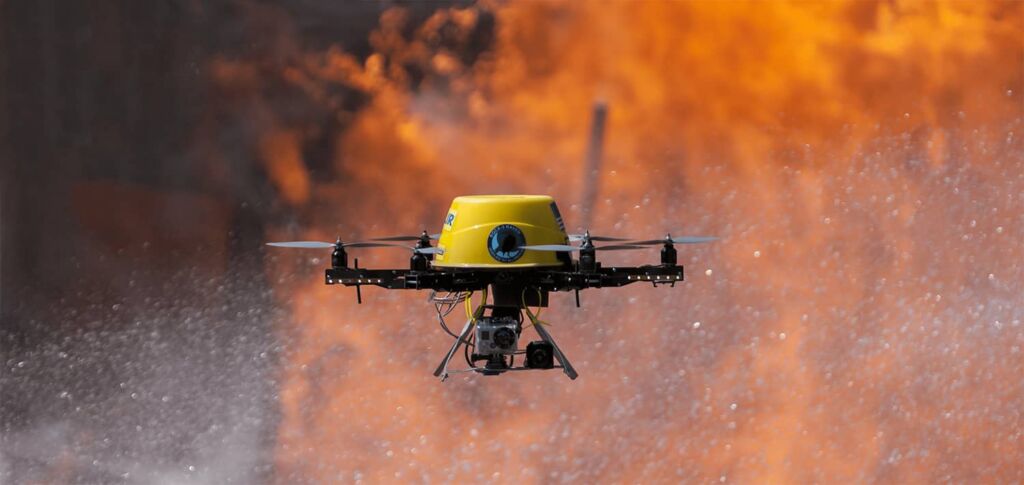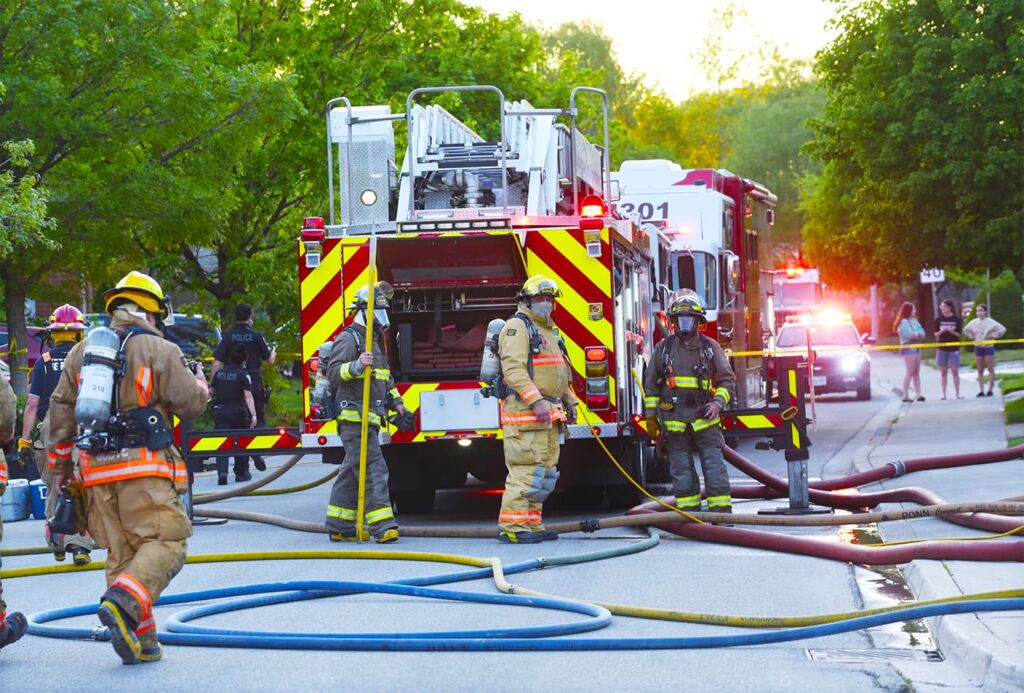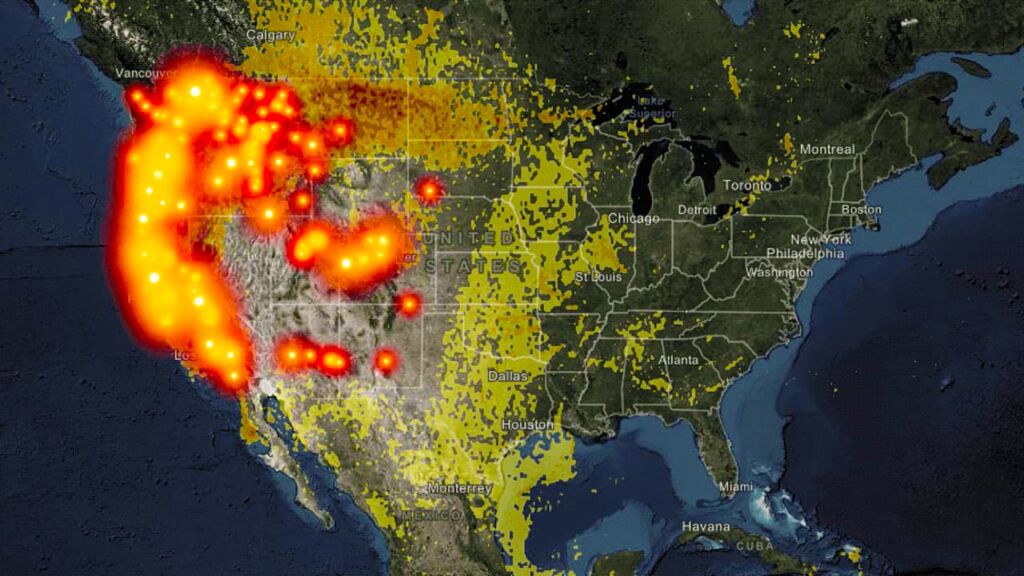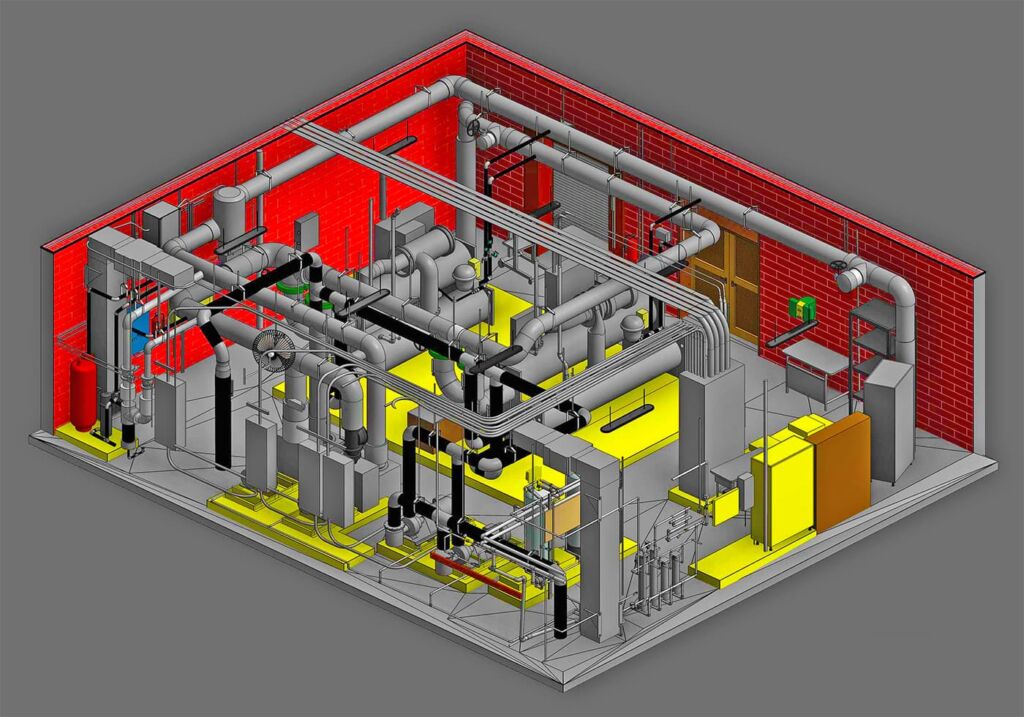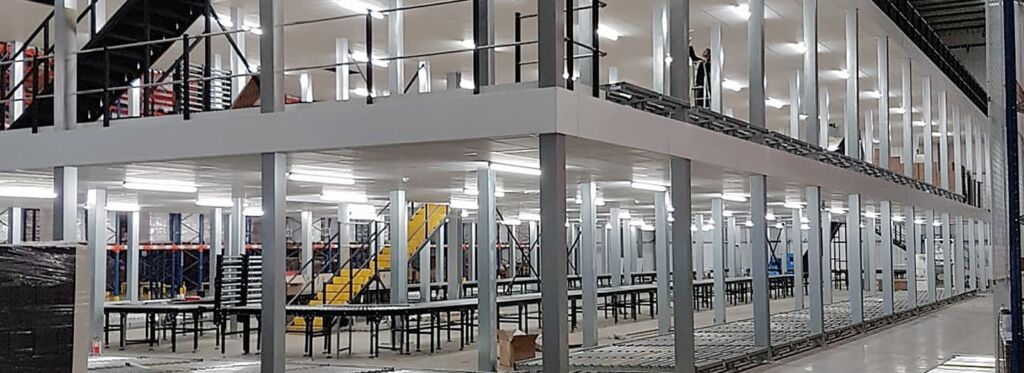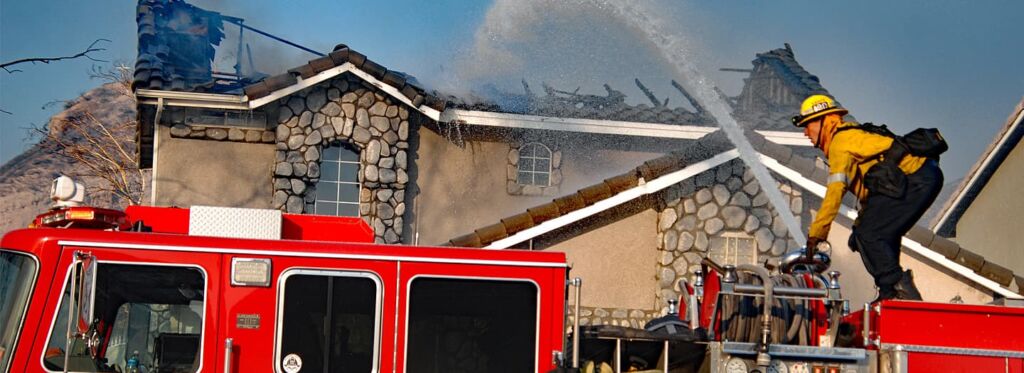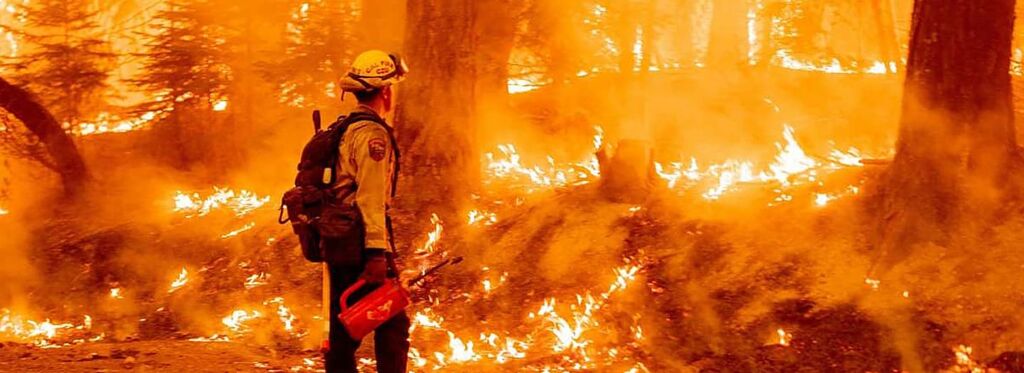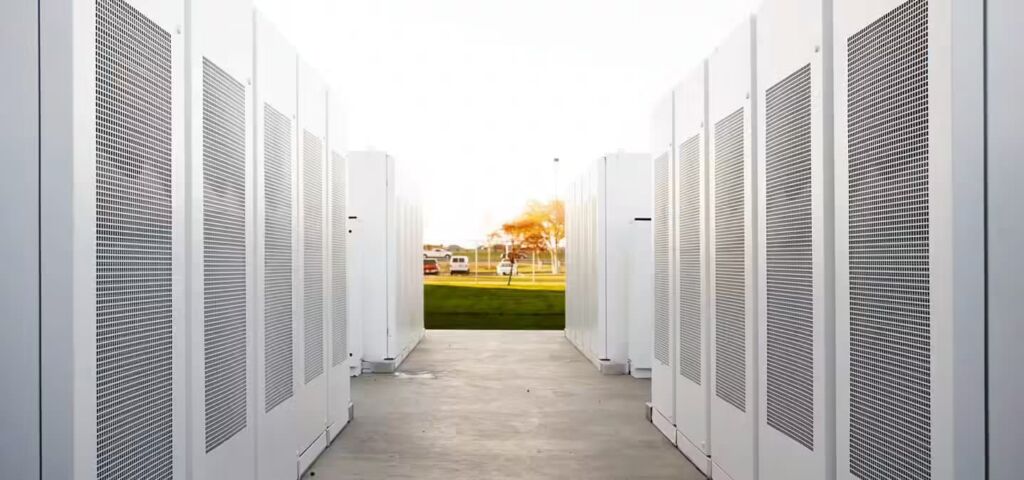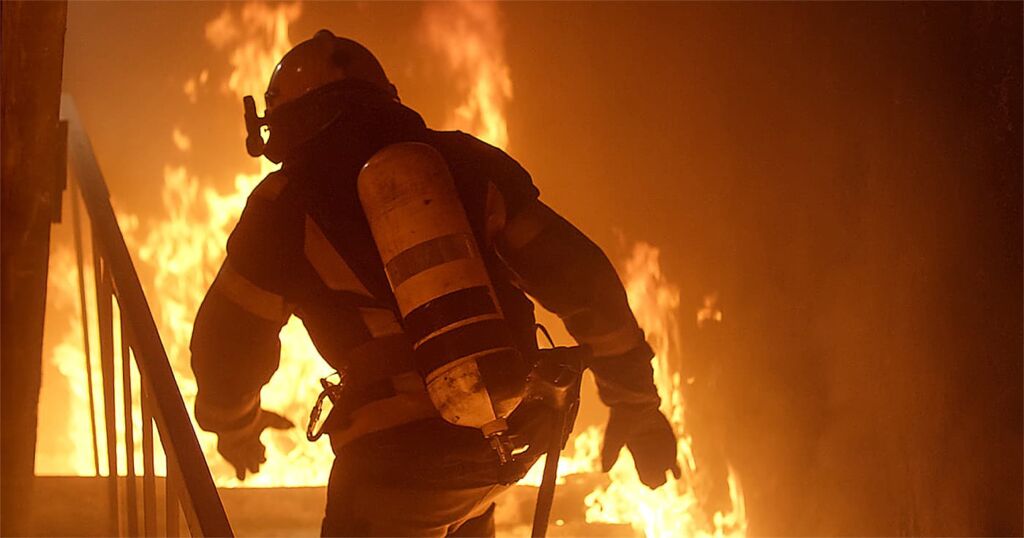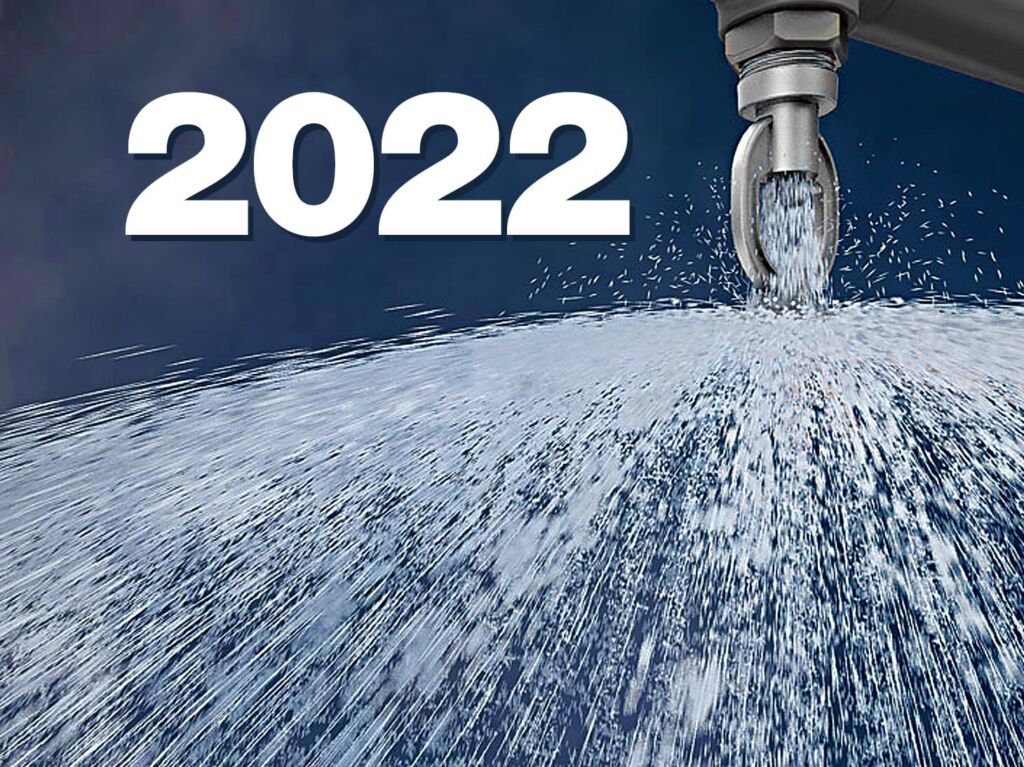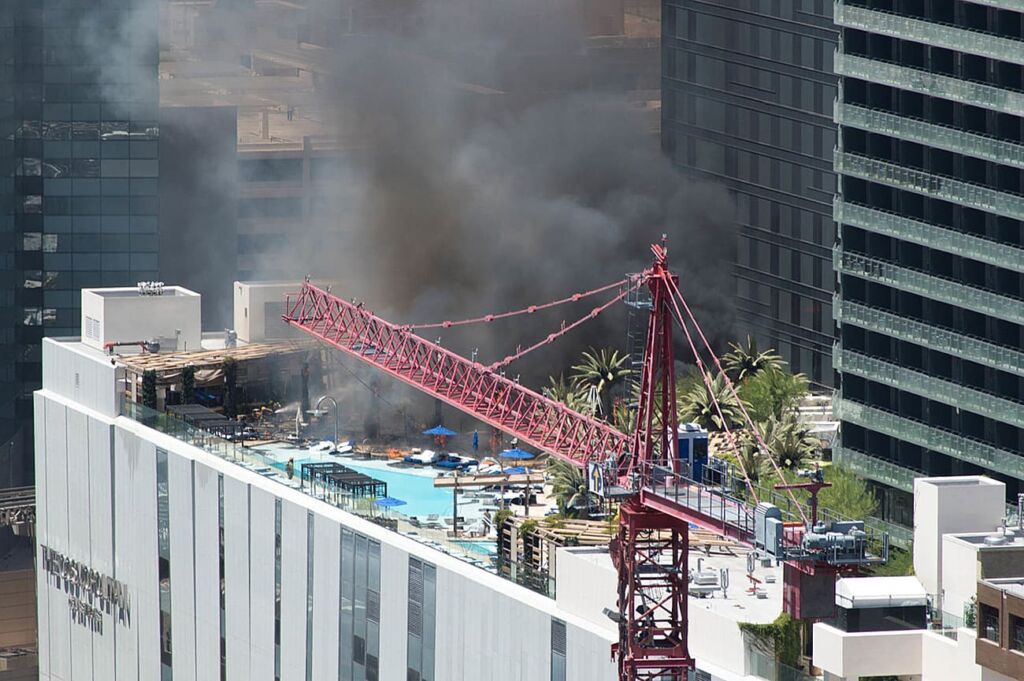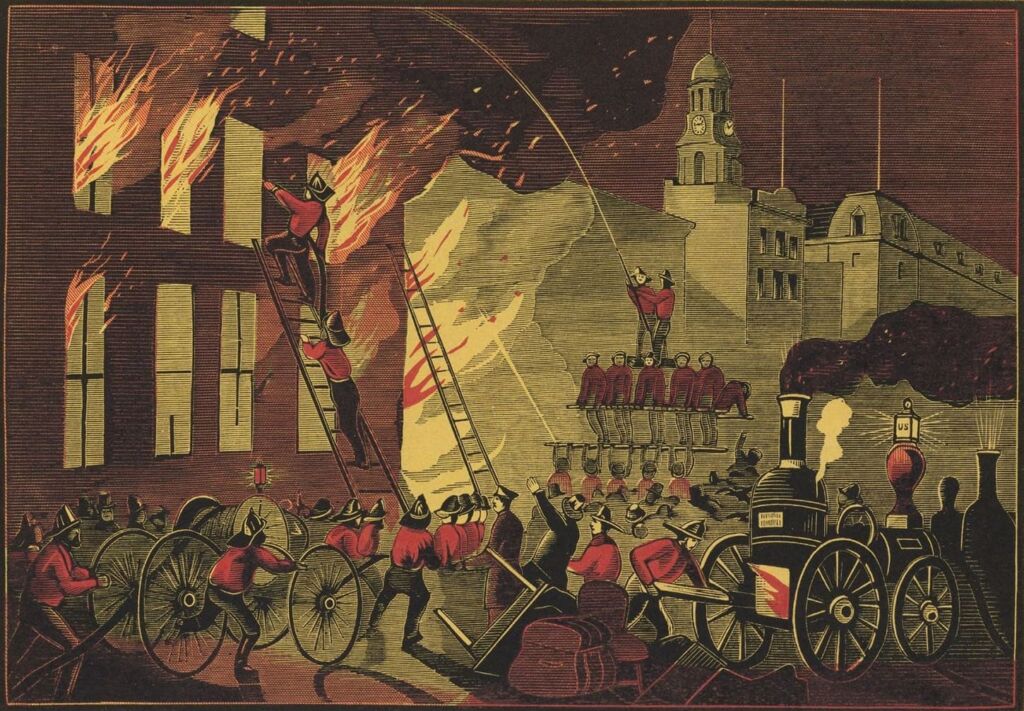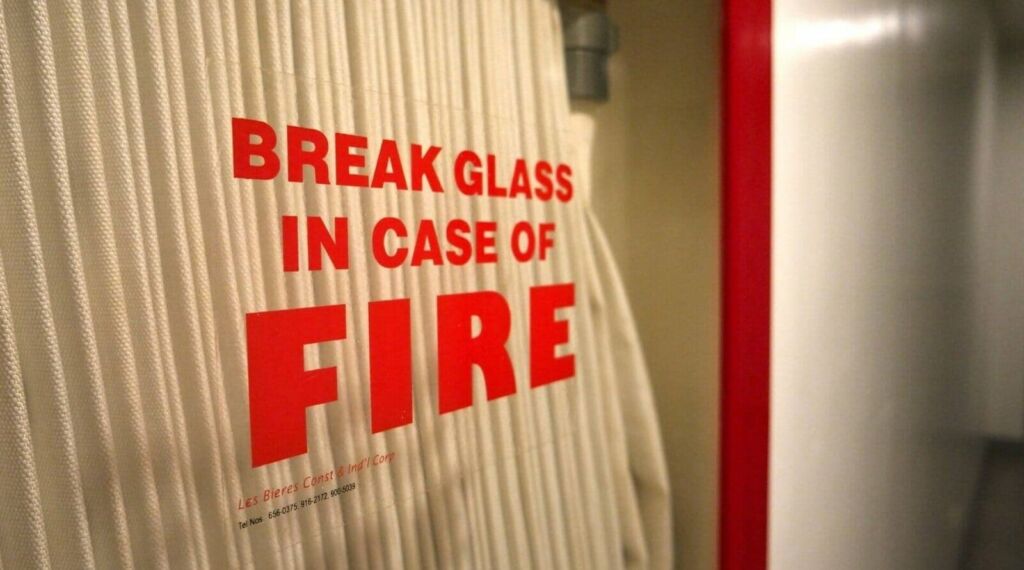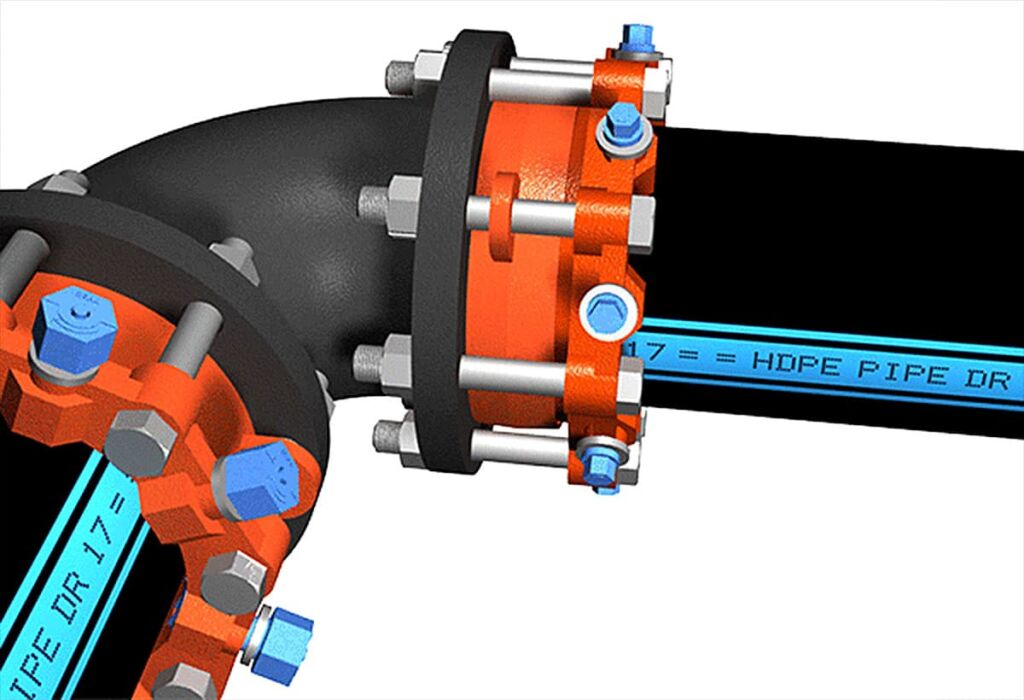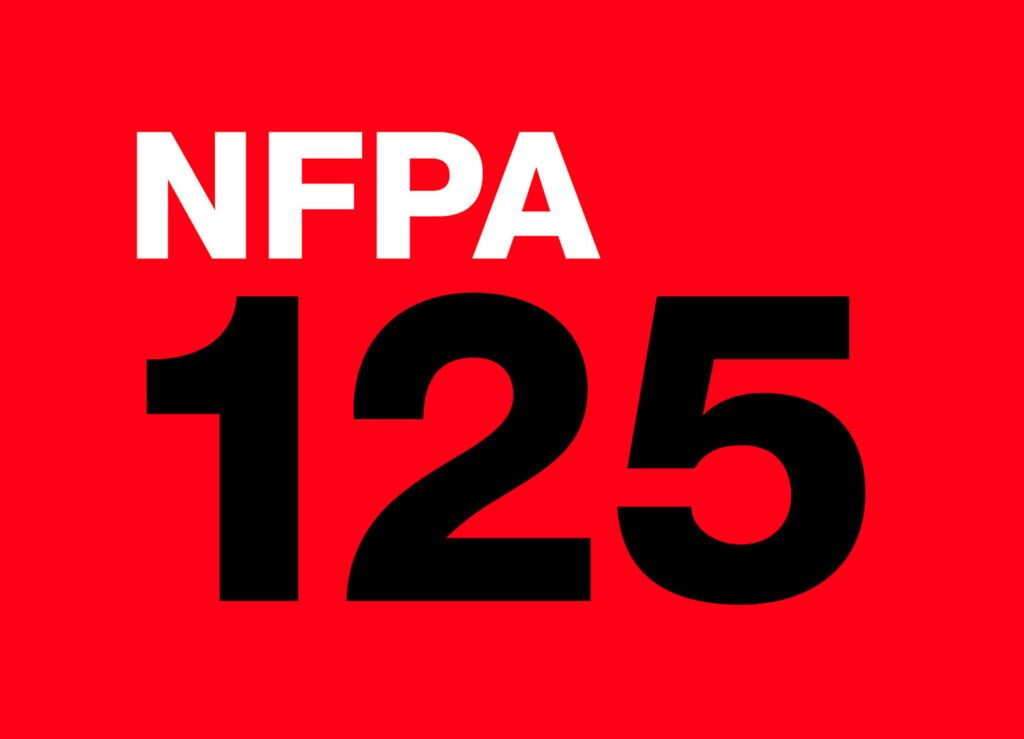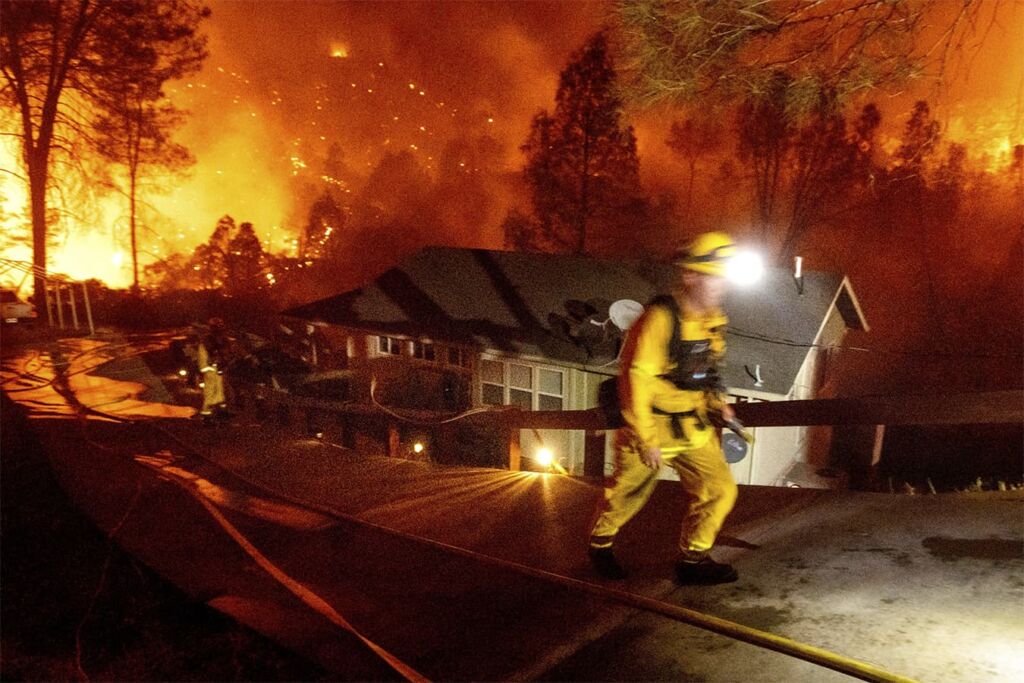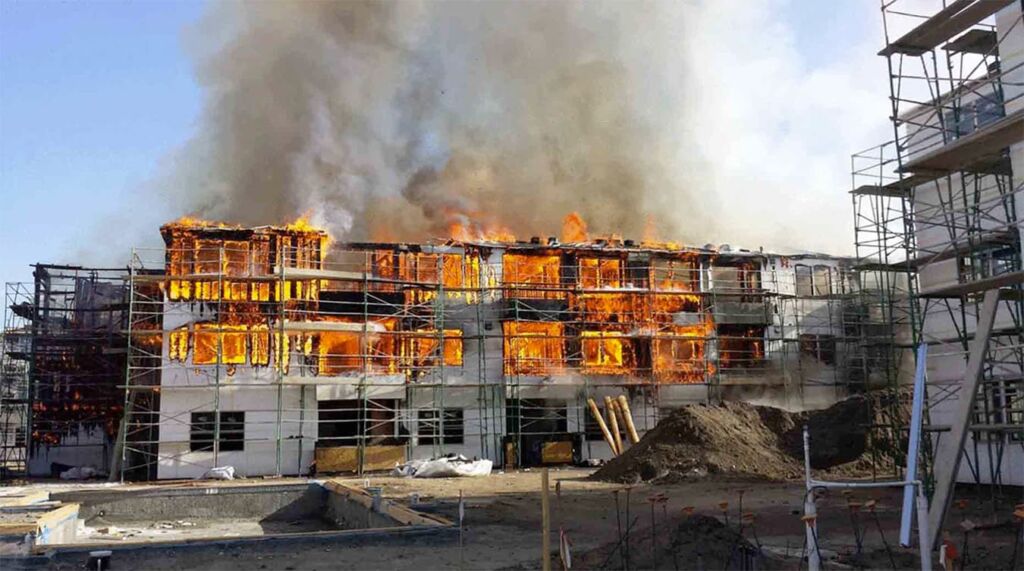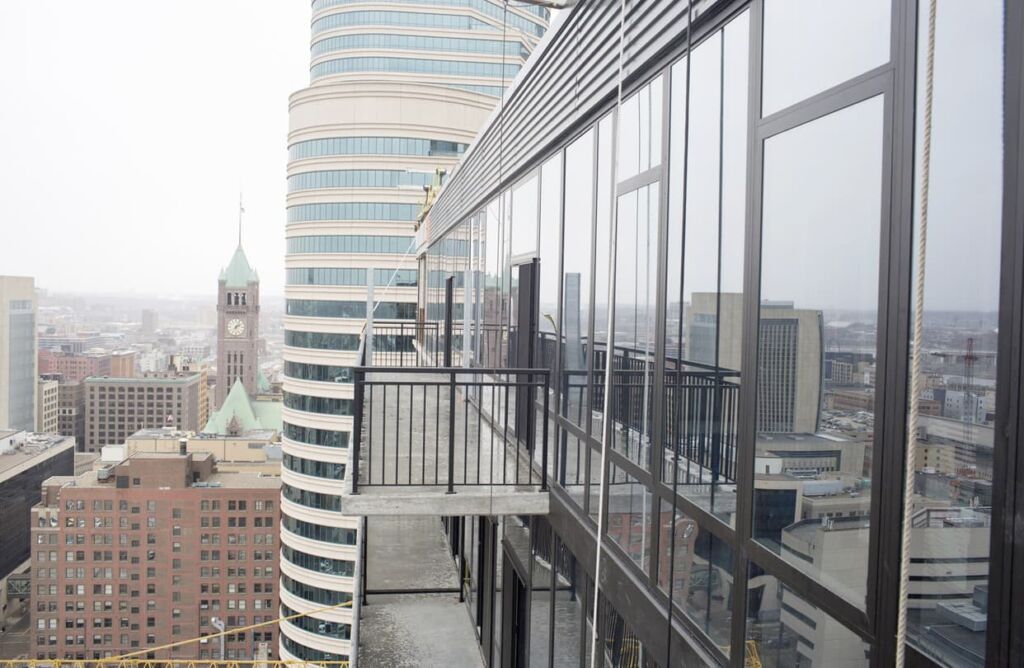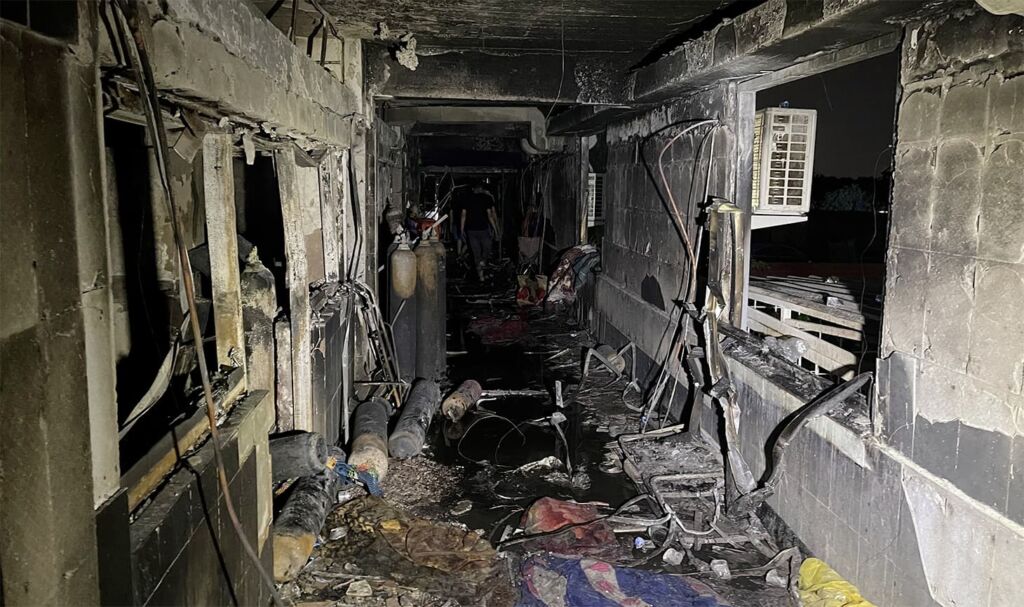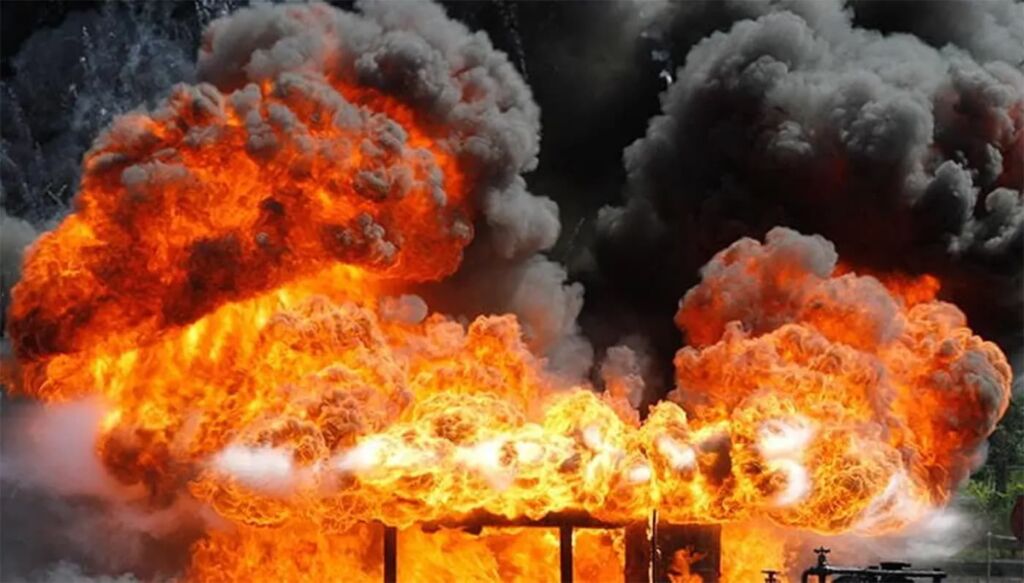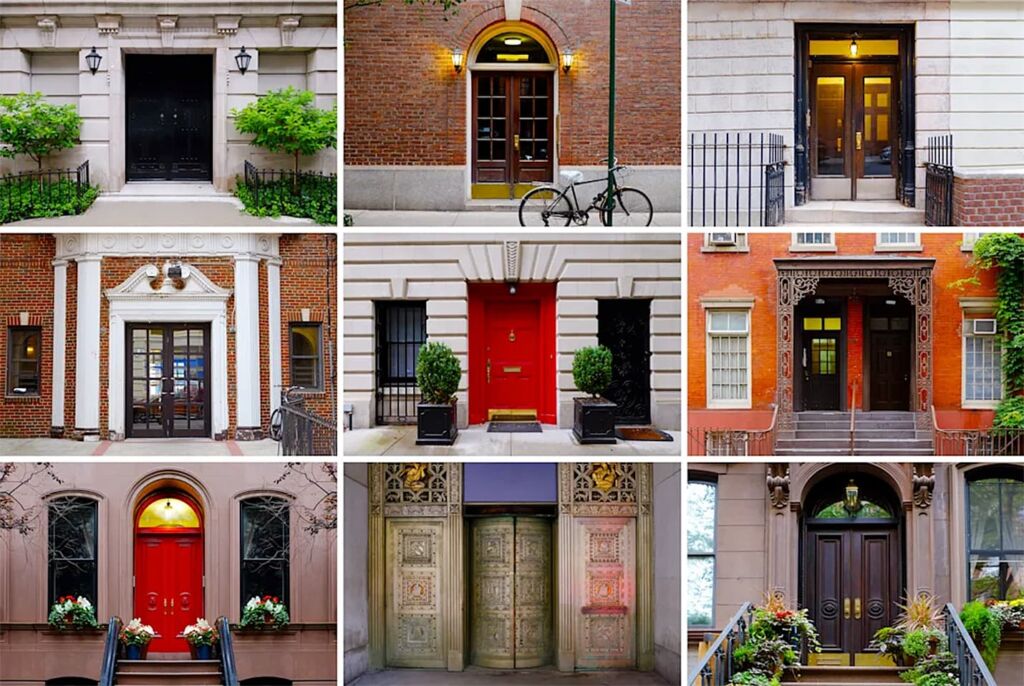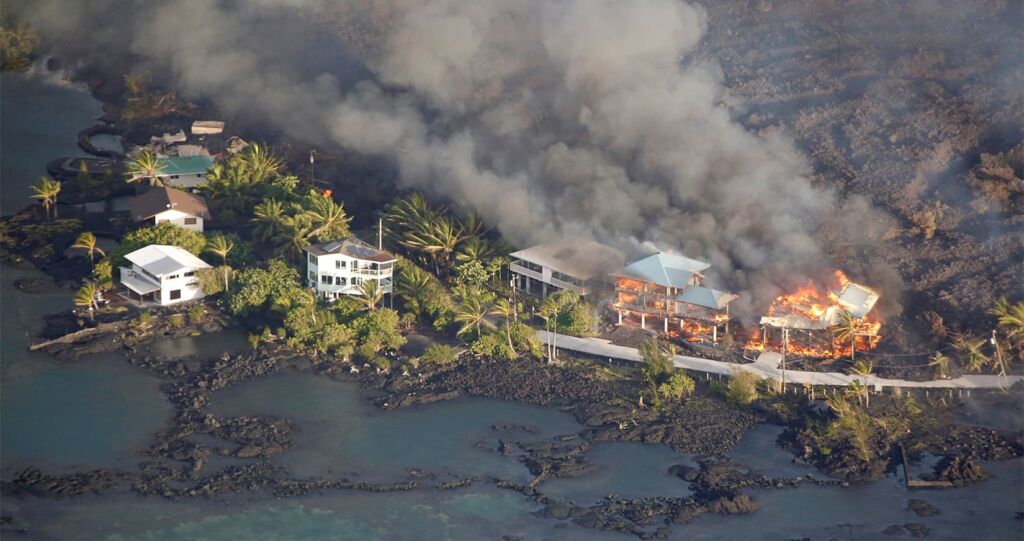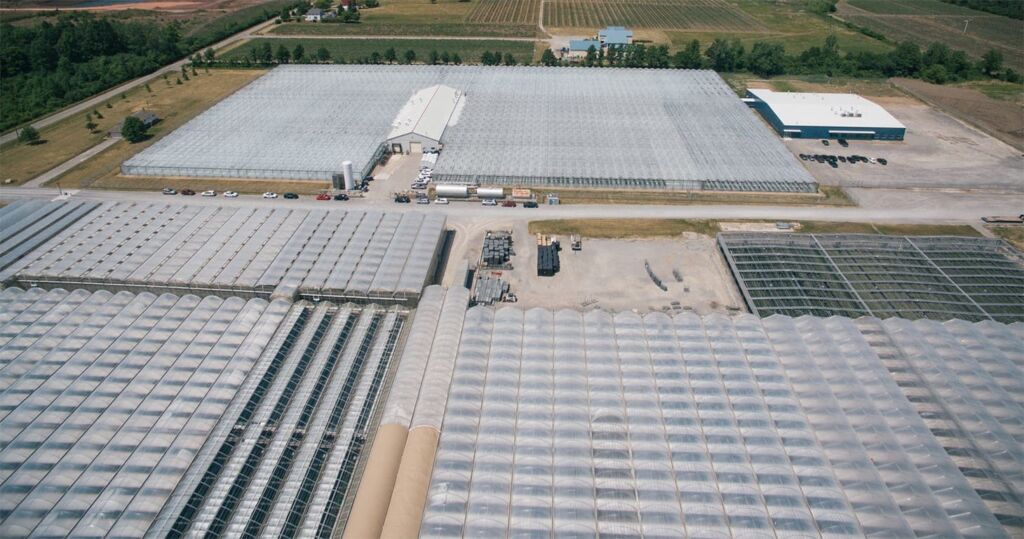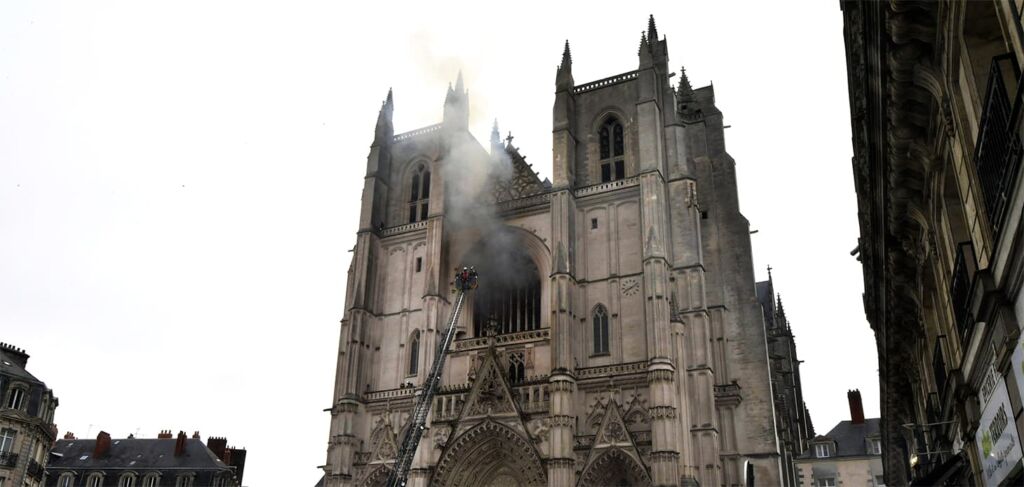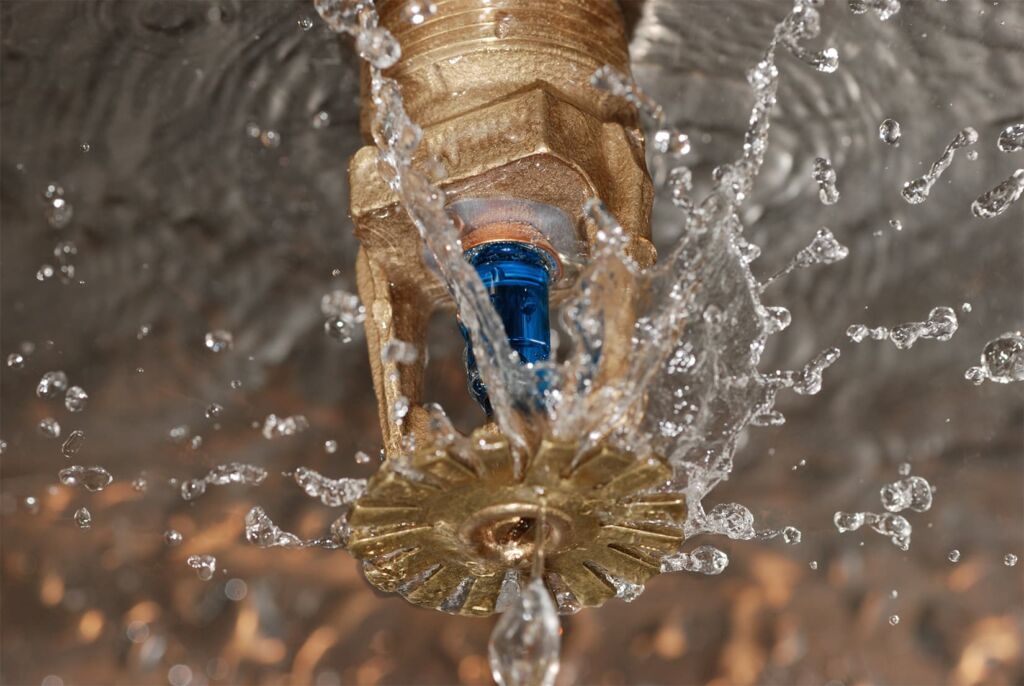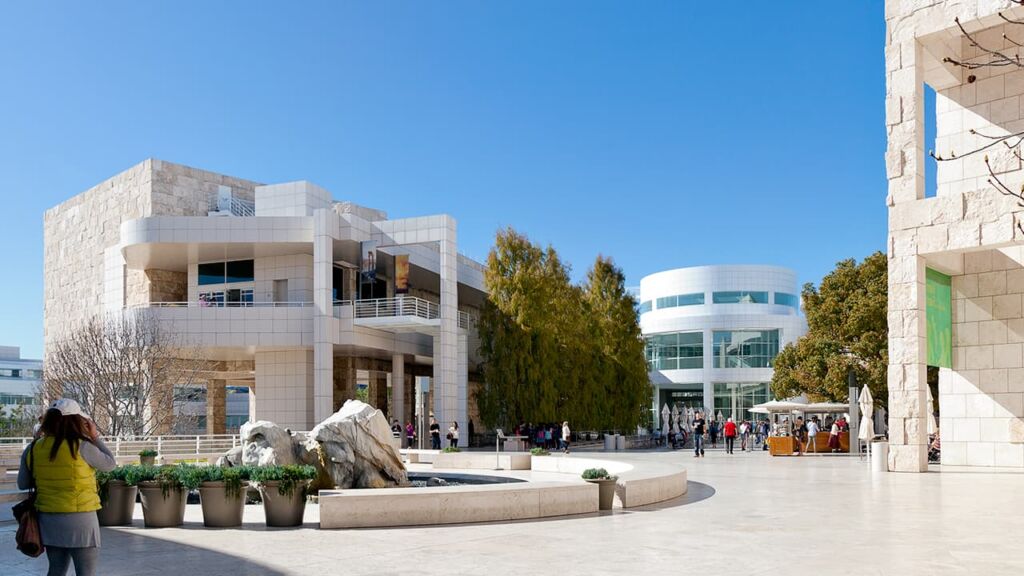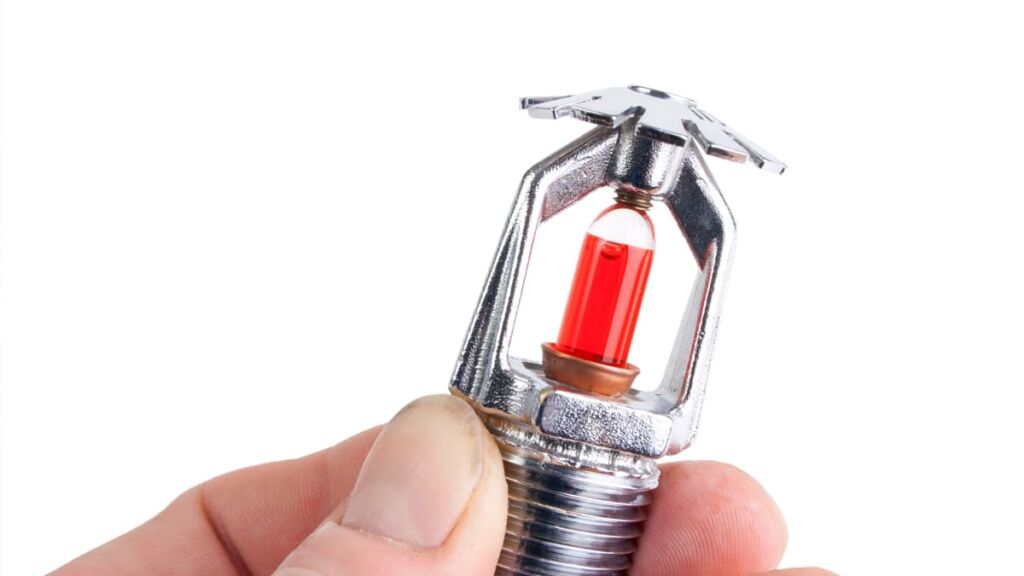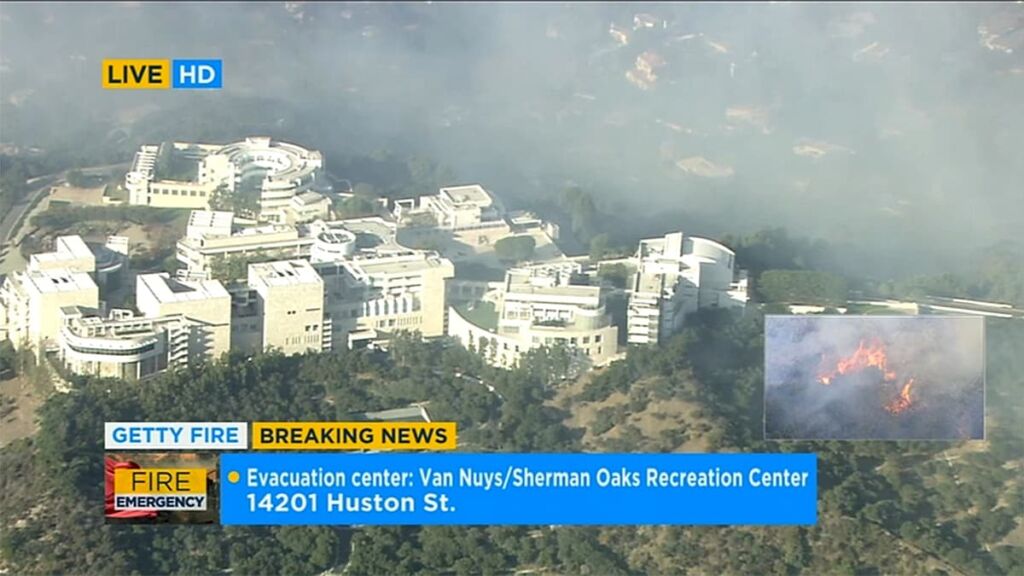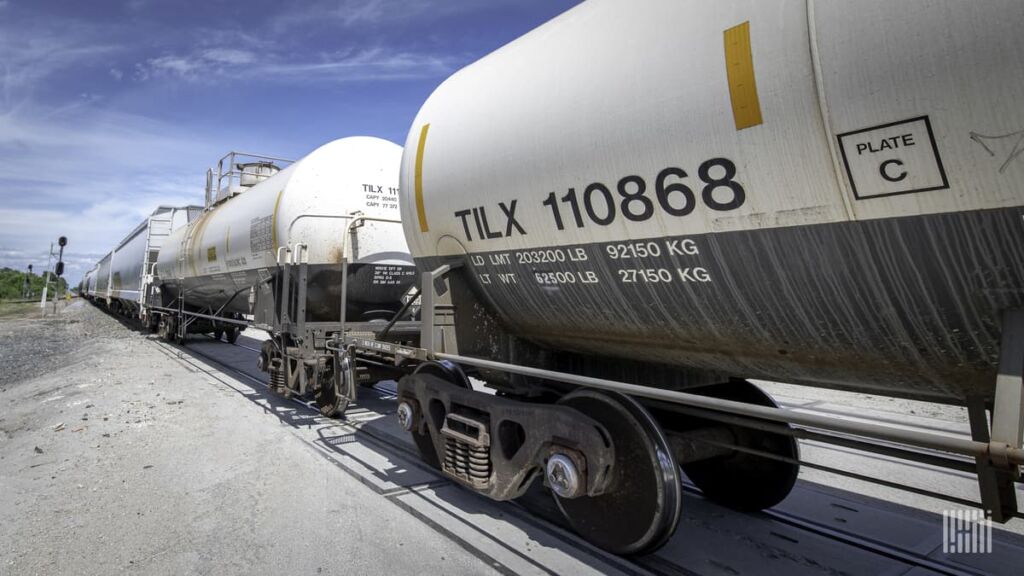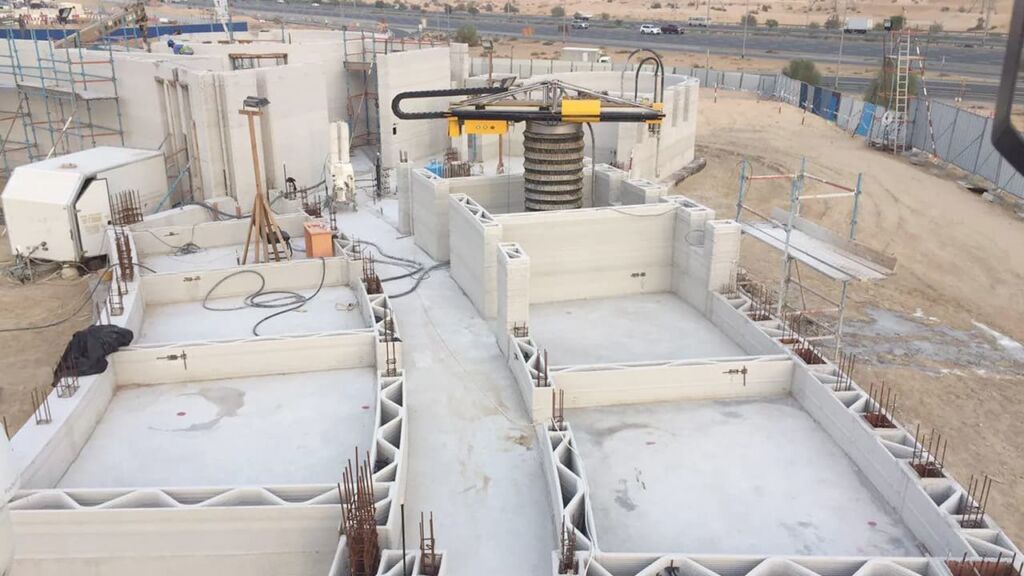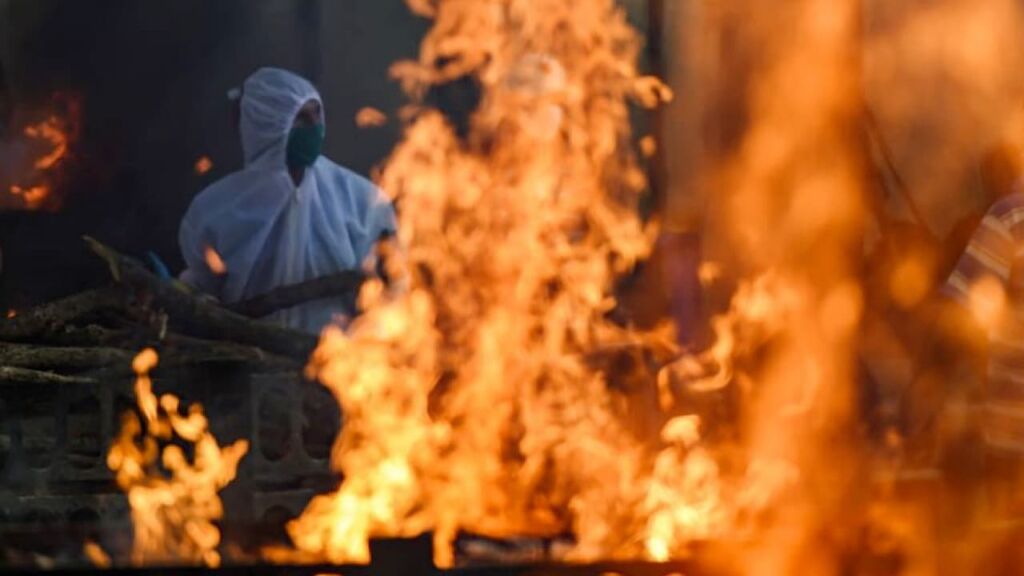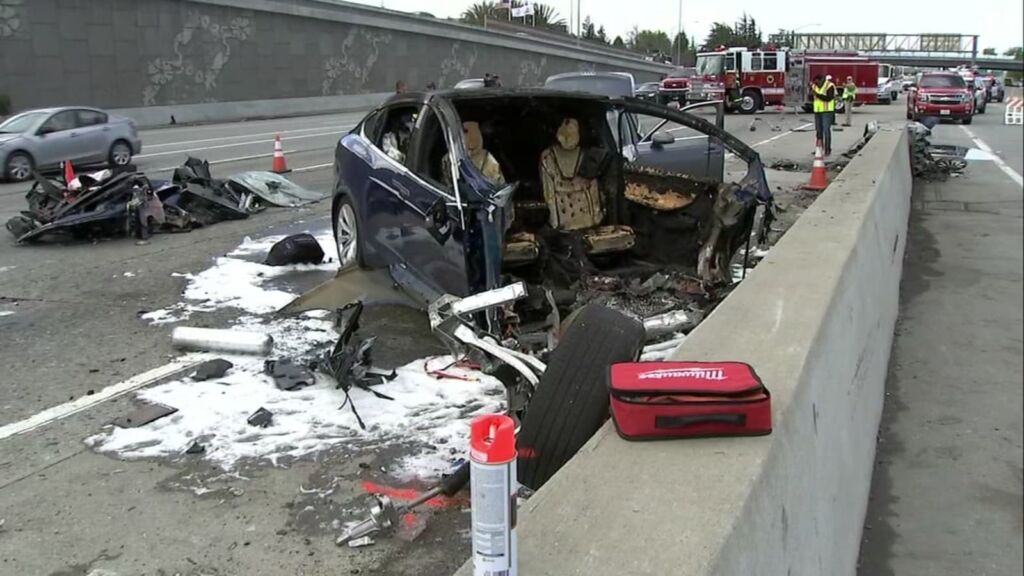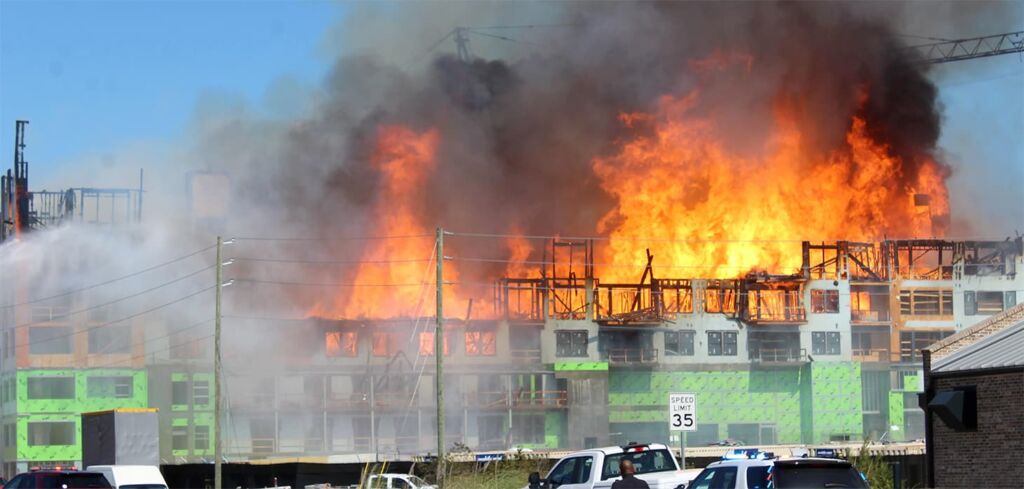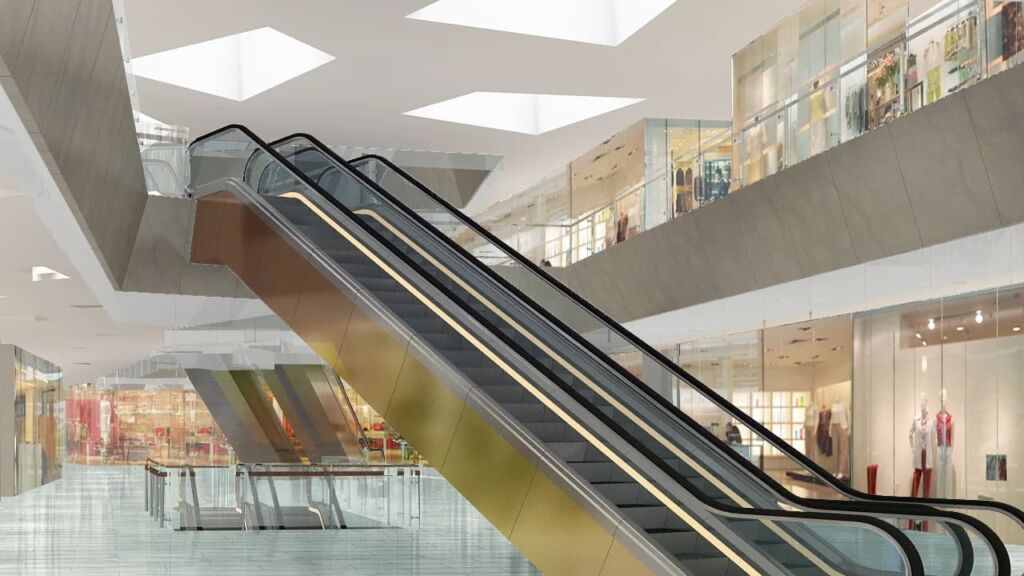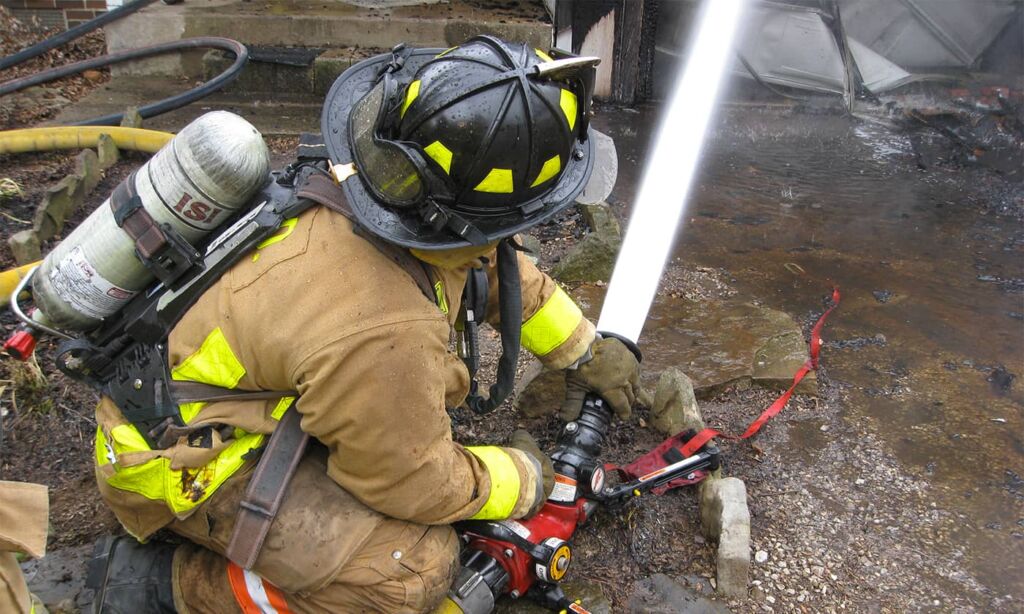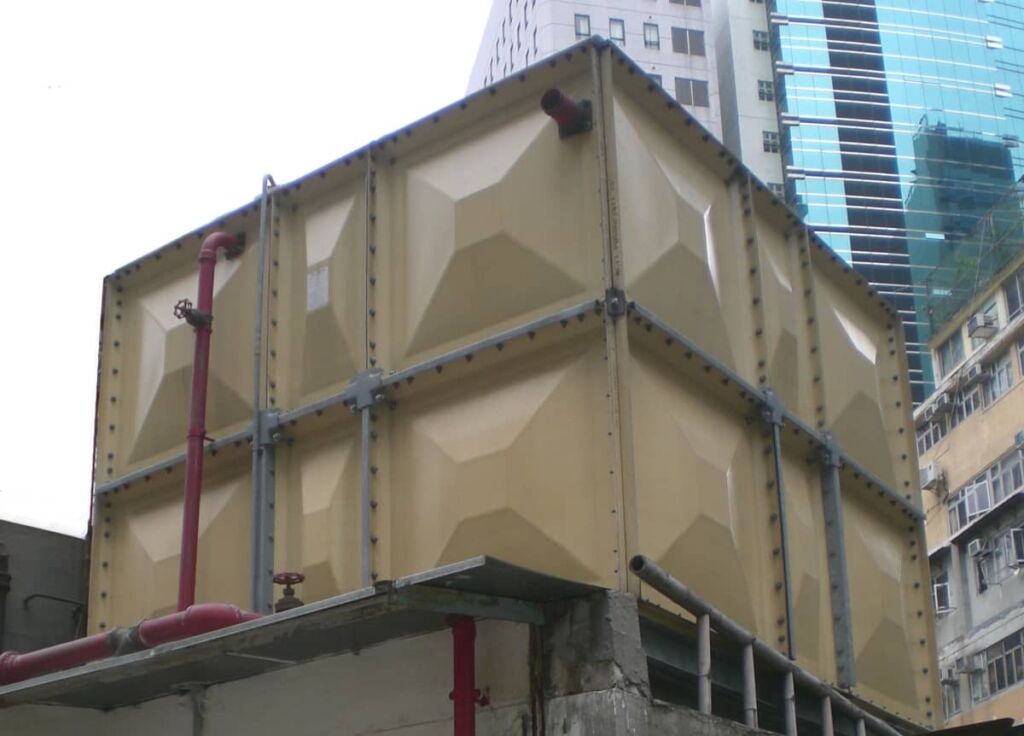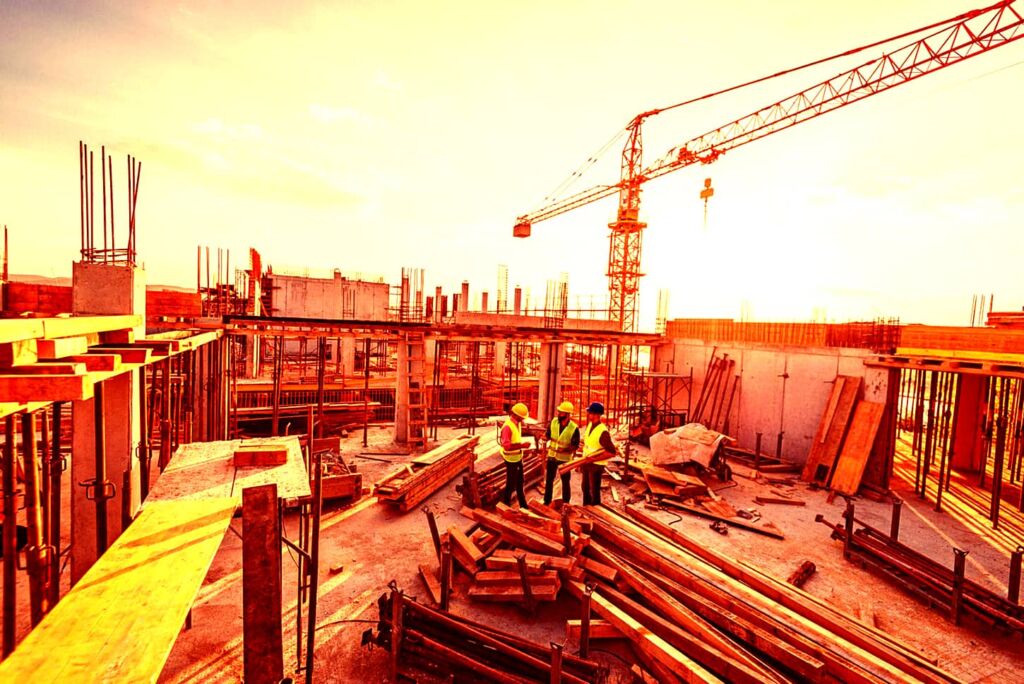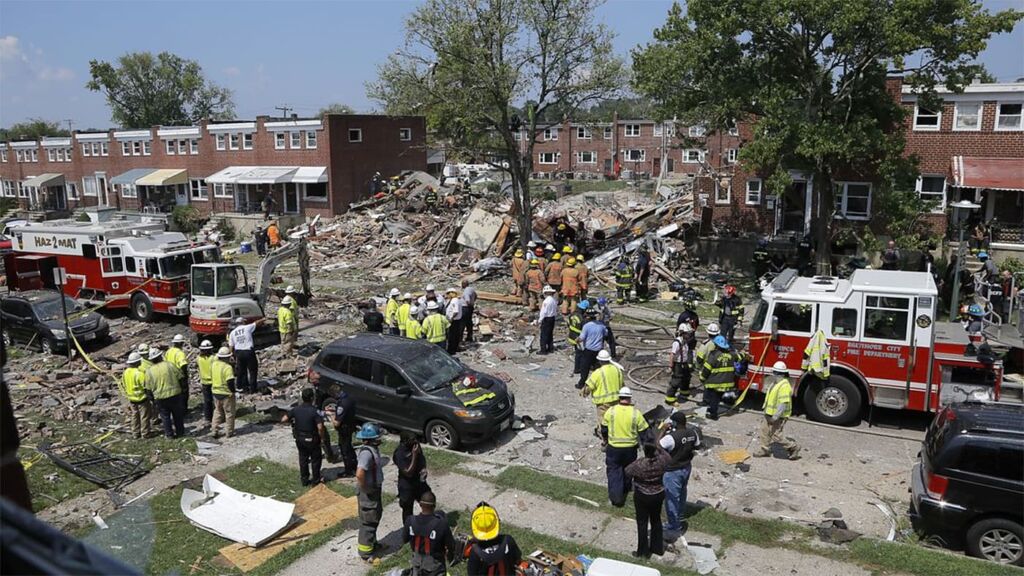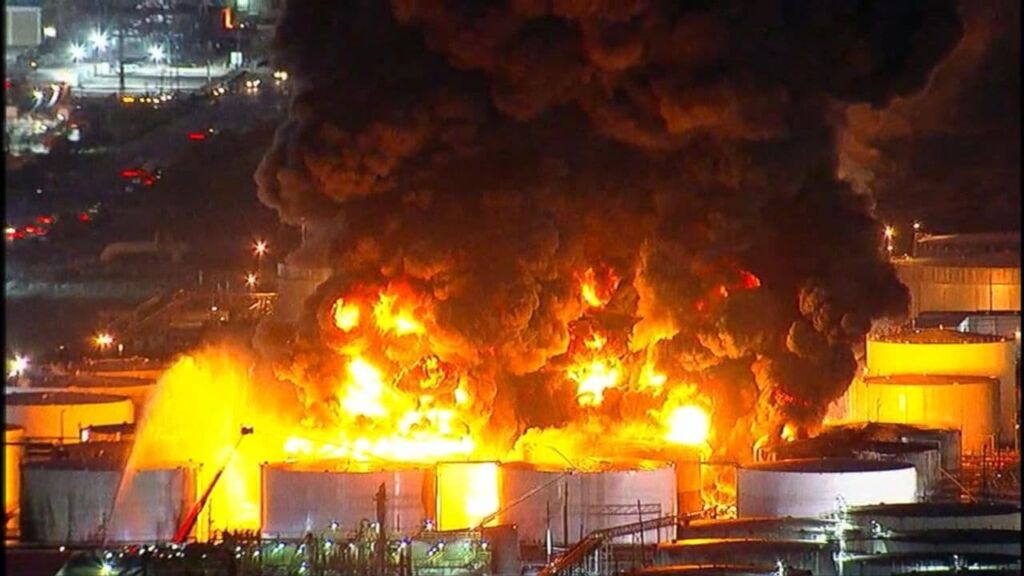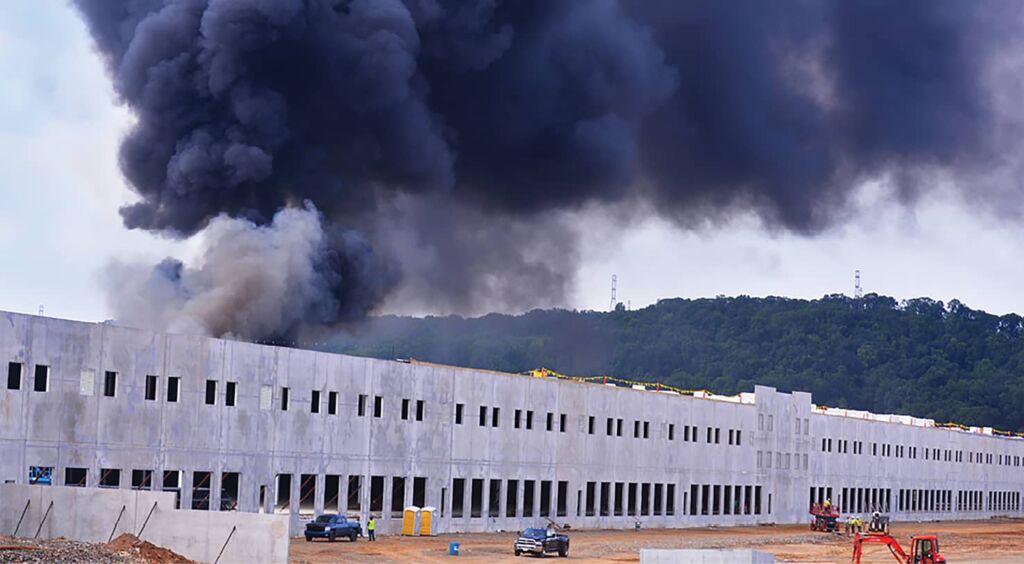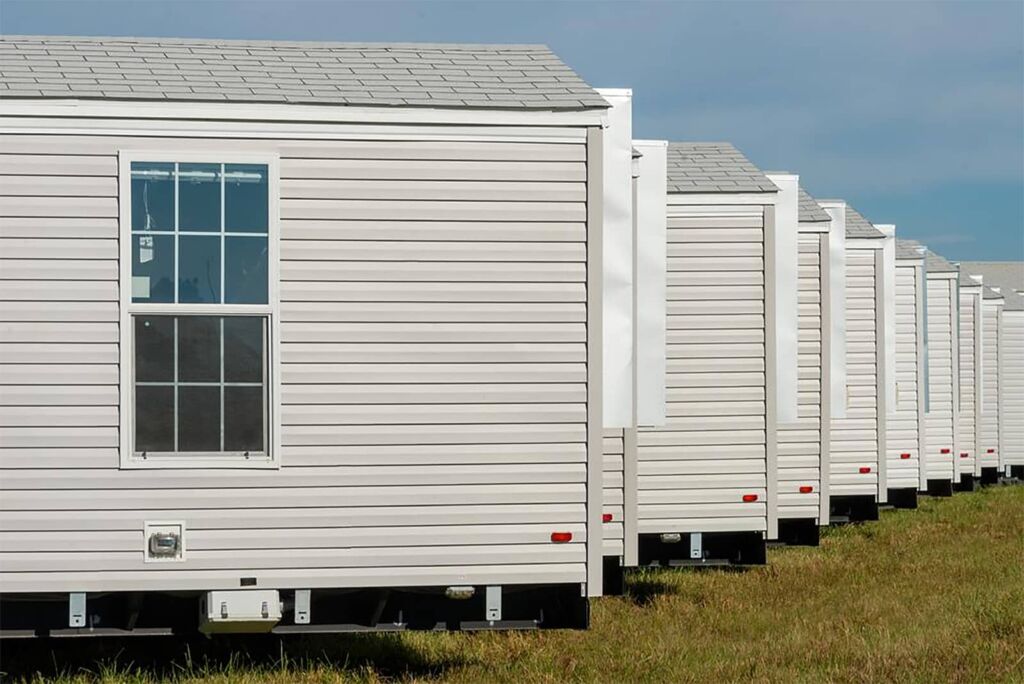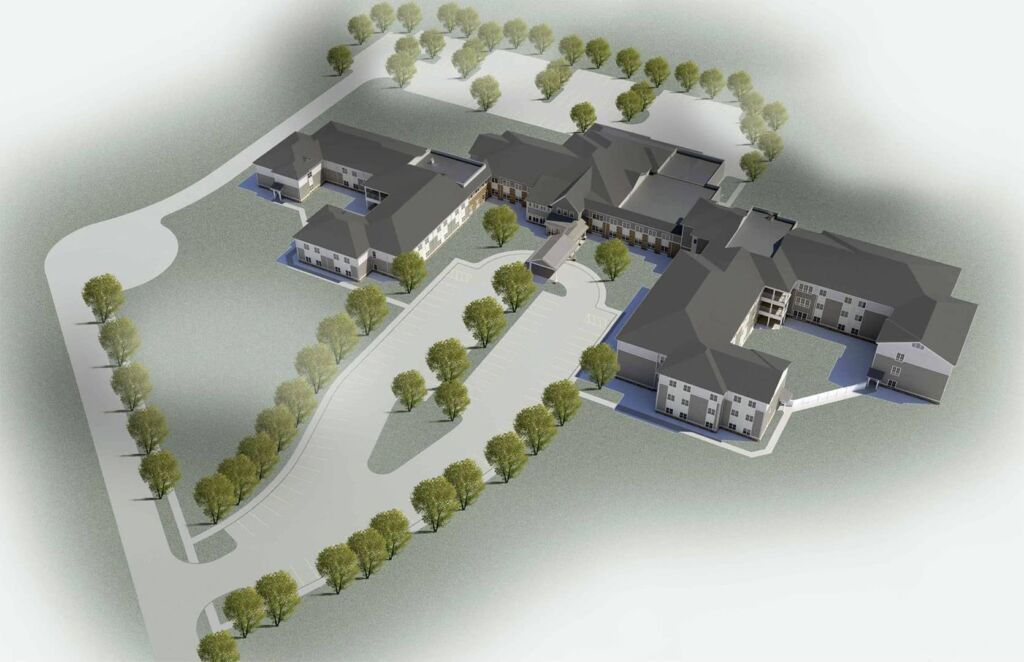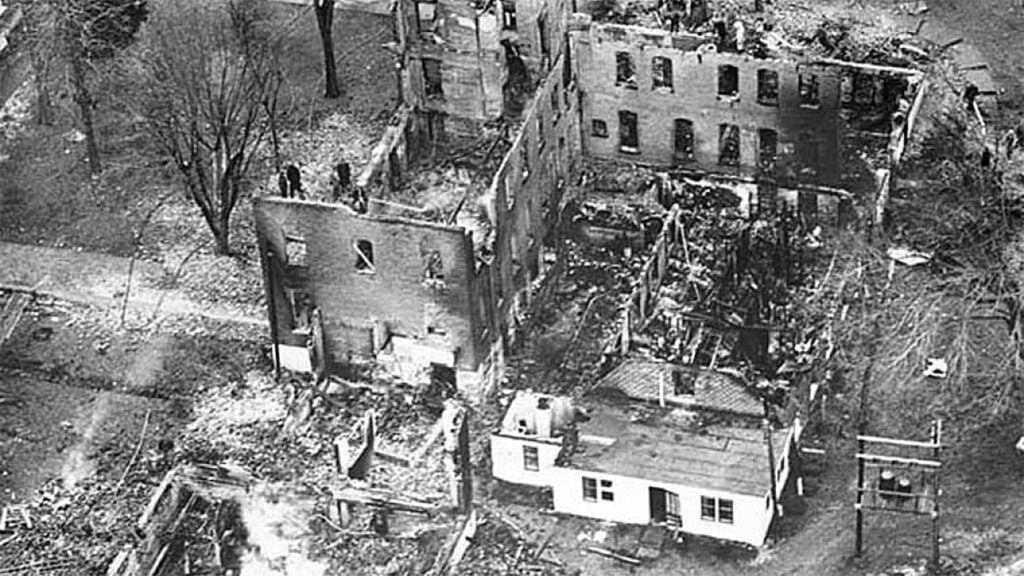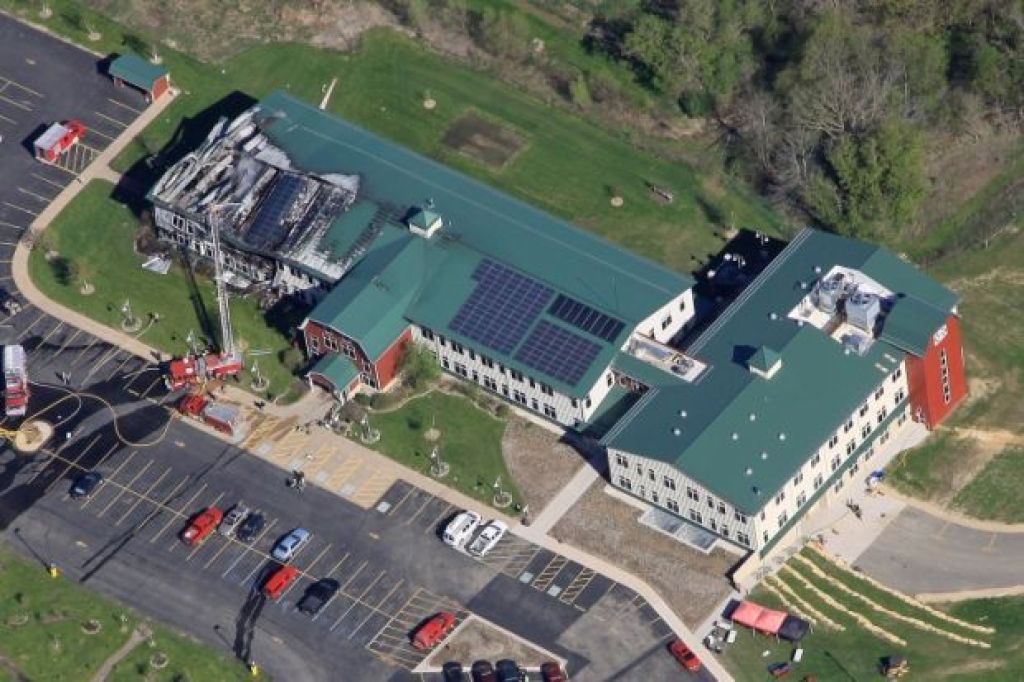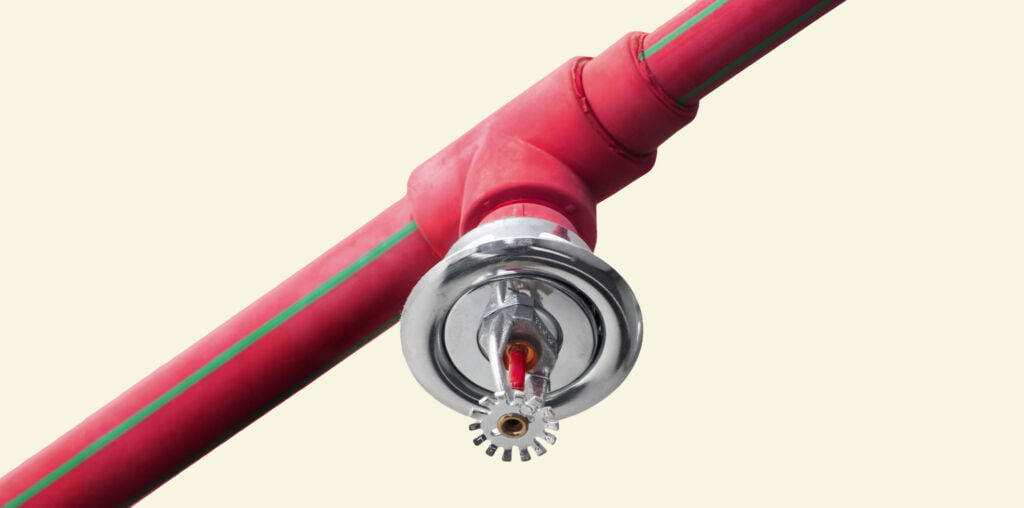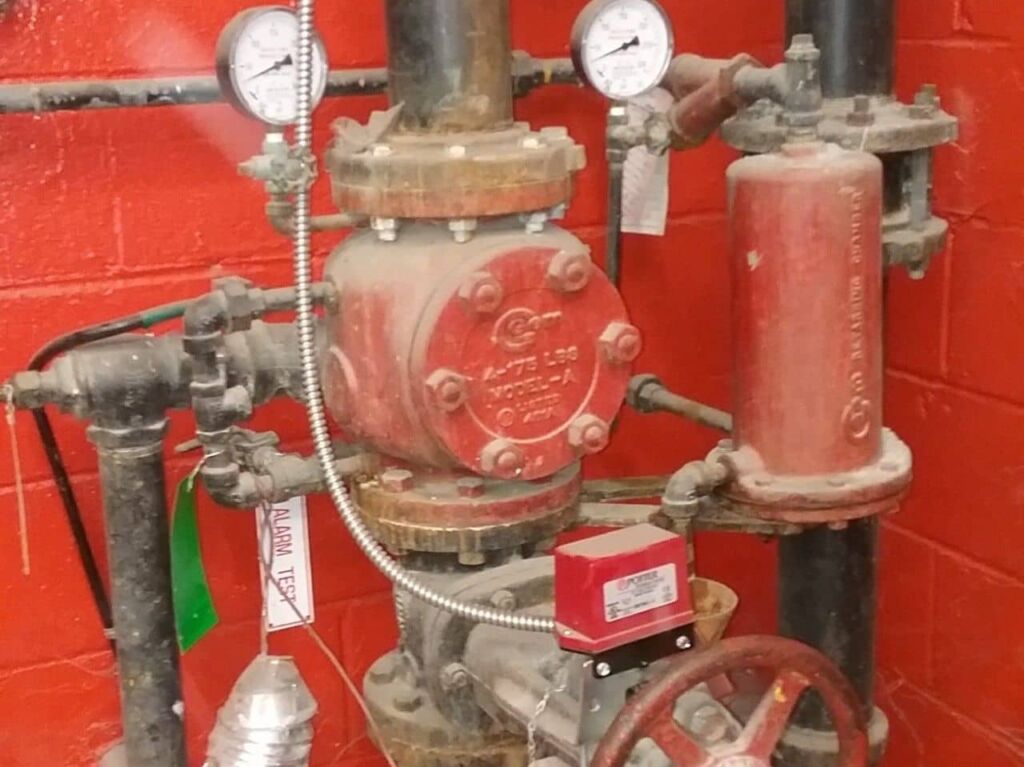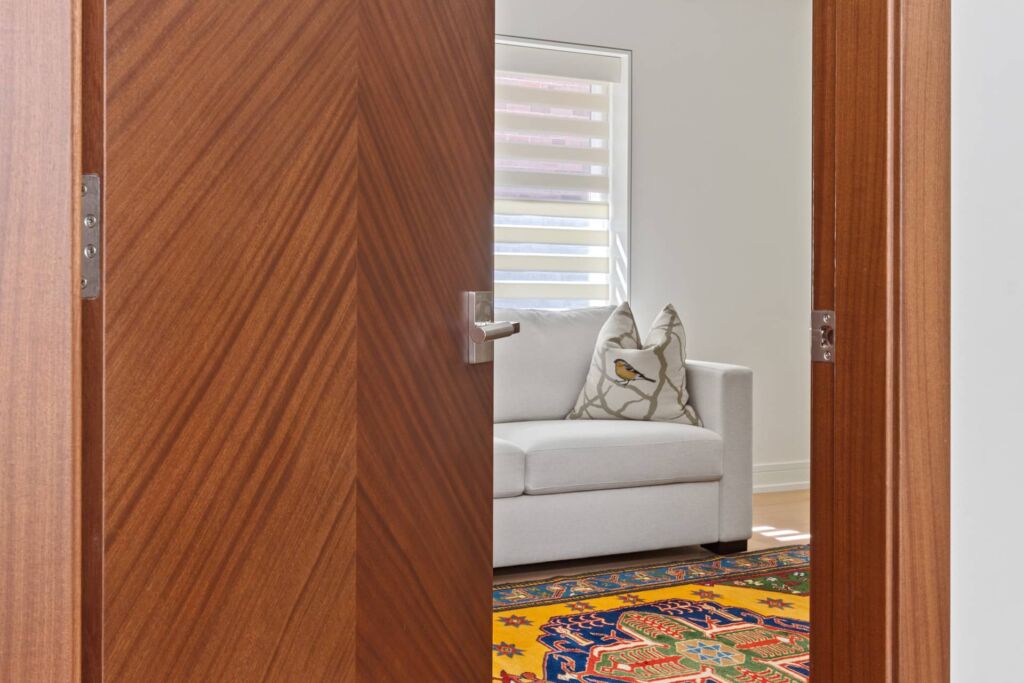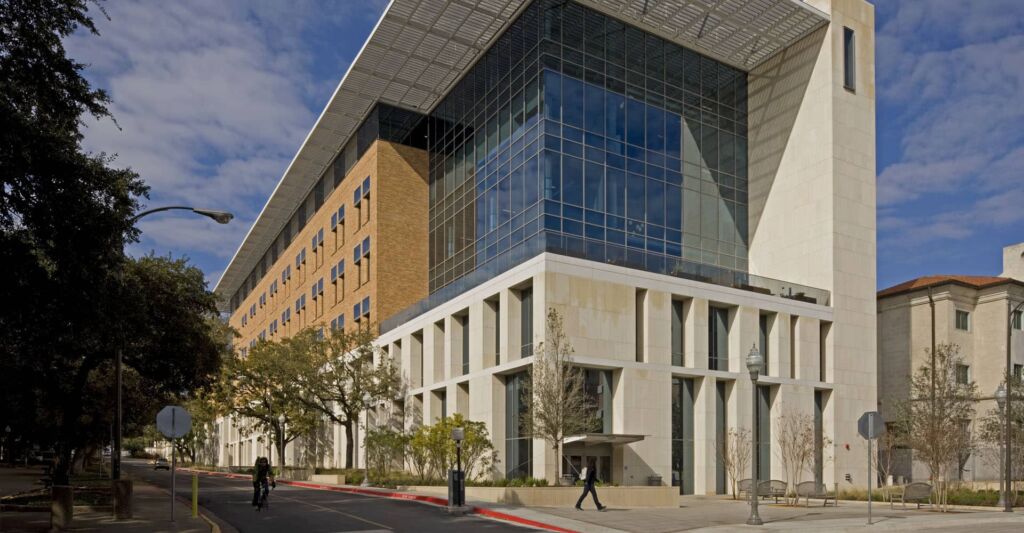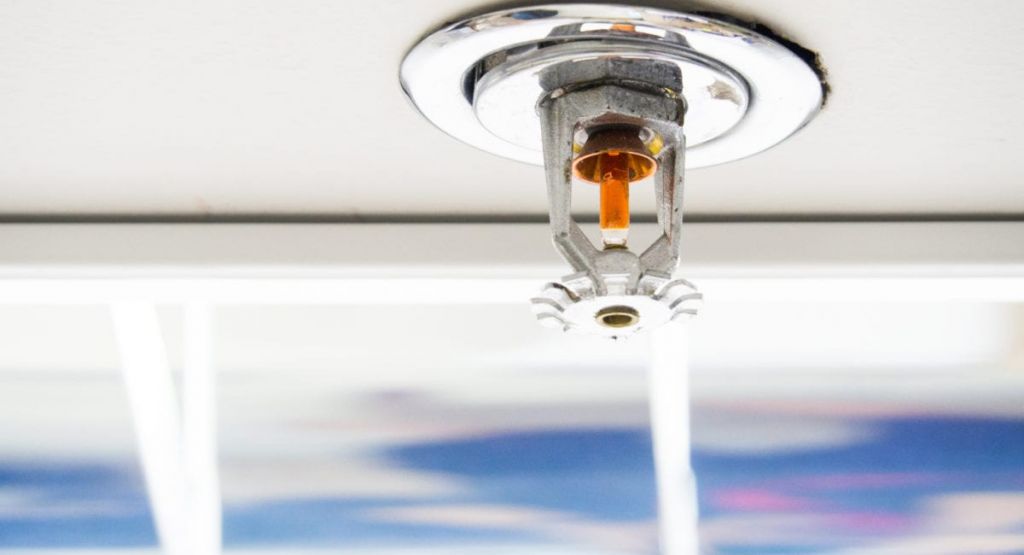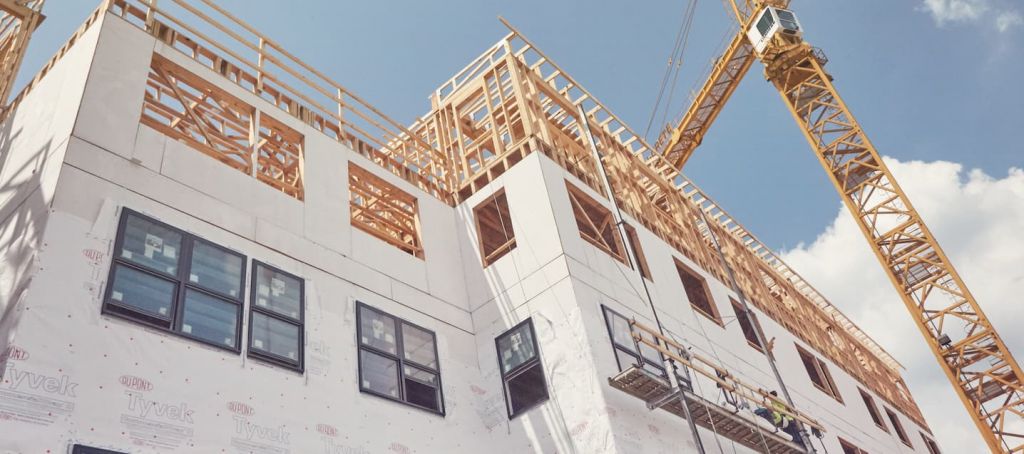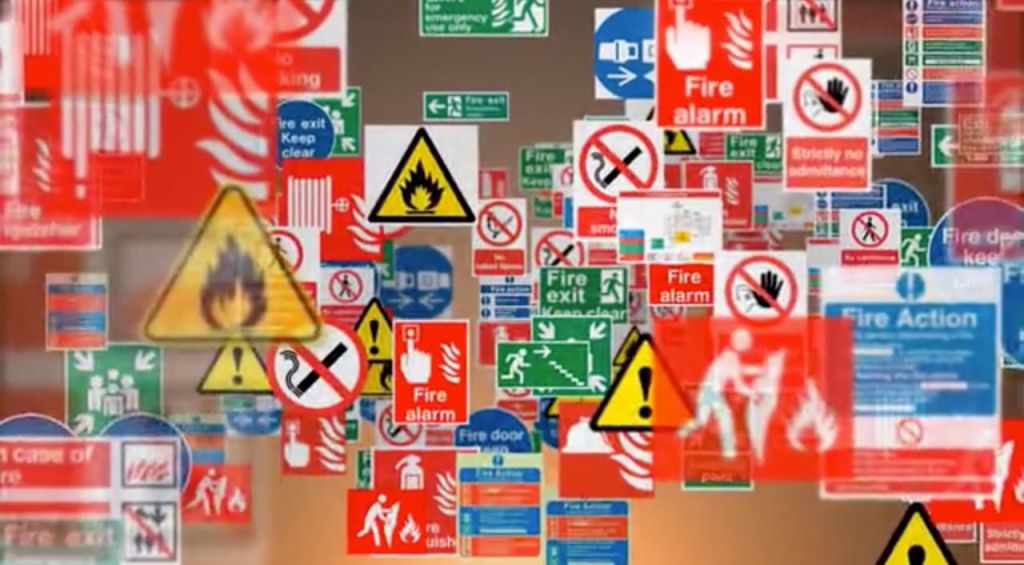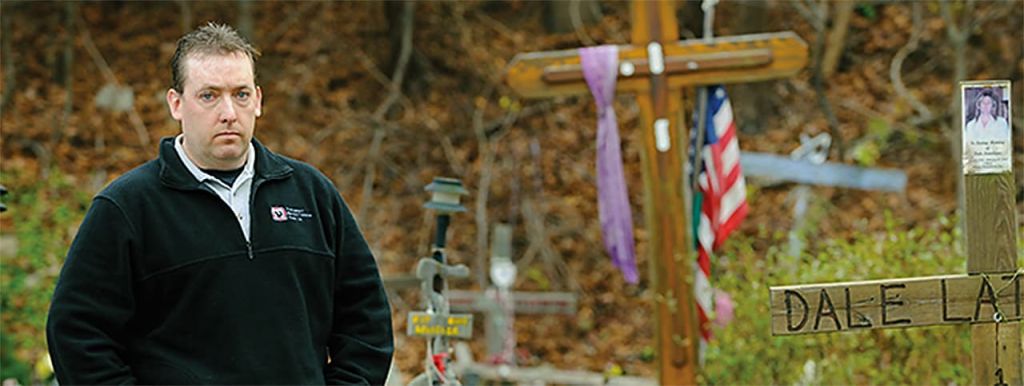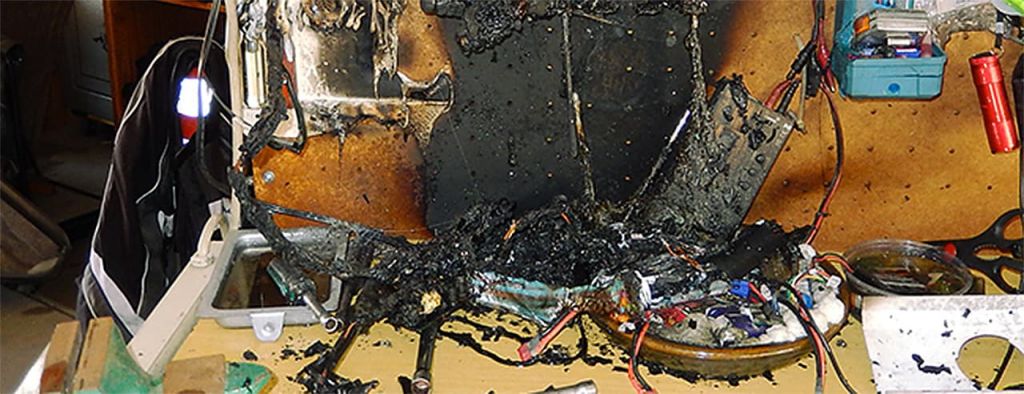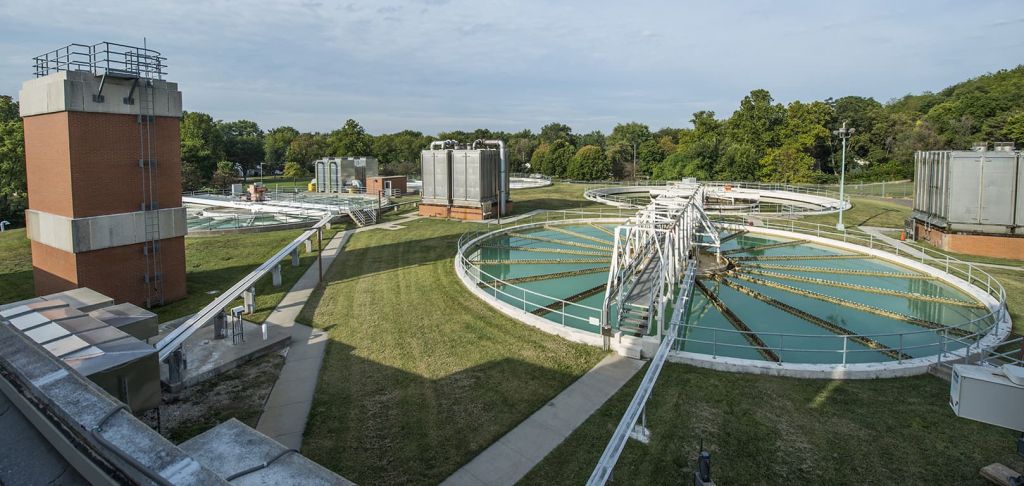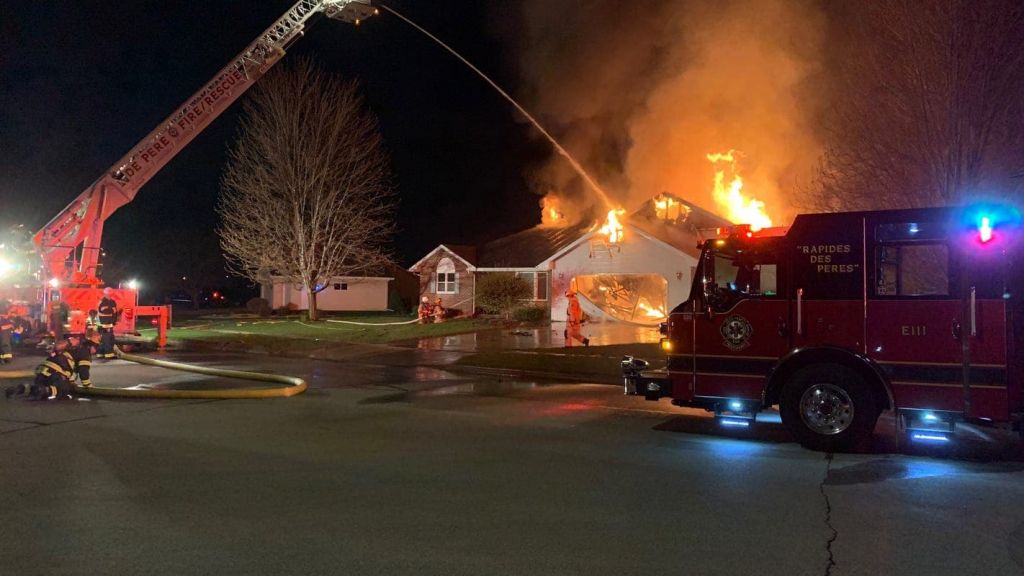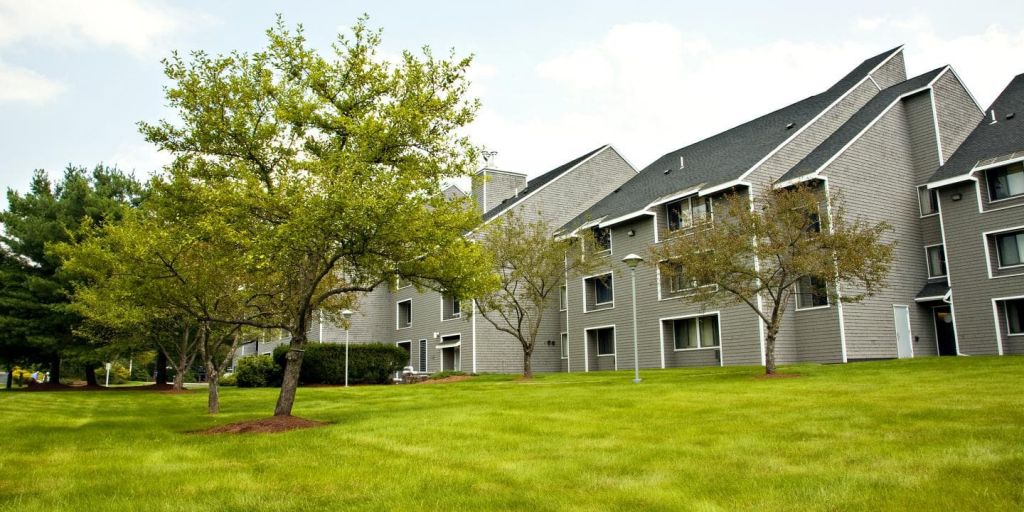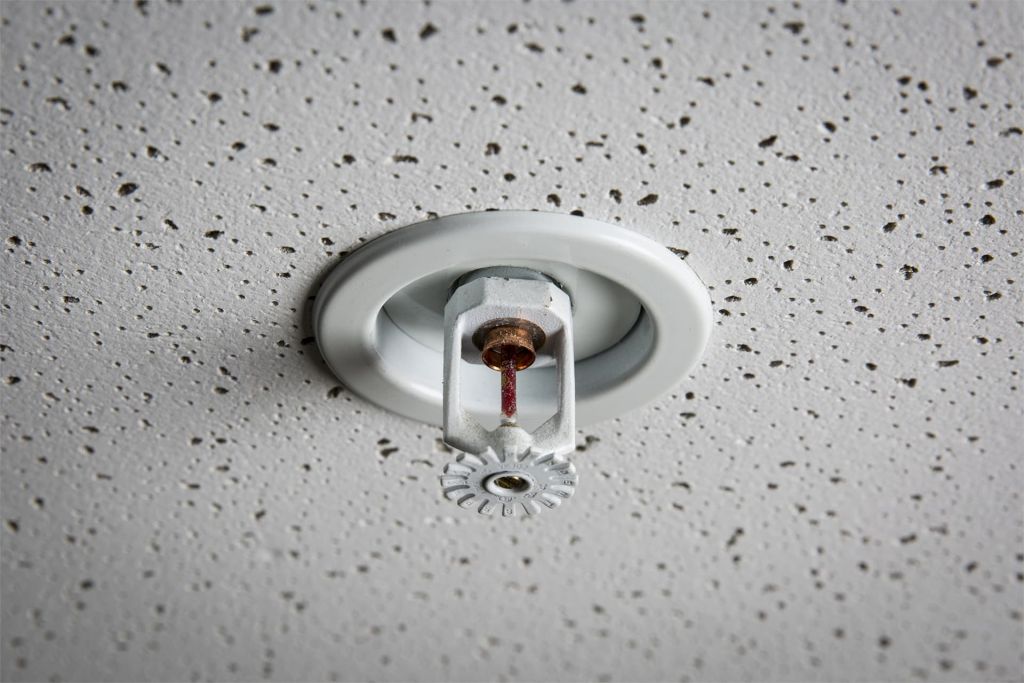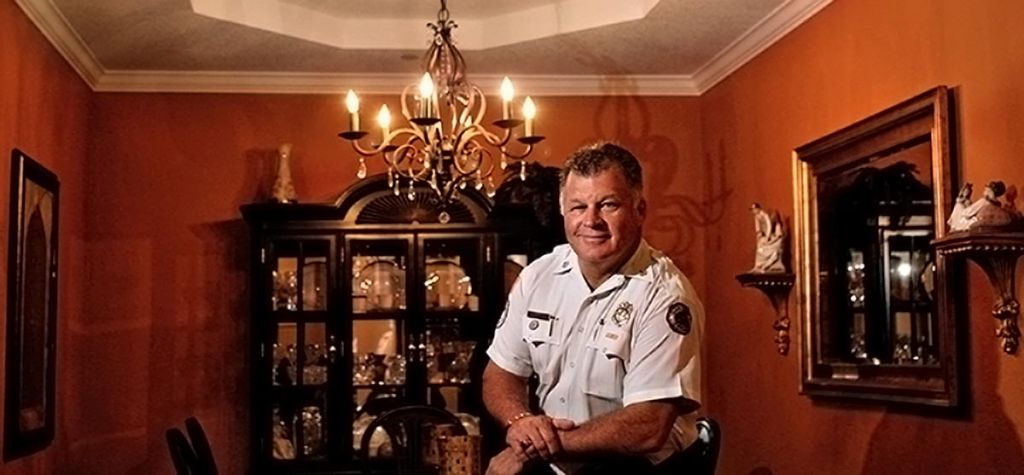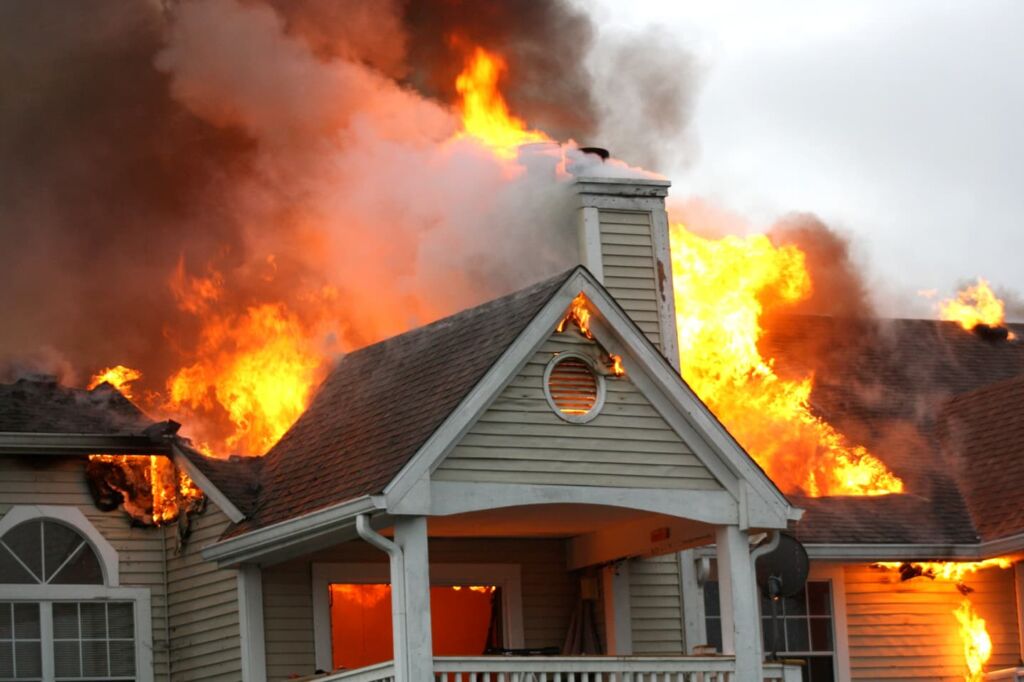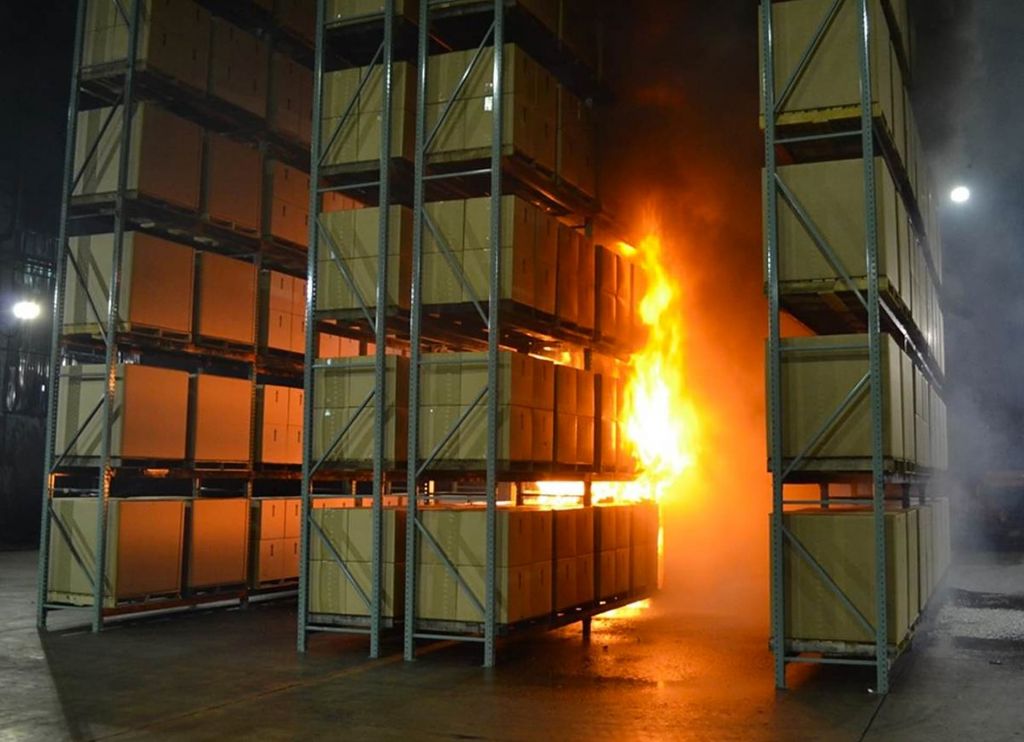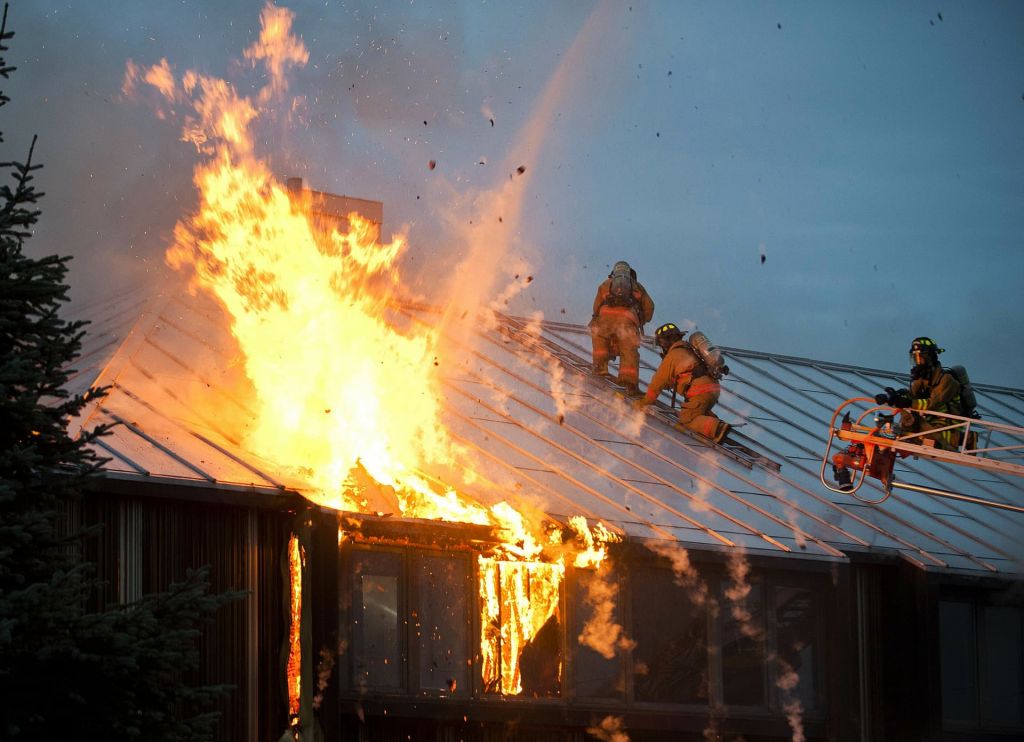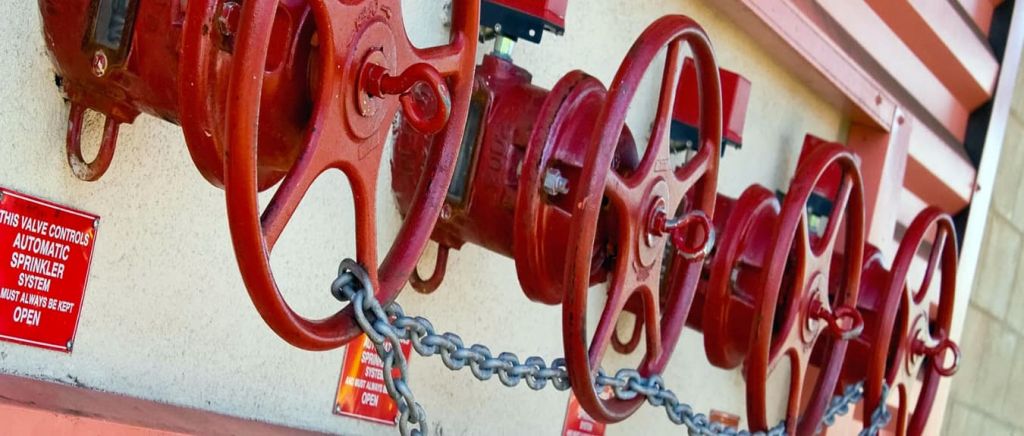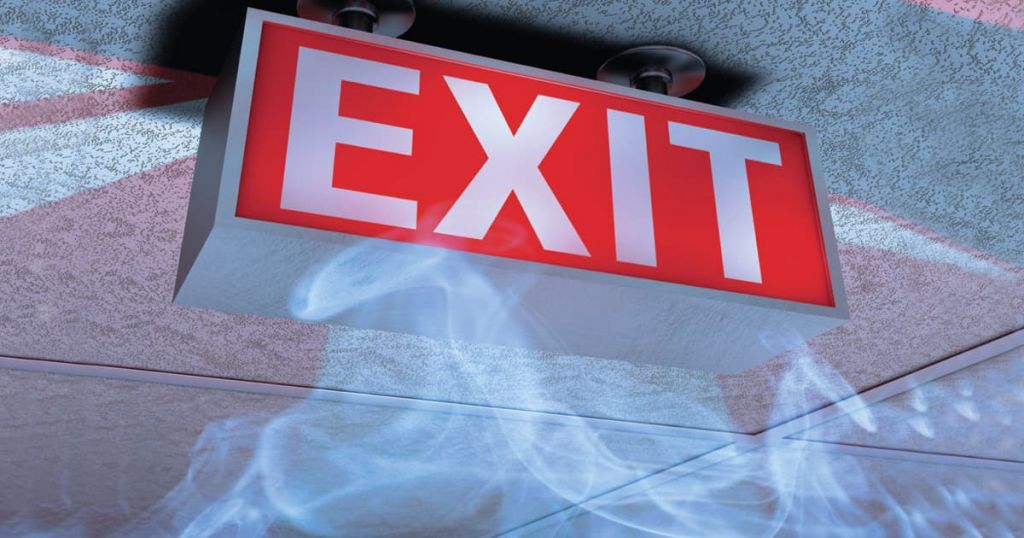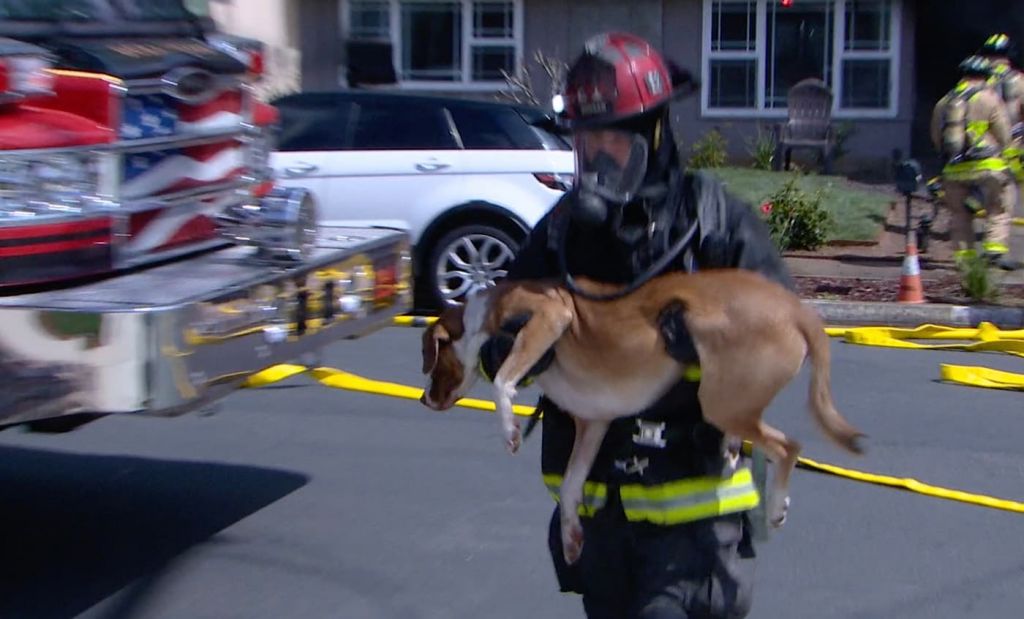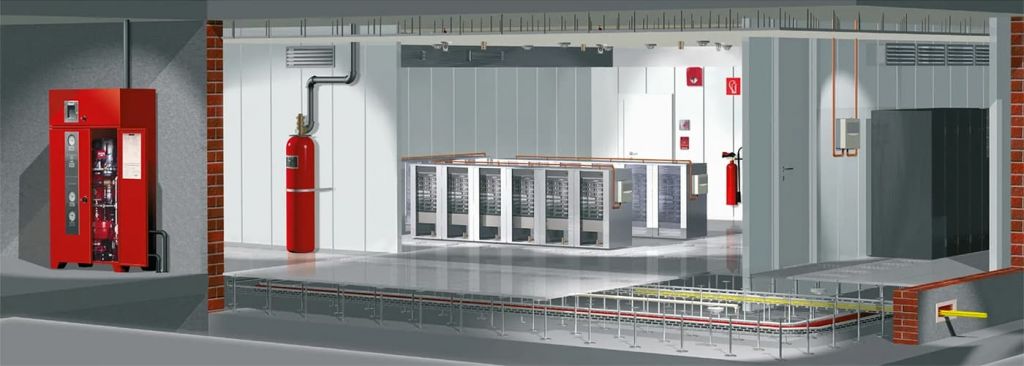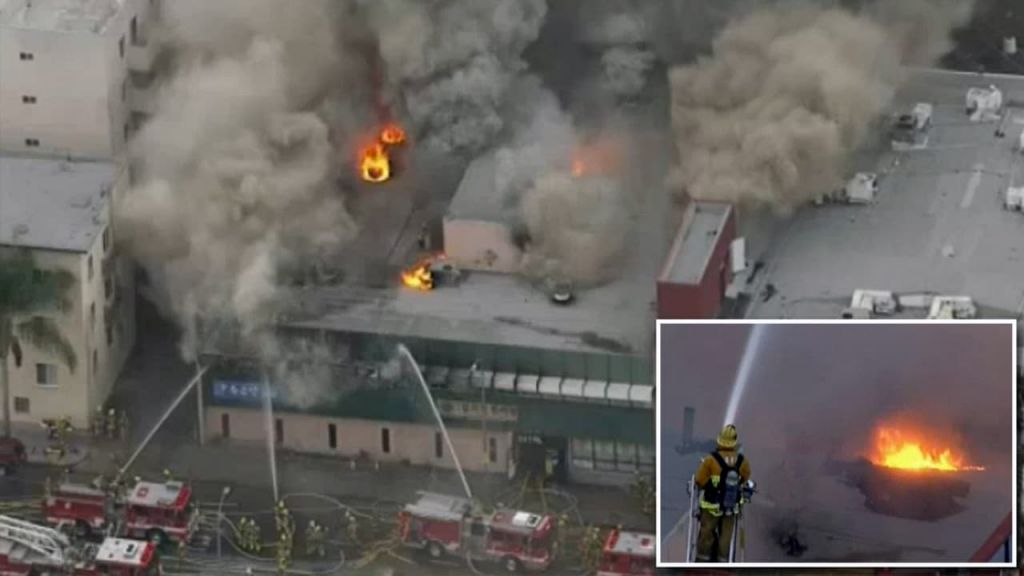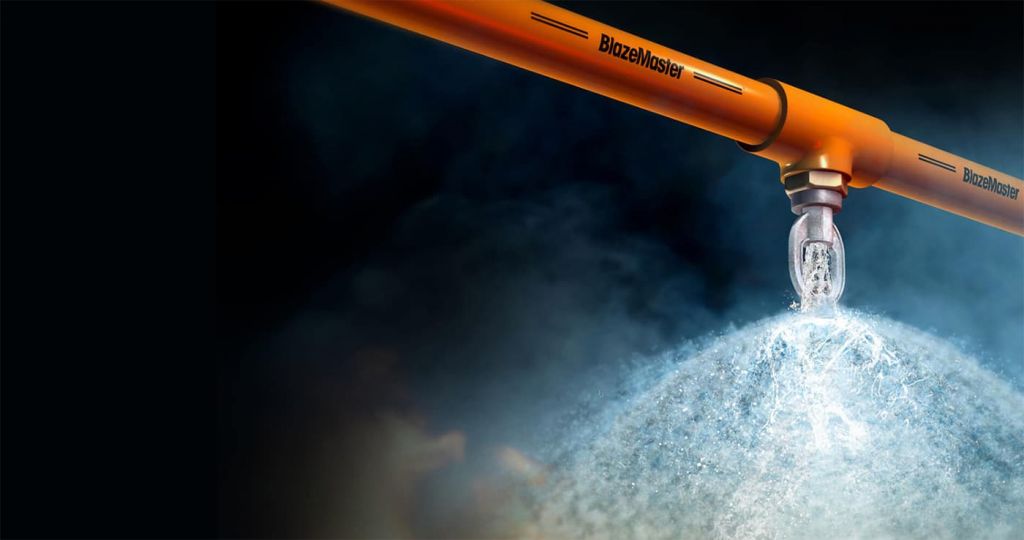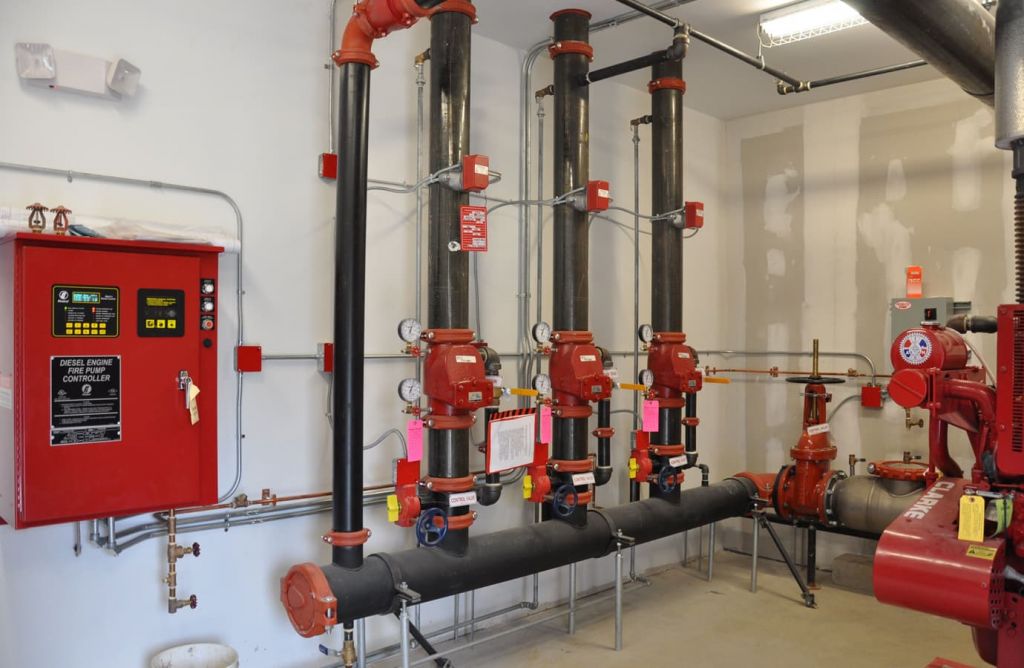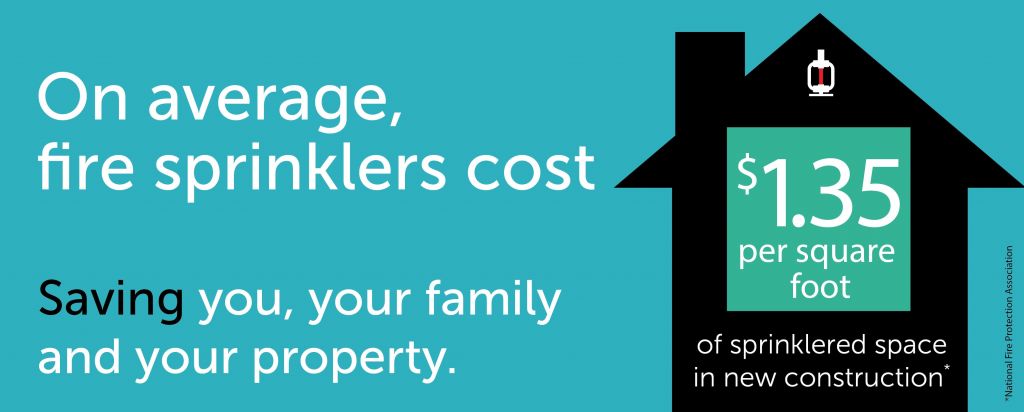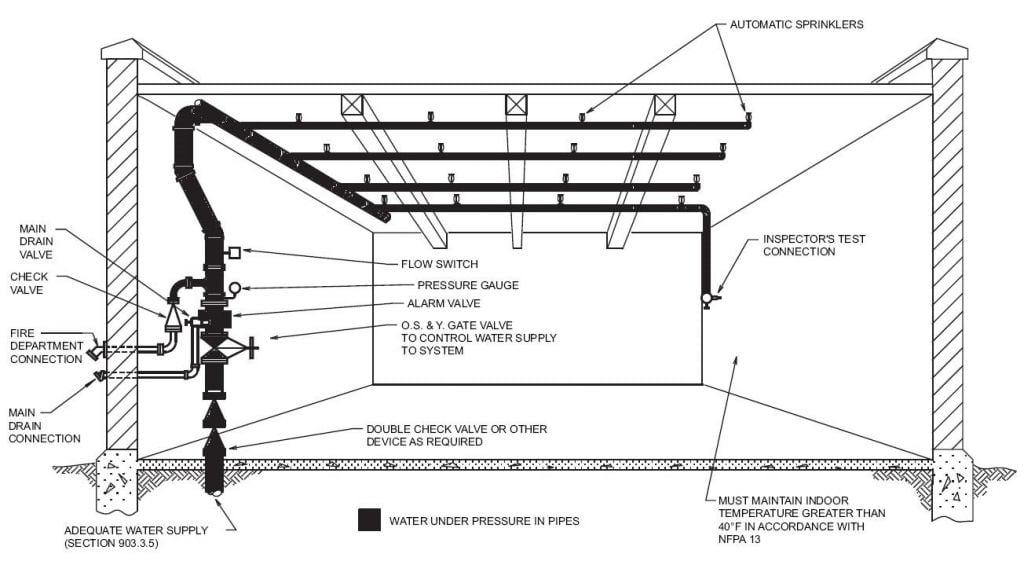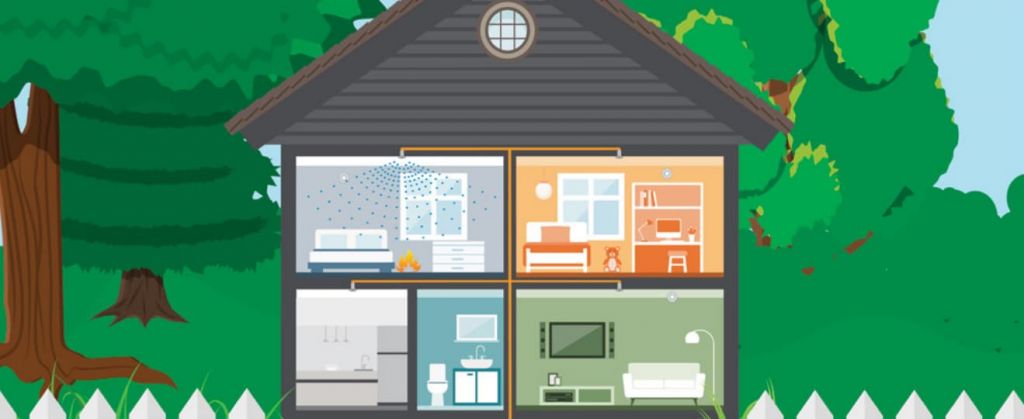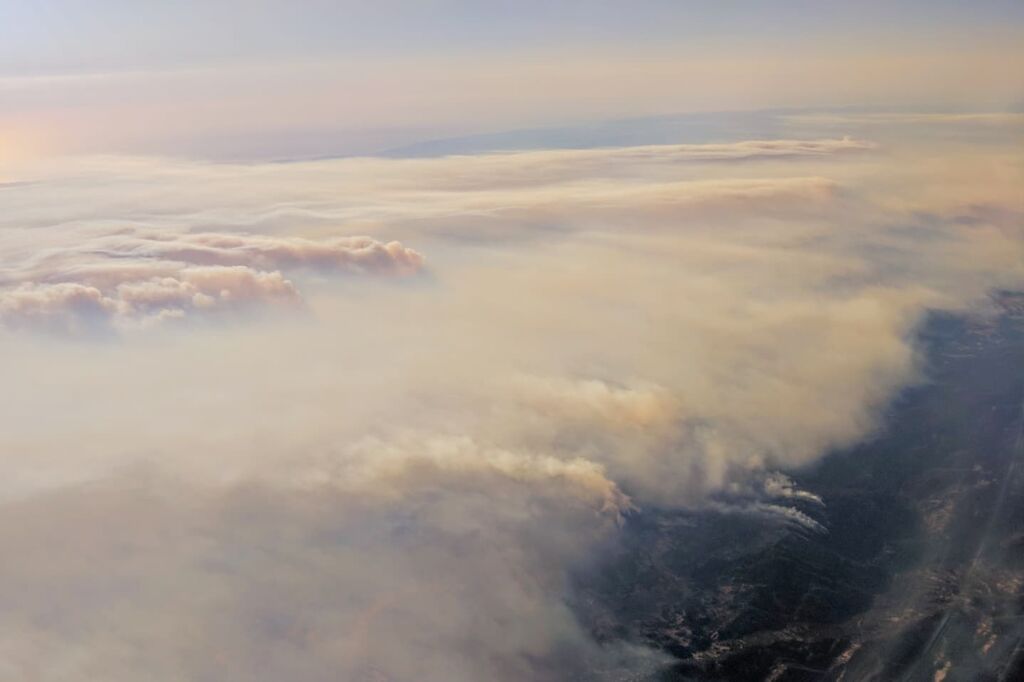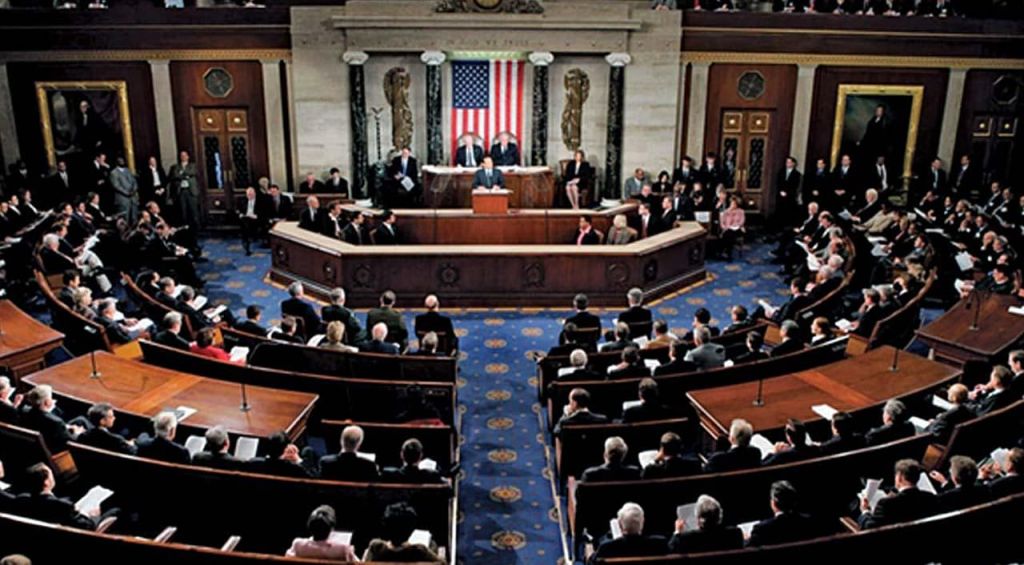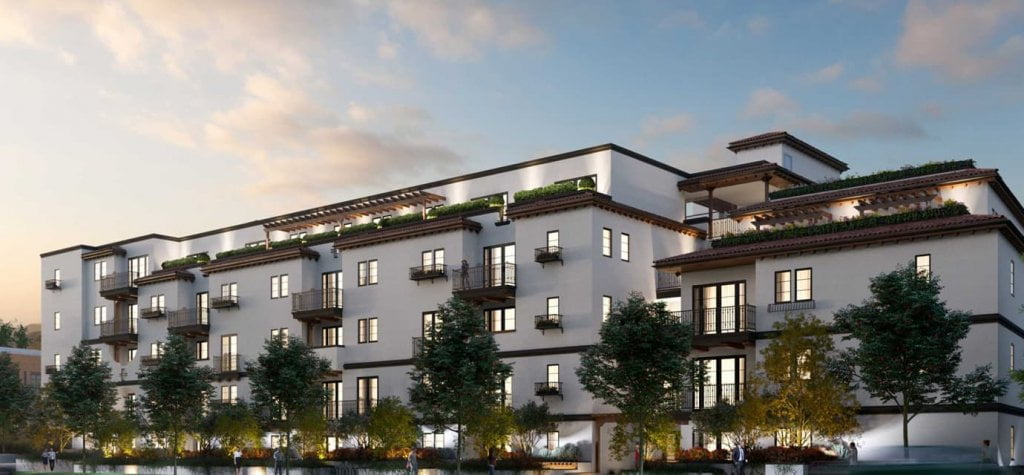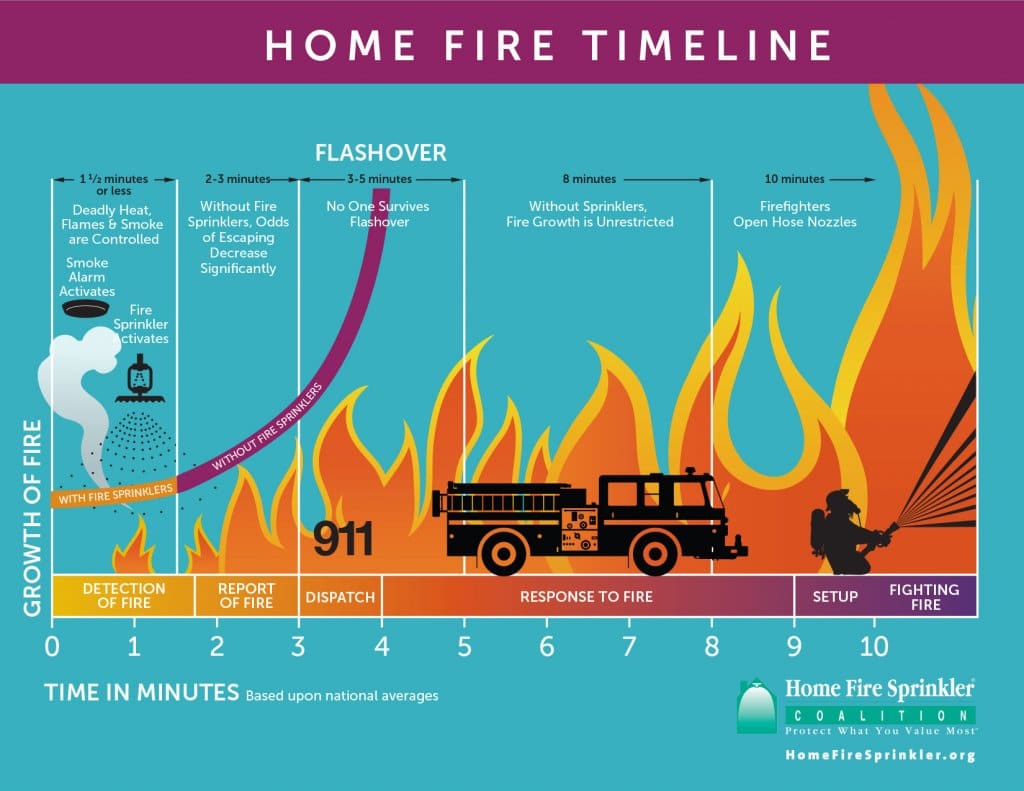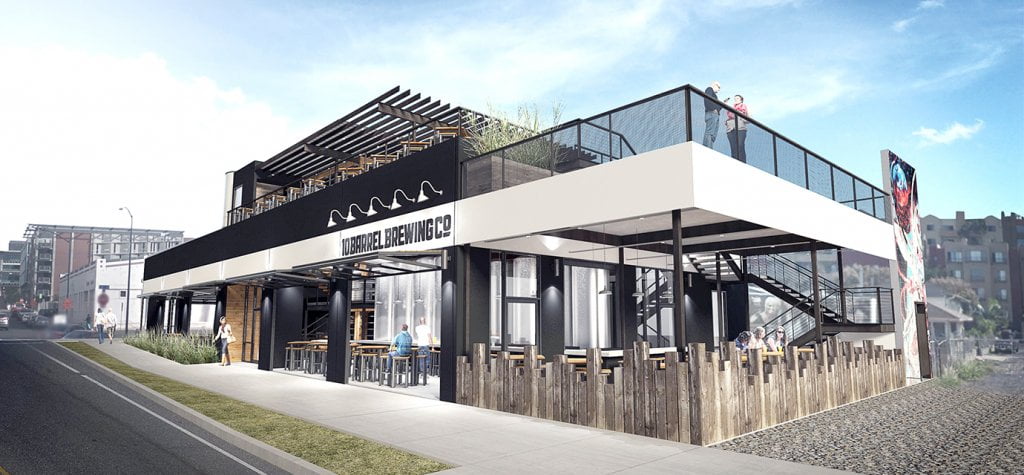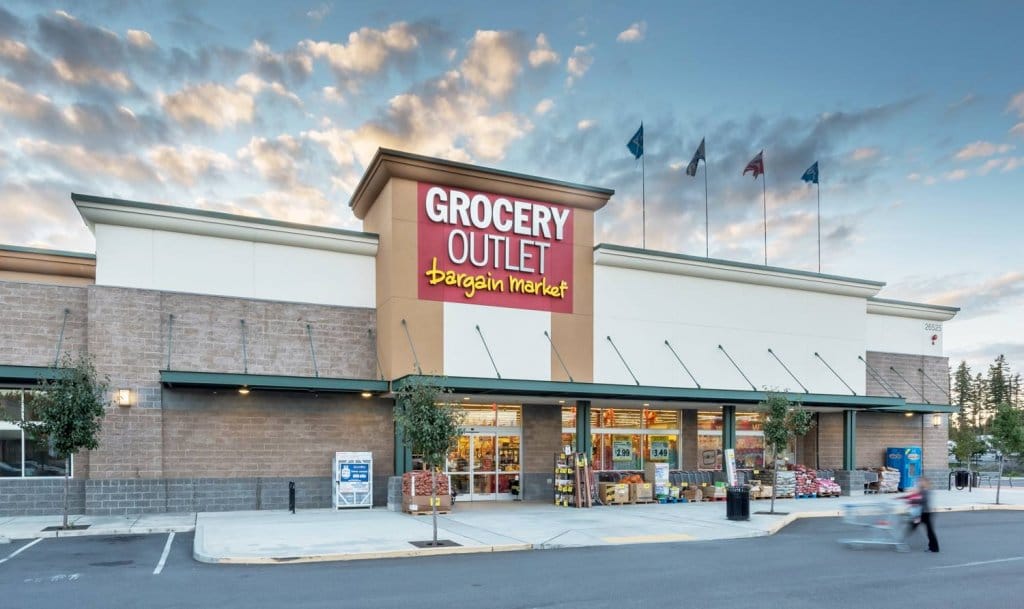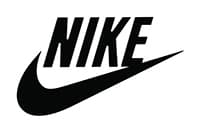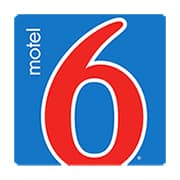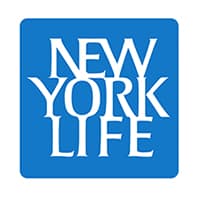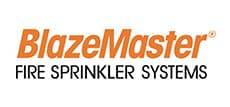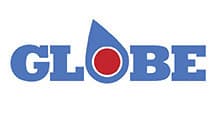Precision Fire Protection News
Sprinklers and Homebuilders
For Homebuilders, Sprinklers Offer A Low-cost, Appealing Feature For Buyers—and An Array Of Trade-ups That Make Smart Business Sense
TO LEARN ABOUT THE BENEFITS of installing sprinklers in homes, just ask us.
Sam Davis, a homebuilder in Florida, is a strong believer in the value of sprinklers. Over the years, he’s installed sprinklers in dozens of homes and takes every opportunity to educate his clients about how sprinklers can protect their families from fire.
“Fire sprinklers do save property, but their main function is to save lives,” he says. “Homeowners can spend a fortune on appliances, cabinets, and granite countertops, but those things do nothing to protect their families against a fire. I hope it never happens, but I’m waiting for the day when I get a call from a homeowner who tells me that their sprinklers activated and saved someone’s life. Home fire sprinklers are well worth the investment.”
One of the most persistent myths about home fire sprinklers relates to cost. While sprinkler ordinances have been adopted by several hundred communities across the United States, and even though sprinklers are required in all new homes in California, Maryland, and the District of Columbia, the price tag associated with installation remains a point of uncertainty and a potential barrier to broader adoption.
In reality, the cost of installing sprinklers in new construction is minimal—and dropping. “The cost to homebuilders, in dollars per sprinklered square foot, averages about $1.35,” says Lorraine Carli, vice president of outreach and advocacy for NFPA and president of the Home Fire Sprinkler Coalition. That figure includes all associated costs, including design, installation, permits, additional equipment, and water meter fees.
The cost of sprinklers is actually down from $1.61 per sprinklered square foot in 2008, according to a recent study that looked at installation scenarios in 51 homes in 17 communities across North America. The report considered a variety of factors that can affect cost, including local code requirements, piping material, water supply, fees, home type (custom vs. tract), and foundation type.
For new construction, home fire sprinkler protection is easy to design and install and on average costs builders $1.35 per sprinklered square foot. Photograph: AP/Wide World
While the cost of installing sprinklers can be affected by local ordinances and amendments to national codes, such as adding requirements for sprinklers in garages or attics, the report found significantly lower costs in the two states that require sprinklers. In fact, in some parts of California, the cost is less than $1 per sprinklered square foot.
Sprinkler installation requirements are also proven to have no measurable impact on the pace of housing construction or home prices relative to comparable nearby communities without sprinklers ordinances.
Another reason that sprinklers have become so affordable is the low cost of plastic piping. Special glue secures the pipe connections, reducing the problems of sweating copper joints or threading steel pipe. Most home sprinklers operate off the household water main and use plastic piping installed behind walls and ceilings in finished areas.
Trade-up options
Builders can also take advantage of the many trade-ups associated with installing sprinklers. Trade-ups can reduce land development costs for developers, reduce construction costs for builders, and reduce the cost of increased life and property protection for home buyers.
The best time to take advantage of the trade-up concept for subdivision development savings is prior to submitting subdivision plans. When proper subdivision and development options are provided, development costs can be reduced. The cost of developing raw land into an approved building site can be significantly reduced through trade-ups. These options are only applicable if all the buildings in the development will have built-in automatic fire protection.
Potential common trade-up options associated with home sprinklers include the following:
» Street width reduction, which can substantially reduce the amount of pavement in every linear foot of street in the development
» Longer dead-end streets, which allow additional building lots to be accessed
» Tee turnarounds, which can create at least one additional lot per cul-de-sac
» Increased street grades and building setbacks
» Additional units; increases up to 20 percent are not uncommon
» Water supply reduction: Fire flows for fully sprinklered developments can be greatly reduced compared to non-sprinklered developments
» Increased hydrant spacing and reduced supply mains
Over time, communities with fully sprinklered developments should see a decrease in fire death rates and property loss. In the event of a fire, sprinklers often extinguish the flames before the local fire department arrives on the scene. According to the Home Fire Sprinkler Coalition, the average fire loss in a home with sprinklers is $2,166 vs. $45,019 in a home without sprinklers. Customers may also qualify for a tax rebate and a discount on the fire portion of their homeowner’s insurance policy.
Another option to explore is building code alternatives, which might include a reduction in fire-rated portioning requirements between the living spaces of the home and other spaces, such as an attached garage.
Communities across the country are offering incentives for homes protected with fire sprinklers. New Jersey has a law that eliminates the standby fees for stand-alone fire service water lines of two inches or less. Altamonte Springs, Florida, allows a 40 percent credit against the water connection charge for residences with sprinklers, and Scottsdale, Arizona, and other communities allow reduced fire hydrant spacing requirements.
Bullish on home fire sprinklers: Florida home builder Sam Davis.
In addition to their life-safety and property-protection benefits, fire sprinklers reduce local infrastructure costs and provide environmental benefits. Research confirms that sprinklers play a significant role in reducing water use and greenhouse gas emissions during house fires. A 2010 study conducted by FM Global and the Home Fire Sprinkler Coalition investigated the environmental impact of burning two identical structures, one with sprinklers and one without. Researchers quantified air and water pollutants as well as water released from sprinklers and firefighter hoses. The study concluded that a sprinklered home can reduce water usage to fight a fire by upward of 90 percent. In addition, greenhouse gases released from burning buildings are reduced by 98 percent and fire damage reduced by 97 percent when sprinklers are present.
The pervasive notion that home fire sprinklers are water wasters that deluge homes is pure myth. Leaks and accidental activations are rare. During most home fires, only one sprinkler—the one closest to the fire—activates. When compared with the water used from sprinklers to control a home fire, firefighters typically use 10 times more water during their suppression efforts.
The new fire threat
Homebuilders also need to understand the fire hazard associated with modern building materials and home design. When compared to their older counterparts, today’s popular homebuilding materials offer a more economical and environmentally friendly way of crafting new dwellings. A potentially lesser-known fact is the dramatic way these products respond to fire.
Consider engineered lumber, a structural member made of wood fibers and materials bonded with adhesive or other methods, which is used as a composite joist or beam. Engineered lumber is a member of the “lightweight construction” family of products, which have been thoroughly examined in recent years to address the question of how homes using this increasingly popular building material react to fire.
In 2008, Underwriters Laboratories (UL) conducted a study comparing traditional wood materials found in older homes with lightweight construction. The UL report “Structural Stability of Engineered Lumber in Fire Conditions” indicated that the unprotected lightweight construction assembly collapsed in six minutes versus the nearly 19 minutes it took for the unprotected “legacy” materials to collapse. Adding a half-inch-thick generic gypsum board covering to the legacy materials lengthened its time to collapse to 44 minutes; the same protection applied to the lightweight assembly improved its time to collapse to 27 minutes.
The National Research Council Canada (NRC) also examined how fire impacts unprotected floor assemblies. In its research, NRC concluded that lightweight assemblies reached structural failure 35 to 60 percent faster than solid wood assemblies. A 2012 report from the Fire Protection Research Foundation also underscored the danger of unprotected engineered lumber during a fire, labeling its rapid structural failure under fire conditions a “high” level of concern.
“Like most things in the modern era, construction materials are becoming more streamlined, efficient, and lightweight,” says Robert Solomon, division manager for building fire protection at NFPA. “The unintended consequence is that these new techniques and materials bring new fire safety challenges.”
Construction materials aren’t the only things in homes that are burning quicker than their older counterparts. Modern furnishings in many households are constructed with synthetic materials—upholstery made with combustible polyurethane foam, for example—that burns quicker than legacy furnishings made of leather, wool, and cotton. UL studies have confirmed that rooms filled with synthetic furniture that are set on fire reach dangerous temperatures quicker than similar rooms filled with legacy furnishings.
A proven method for reducing fire’s impact at home is home fire sprinklers. In 2012, NRC issued another report, “Fire Performance of Protected Floor/Ceiling Assemblies and Impact on Tenability,” which evaluated how home fire sprinklers impact fire spread. In all tests, sprinklers kept conditions tenable and helped prevent the structural failure and collapse witnessed during its previous study.
Since home fire sprinklers can douse a fire or control it until the fire department arrives, all U.S. model building codes have required sprinkler installation in new one- and two-family homes. Mounting research confirms that sprinklers save property, protect lives, and benefit the environment.
“Fire sprinklers are doable in one- and two-family dwellings,” says Tim Travers, a regional sprinkler specialist for NFPA. “They do not delay construction, they are not high cost, they can be done easily and simply—and they save lives.”
PEOPLE We Protect
Our Distributors and Suppliers
Experience
Our team started in the fire protection industry over 20 years ago. Since then we have grown into a statewide fire protection construction leader. Our team of project managers, engineers, designers, inspectors, installers, and technicians all share a passion for quality work and high standards. Precision Fire Protection understands the need to complete projects with integrity, safety, and precision!
Dedication
Our mission is to provide our customers with timely, high quality, affordable fire protection services that are guaranteed. We strive to achieve our client’s complete satisfaction. We are relentless in applying the highest ethical standards to ourselves and to our services and in communications with our customers. We aim to fulfill that mission in everything we do.
Precision
Precision Fire Protection keeps its team together, even when it's not. Just as vital as field personnel’s tools are, our project managers are equipped with the latest software to manage projects. Our project managers send dailies, RFIs, and plan revisions to the cloud so that everyone has access no matter where they are. Being connected is our way of ensuring every project goes smoothly.
Safety
Our team of multi-certified managers and supervisors are highly experienced in job safety. Our managers are OSHA certified to handle each project with care and sensitivity to every unique job site. By ensuring on-site safety on every project we work on throughout Southern California, Precision Fire Protection has developed positive relationships with our General Contractors.




